Develop botanical illustration skills with watercolor, gouache, and ink techniques, blending realism and artistic expression
Immerse yourself in the world of botanical and naturalistic illustration, where you can develop your artistic skills from sketching to advanced techniques. This specialization offers a unique journey through various media, including watercolor, gouache, and ink. Dive into traditional, contemporary, and meditative styles as you hone your ability to capture the intricate beauty of nature. Embrace a meditative approach to botanical illustration, developing mindfulness while mastering fundamental drawing techniques. Experience the joy of connecting deeply with nature through realistic representations and scientific observation methods.
Guided by expert instructors Lapin, Katerina Kolberg, Julia Trickey, Helena Smyth, Rommy González, and Georgina Taylor, you'll learn to balance scientific precision with artistic expression. Explore the vibrant world of botanical watercolors, creating compositions that blend art and science. Experiment with contemporary techniques, crafting a personal visual language that reflects your unique style. By the end of this specialization, you'll have a rich portfolio showcasing your mastery of botanical art, ready to inspire further creative ventures.
What will you learn in this specialization?

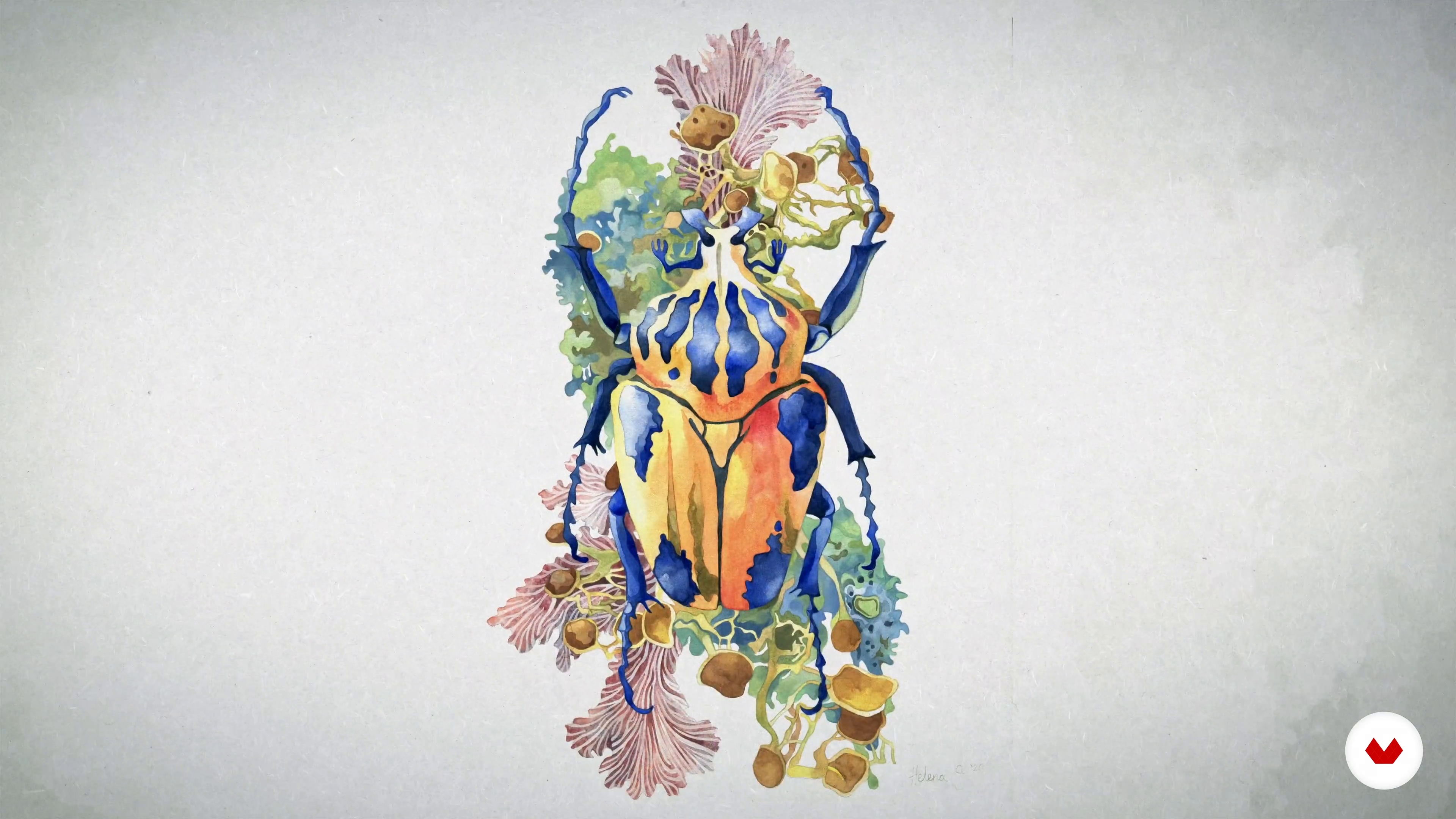
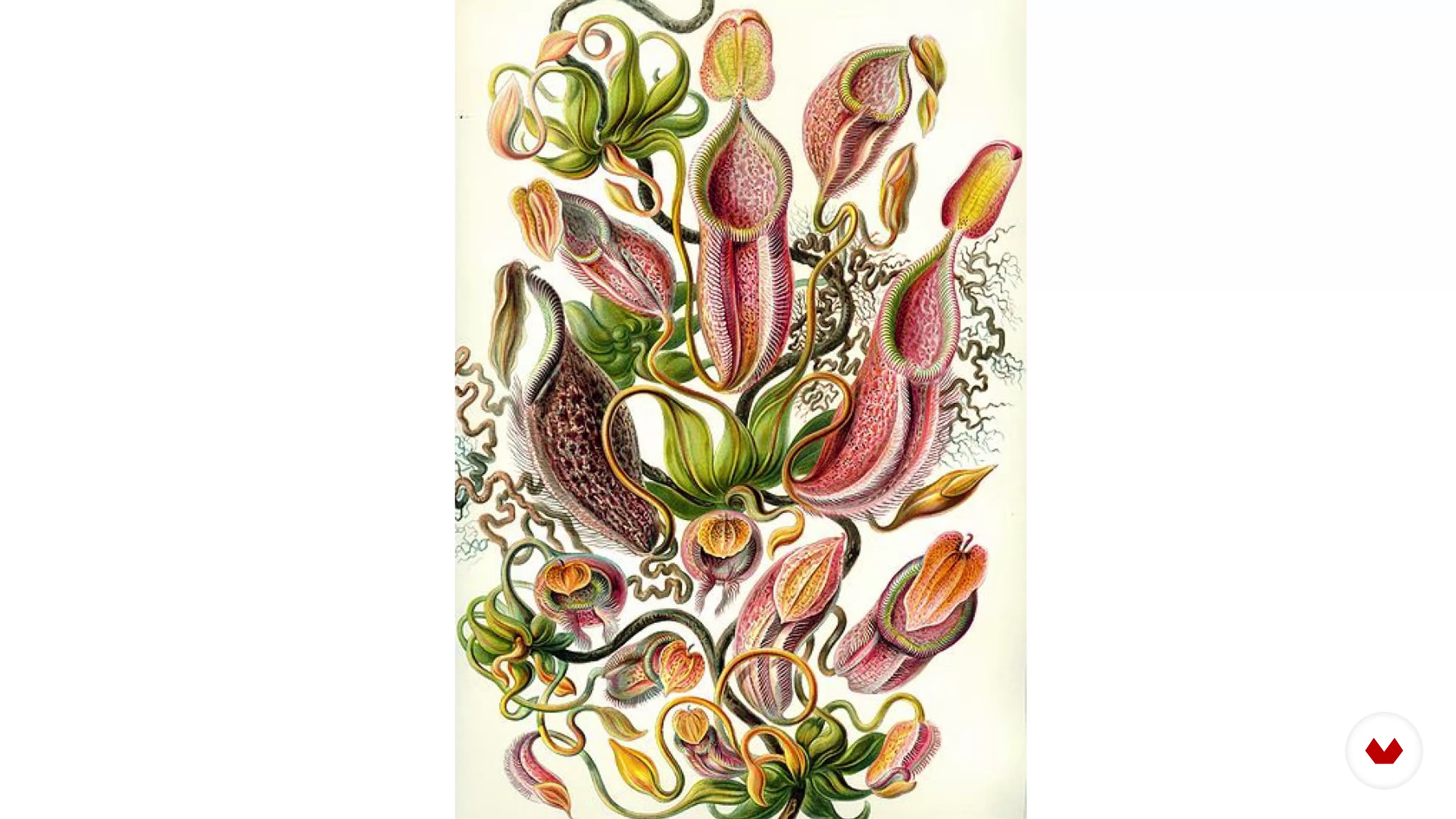
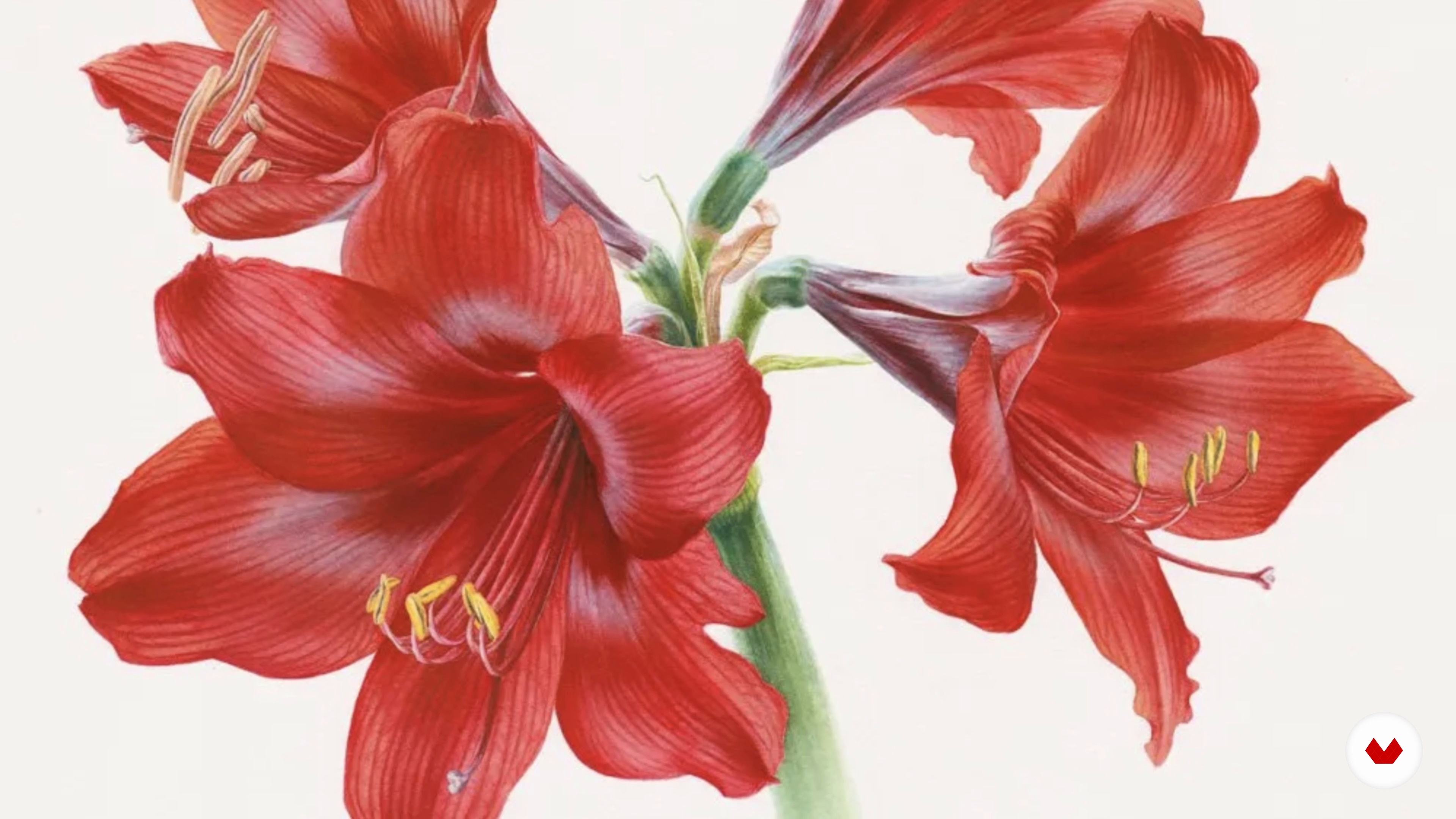
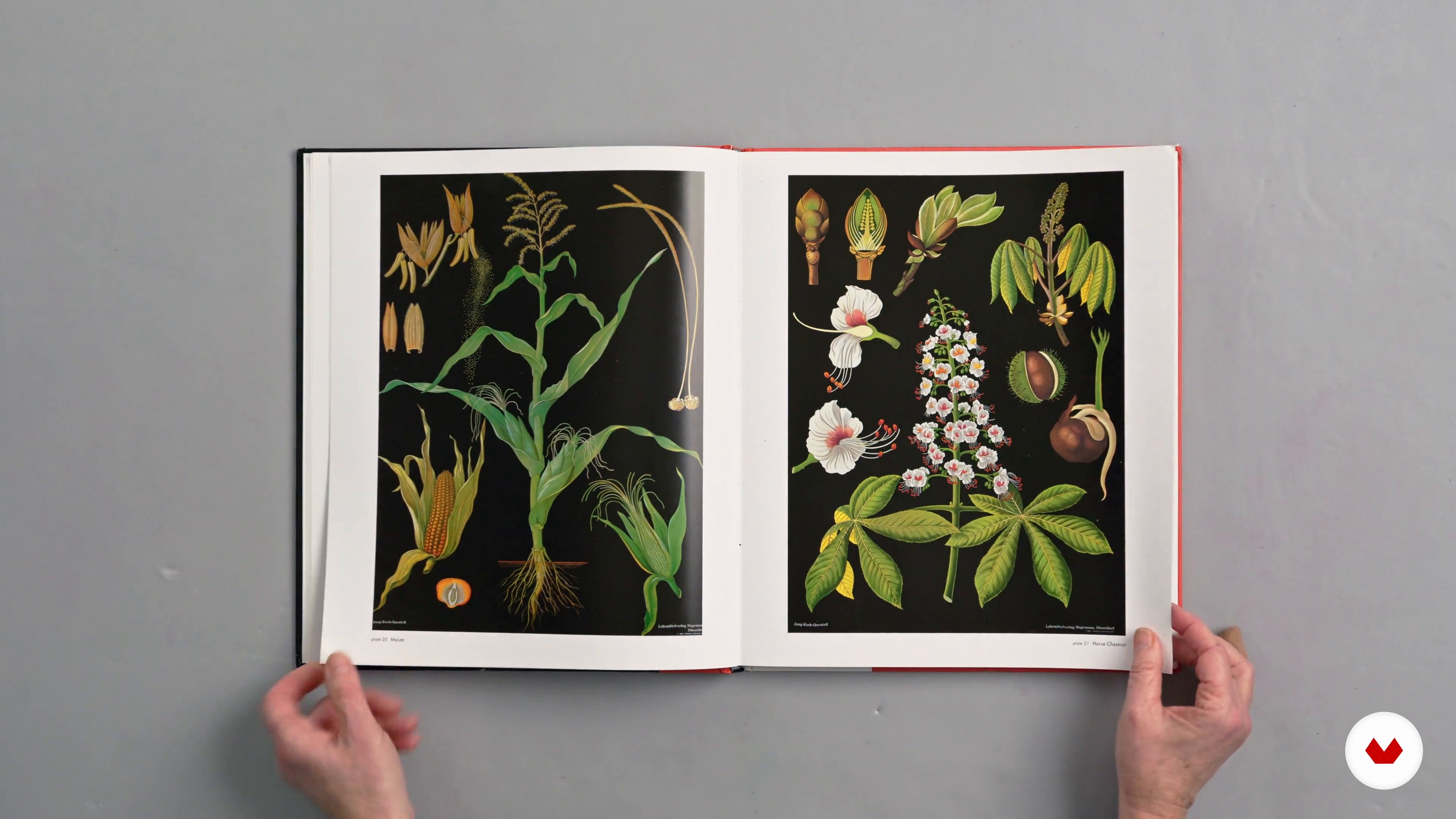
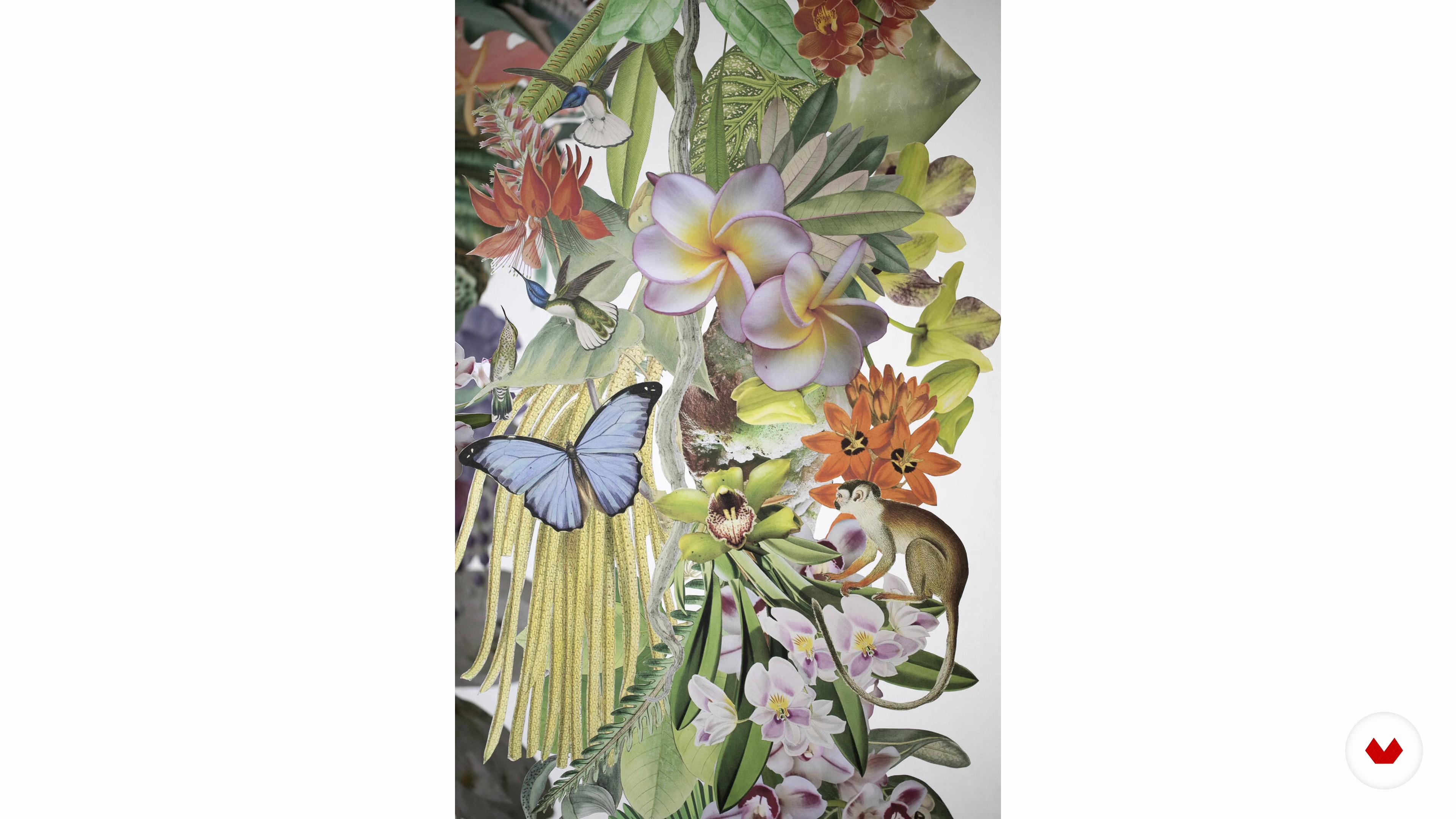
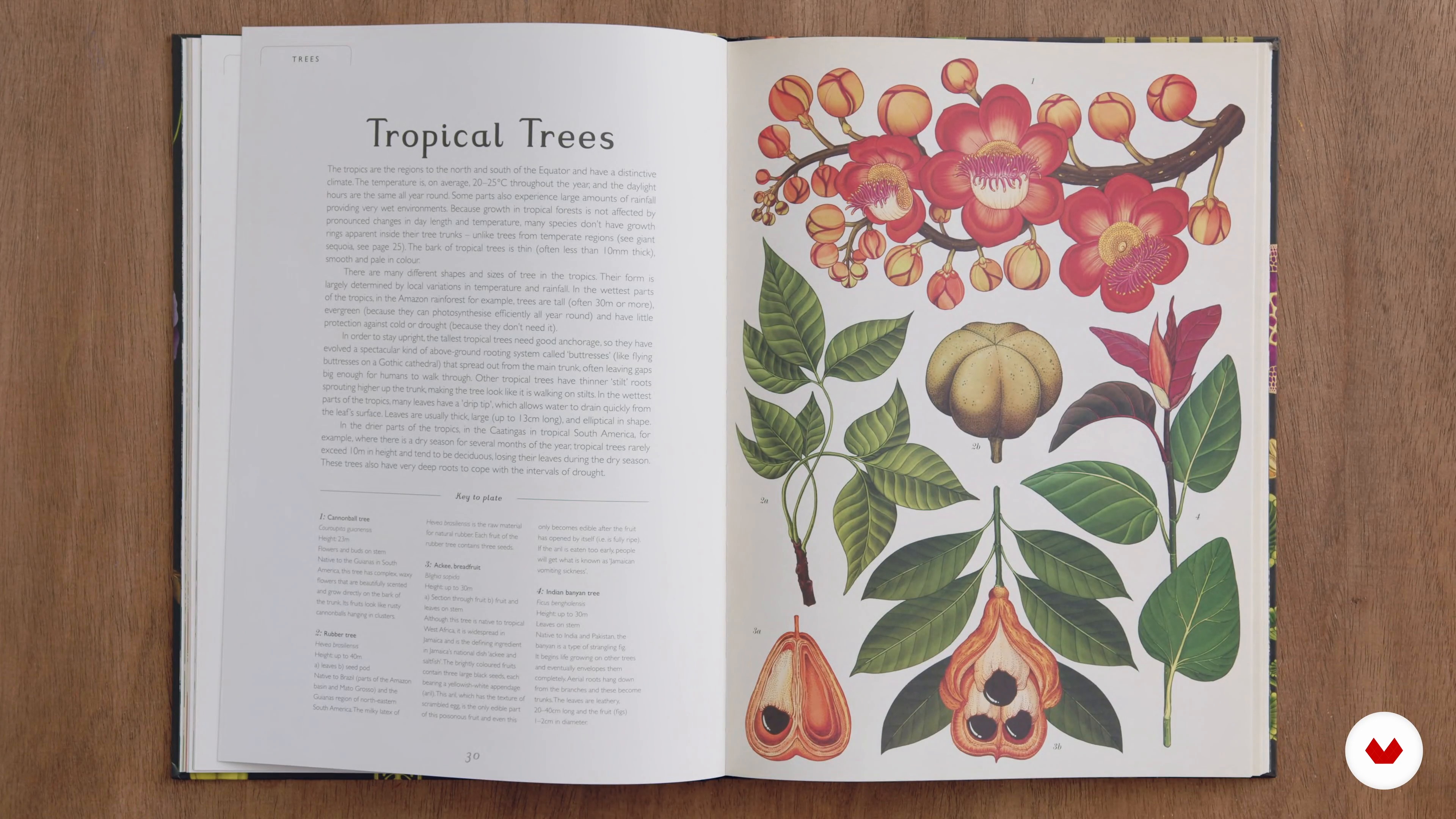
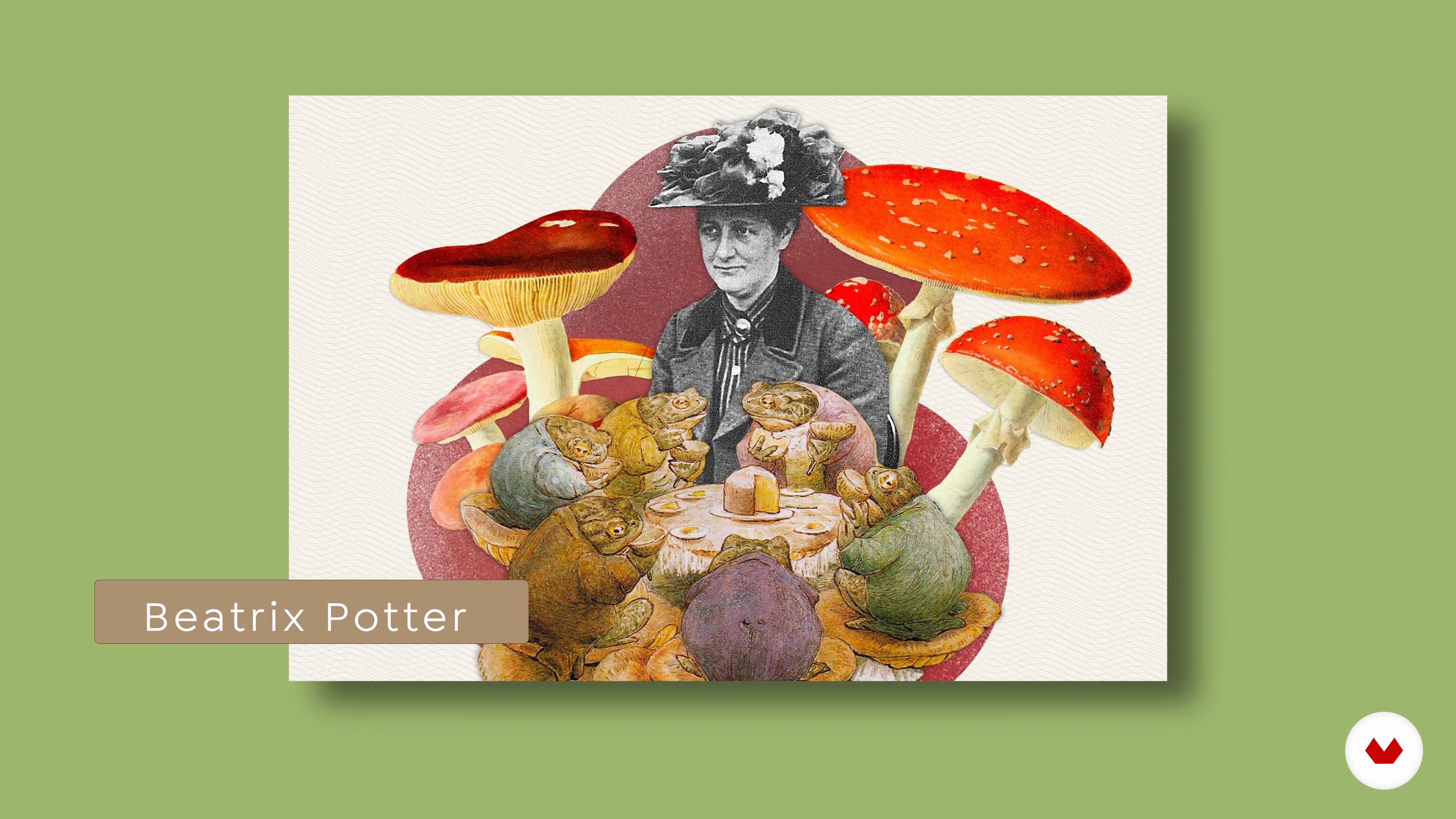

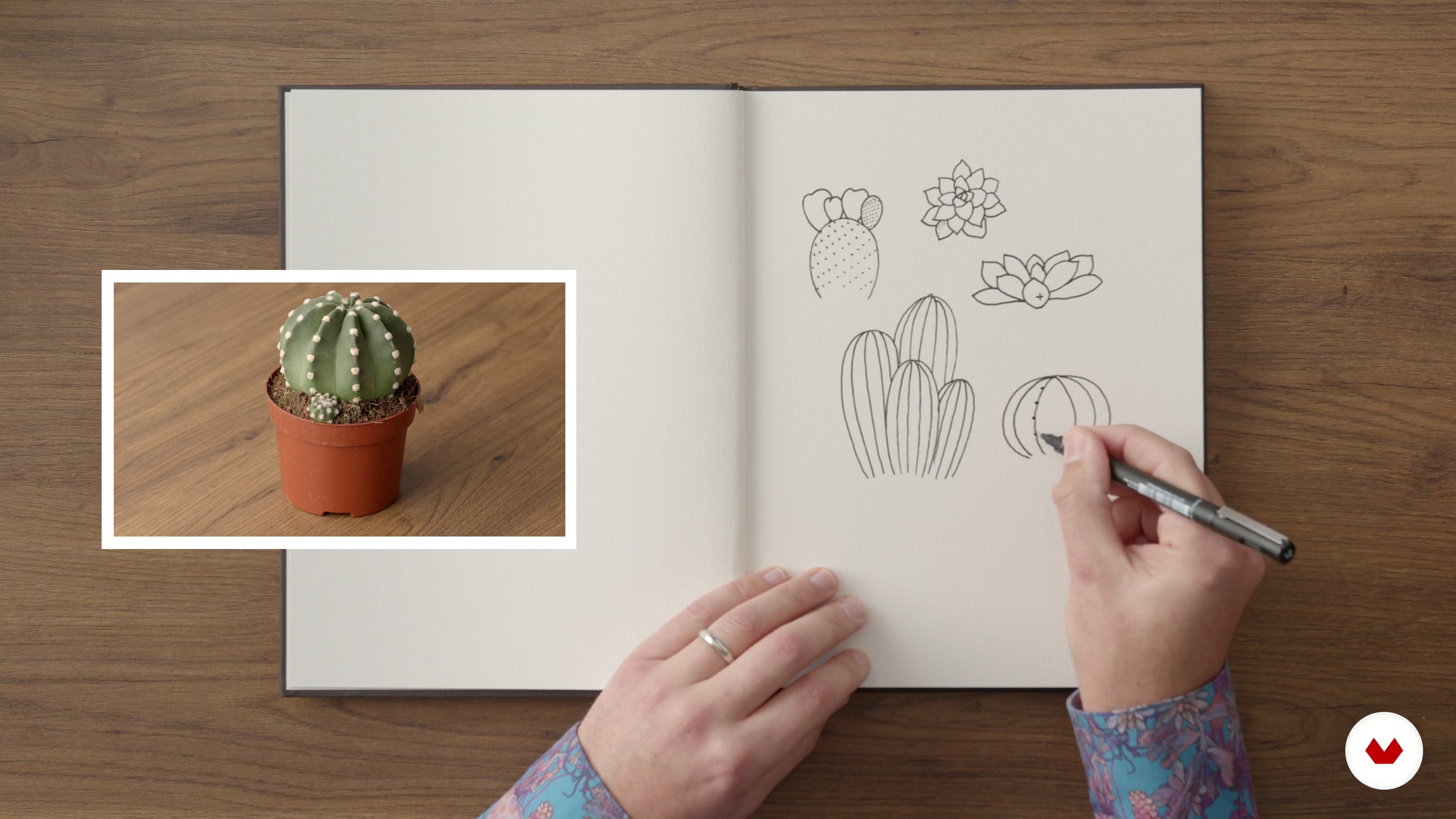
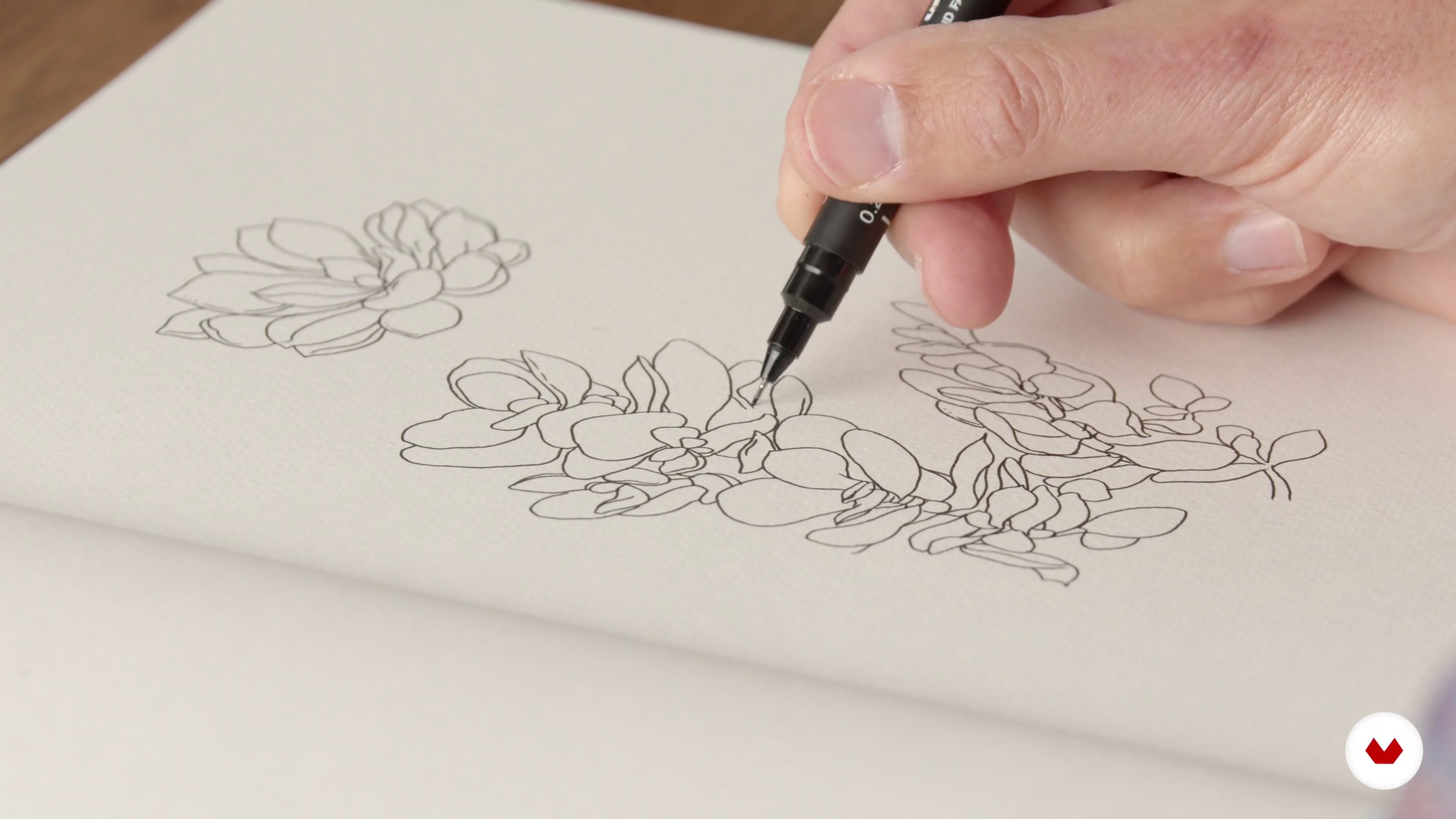
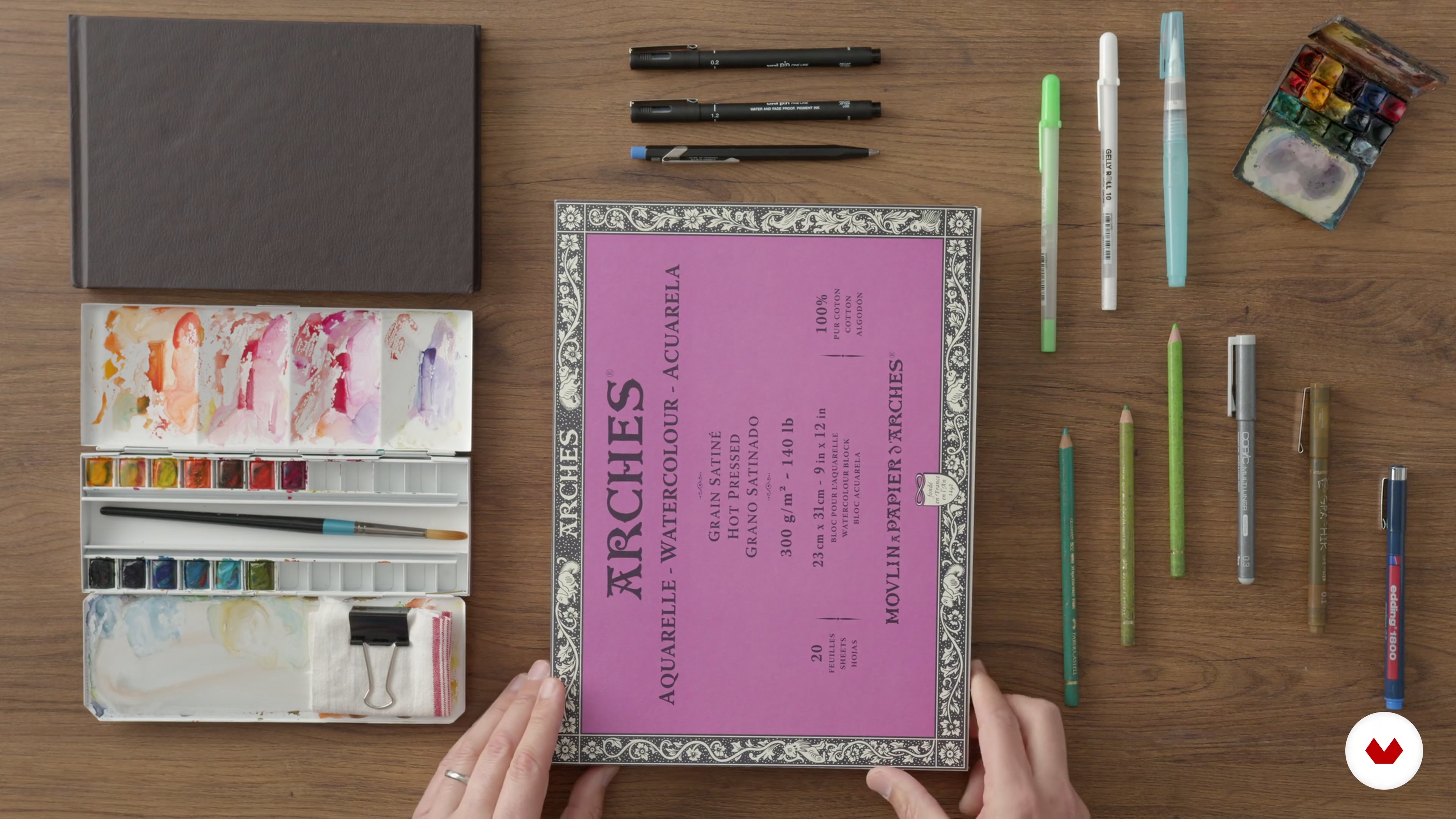
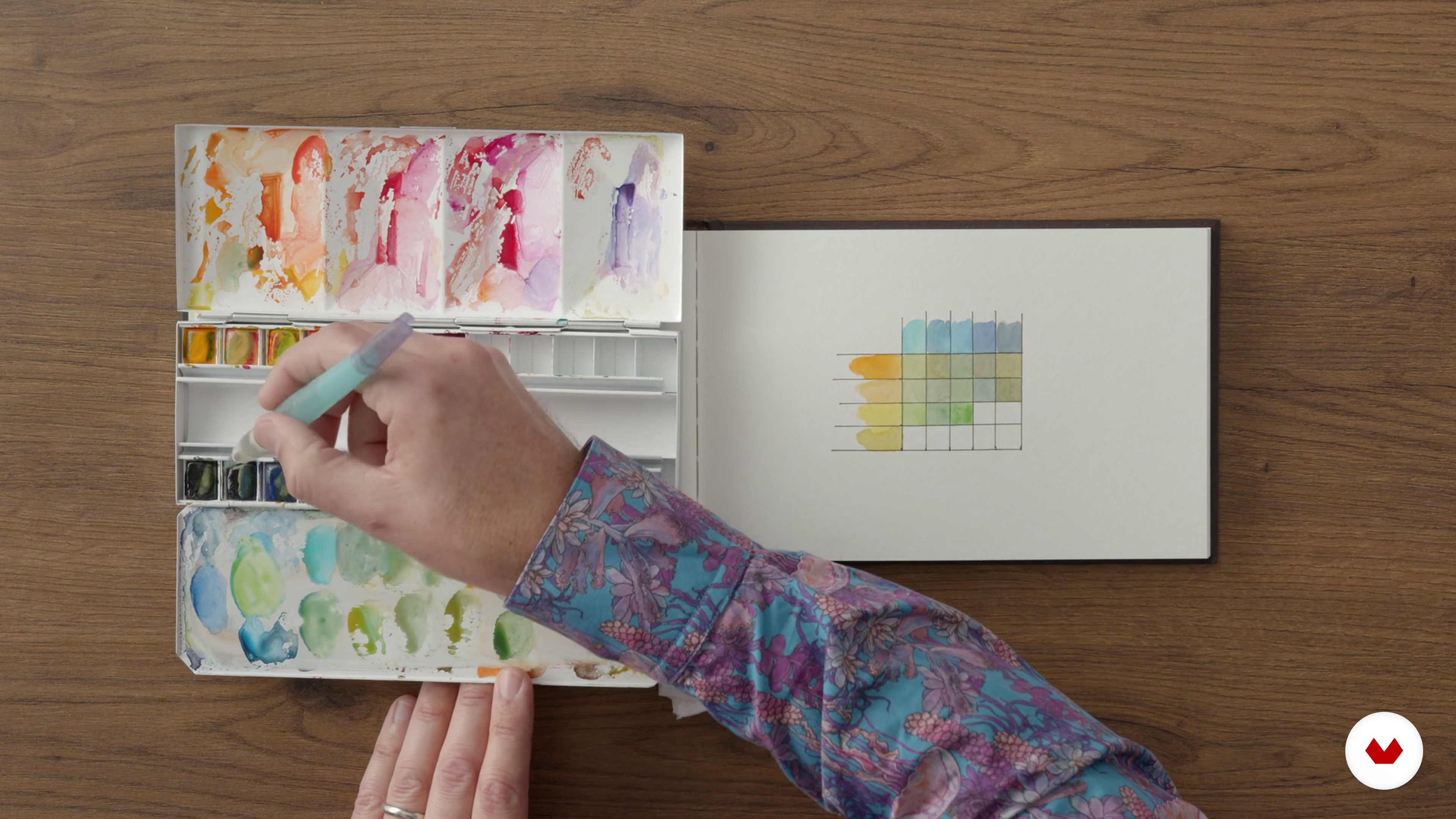
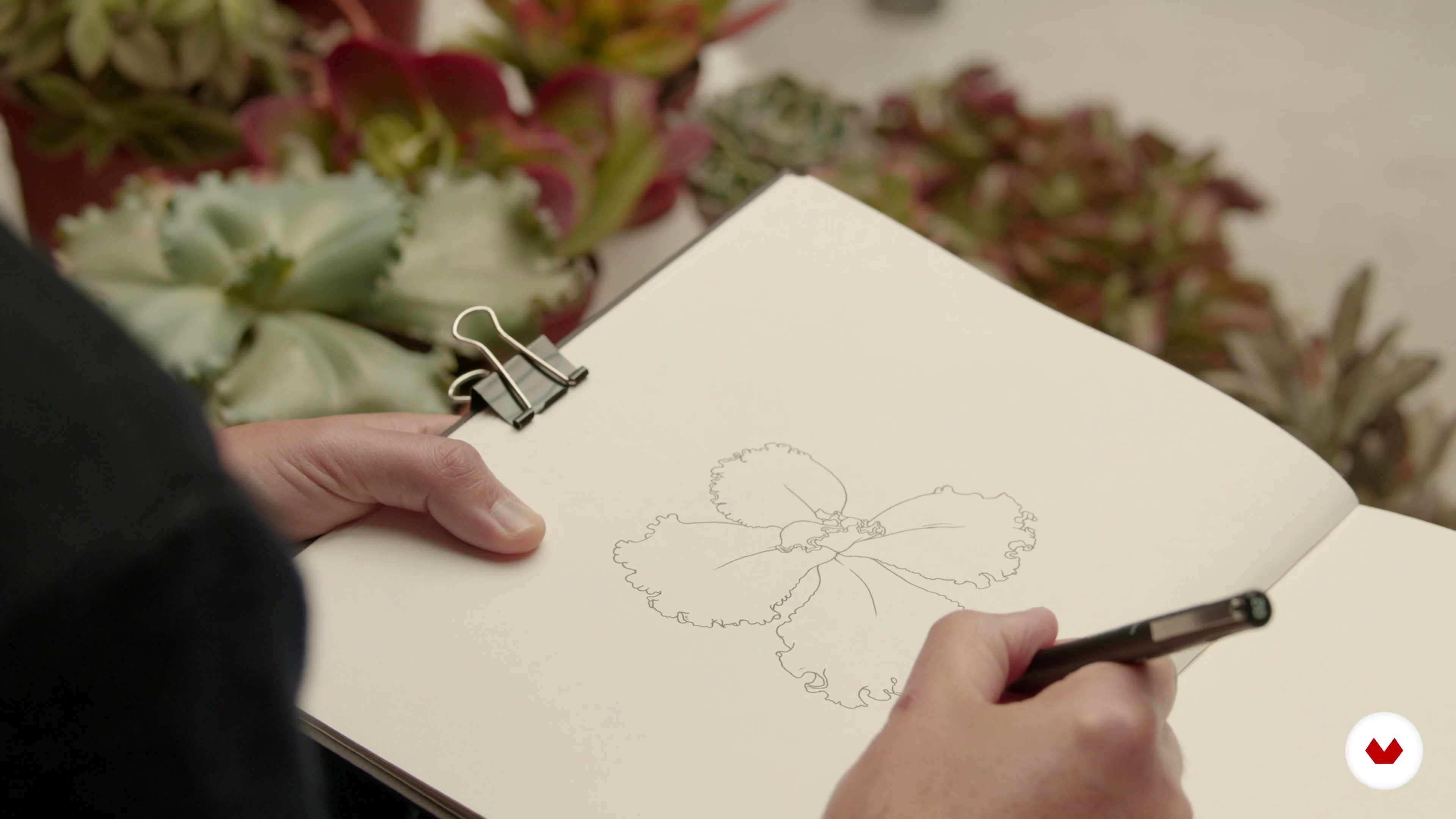
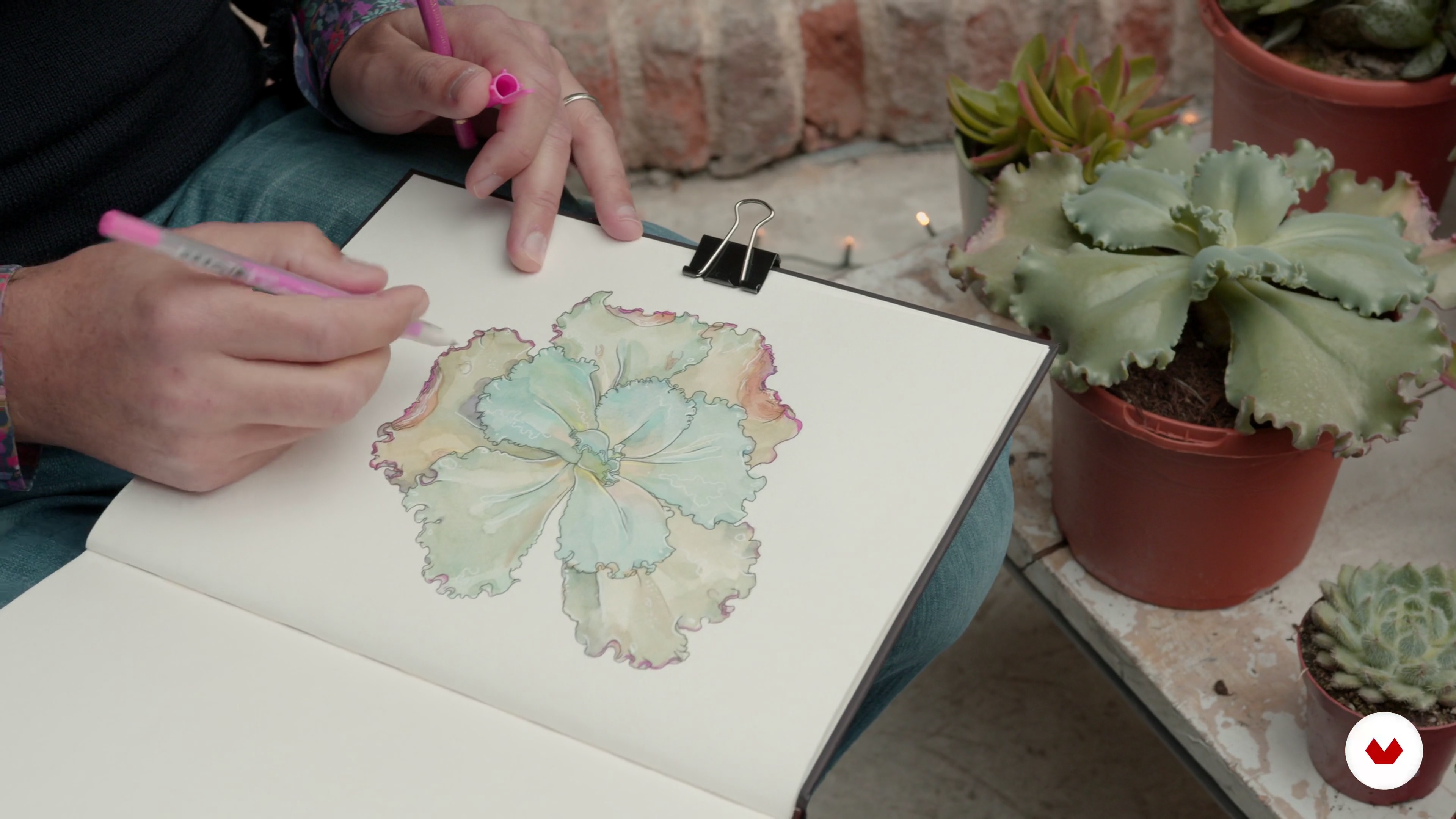
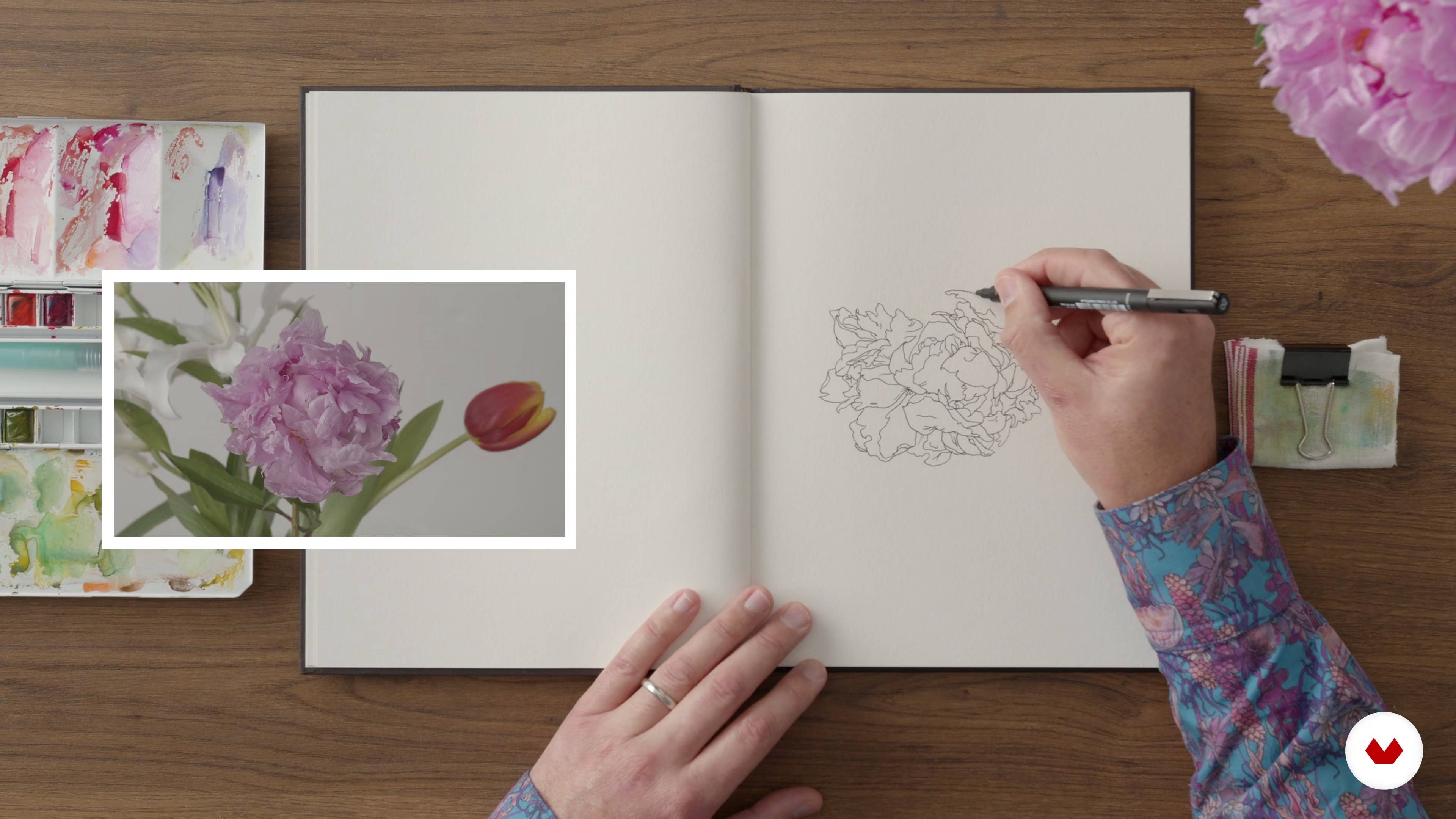
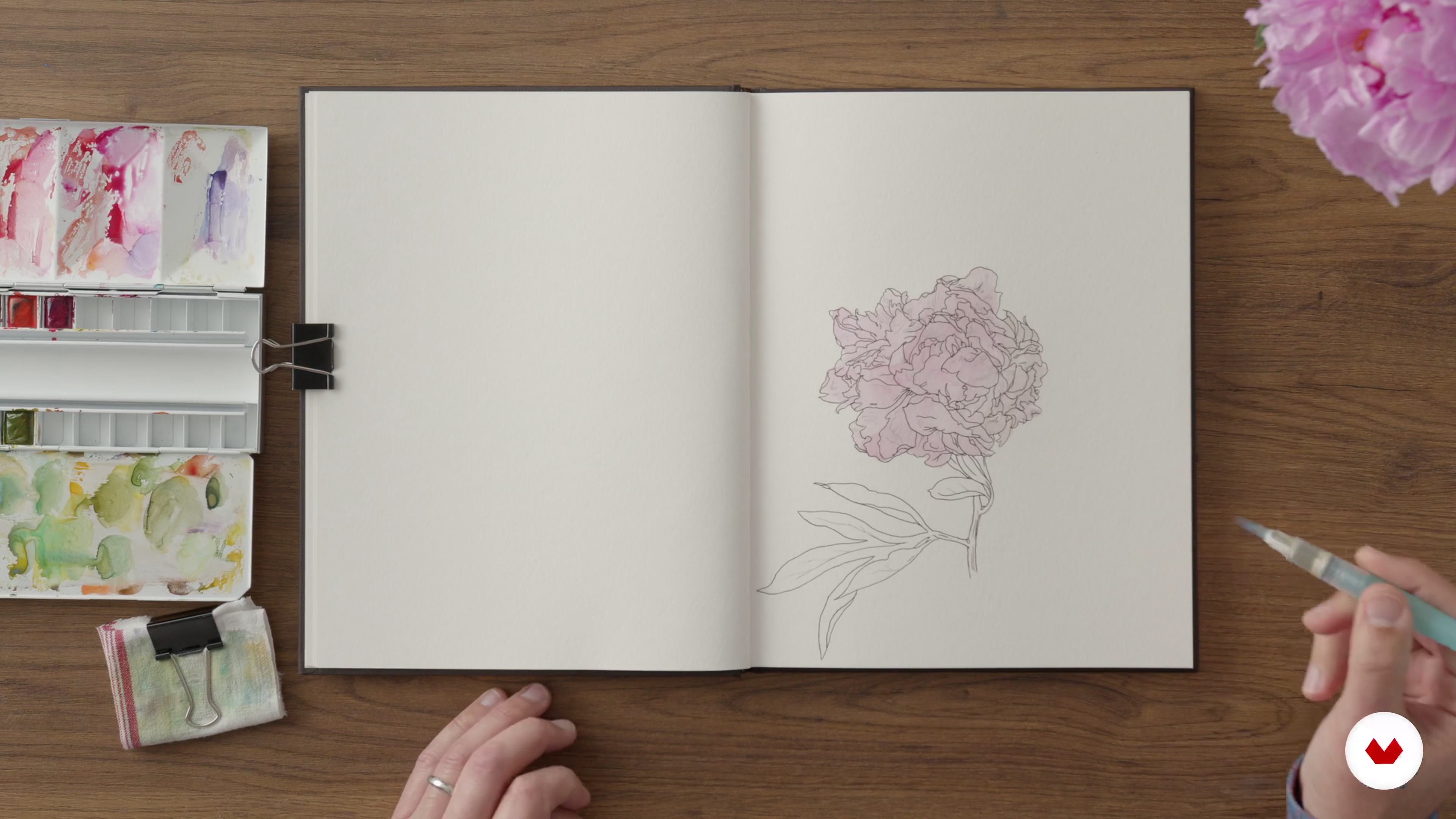
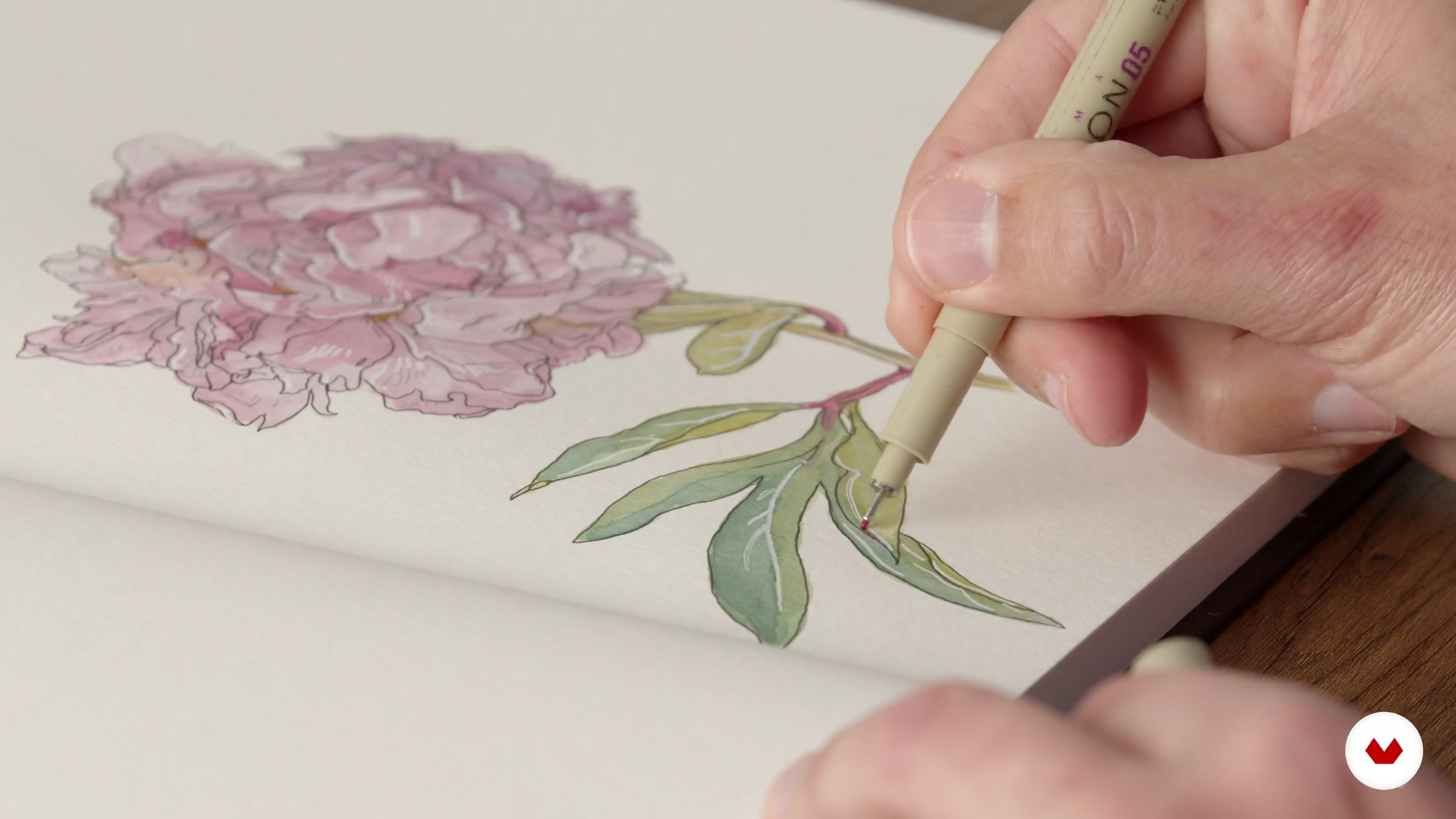
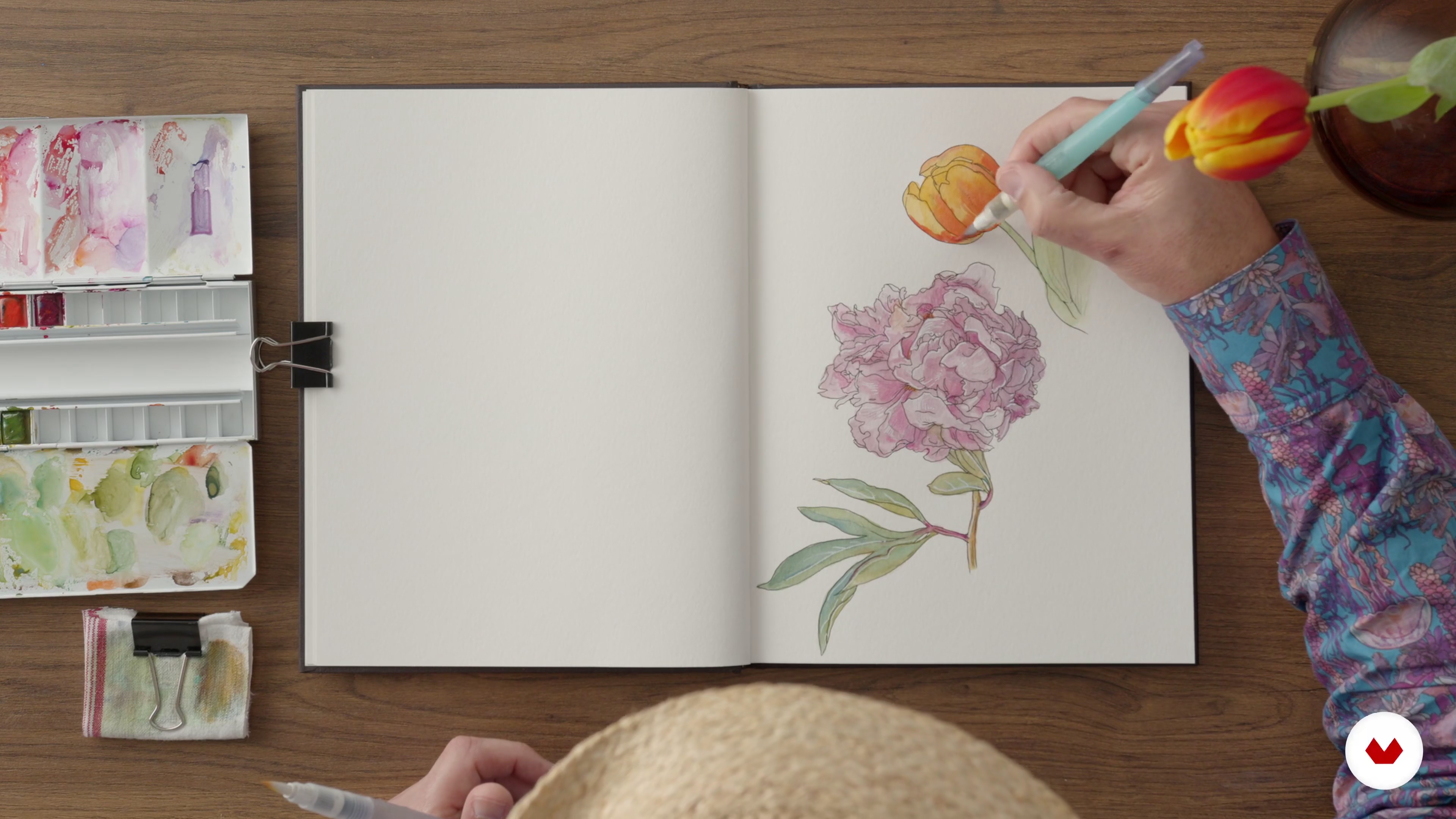
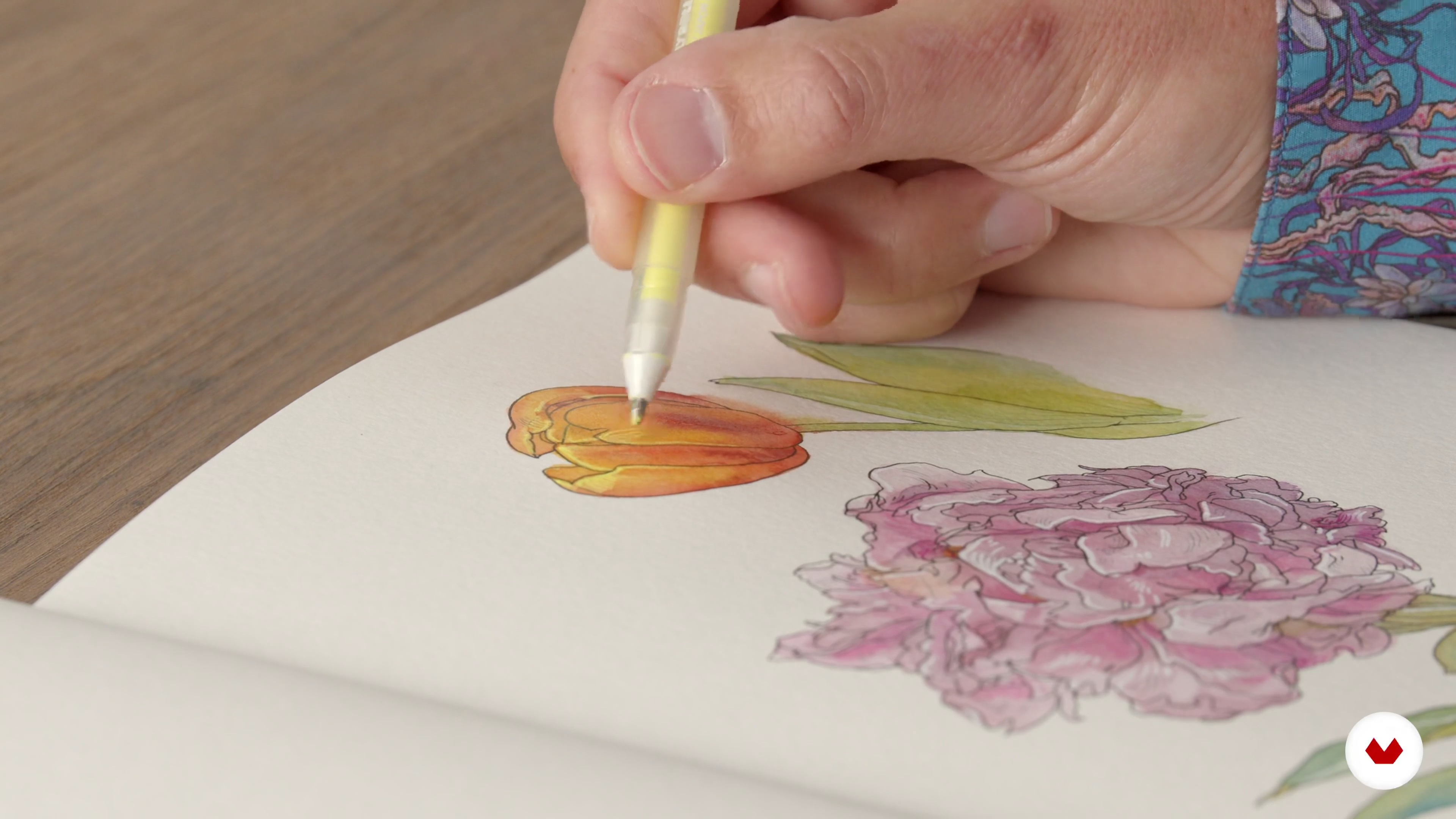
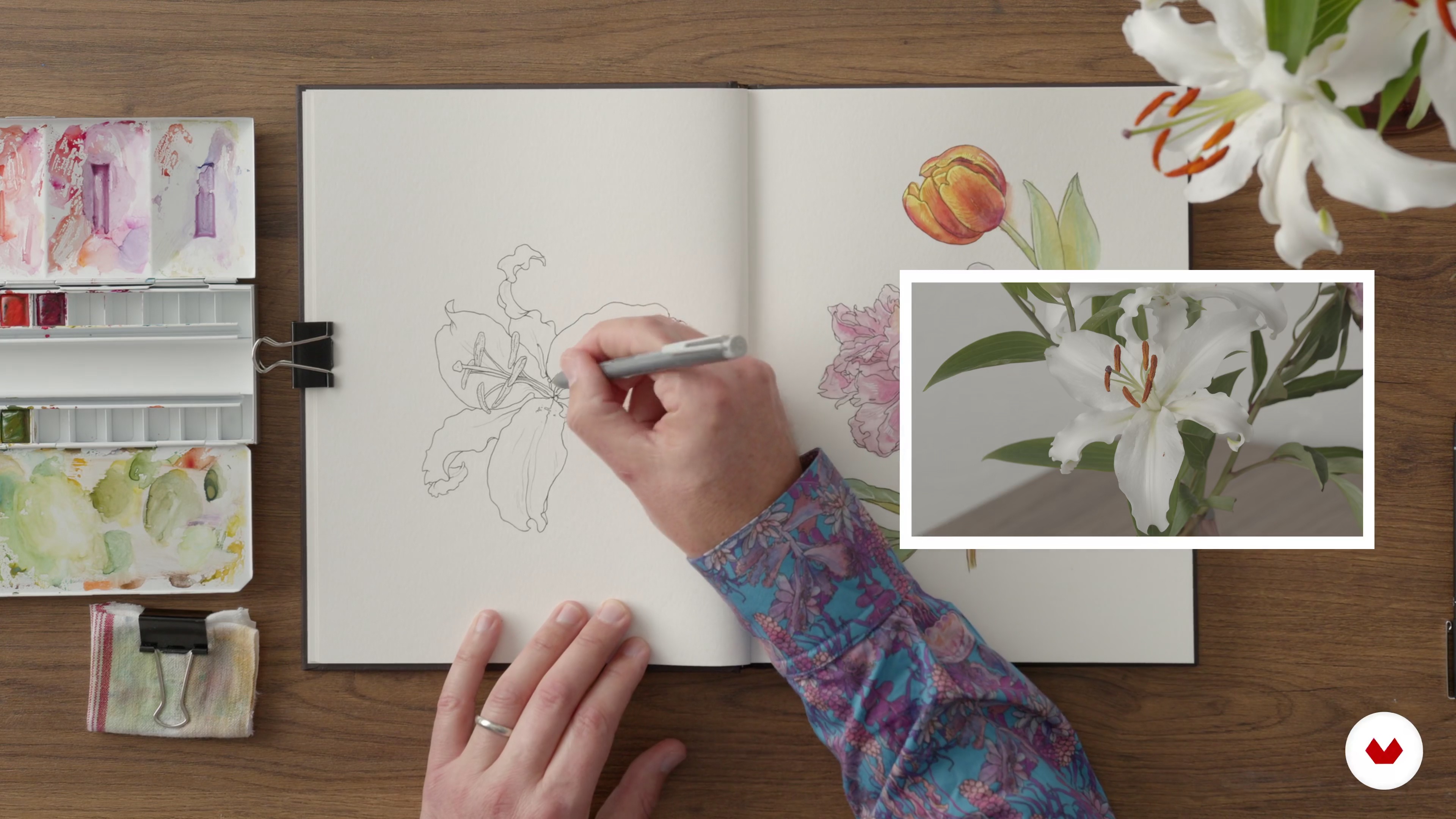
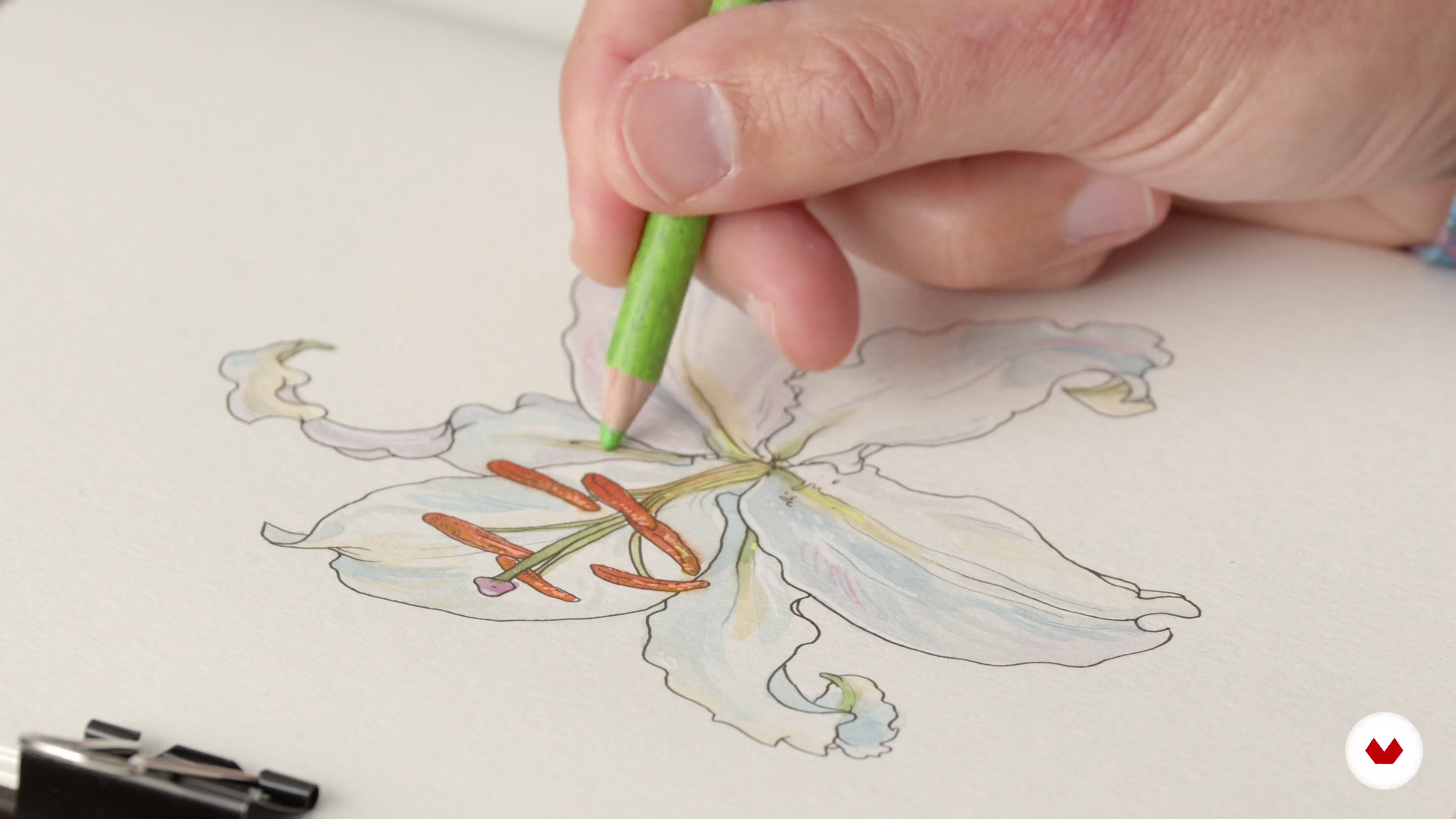
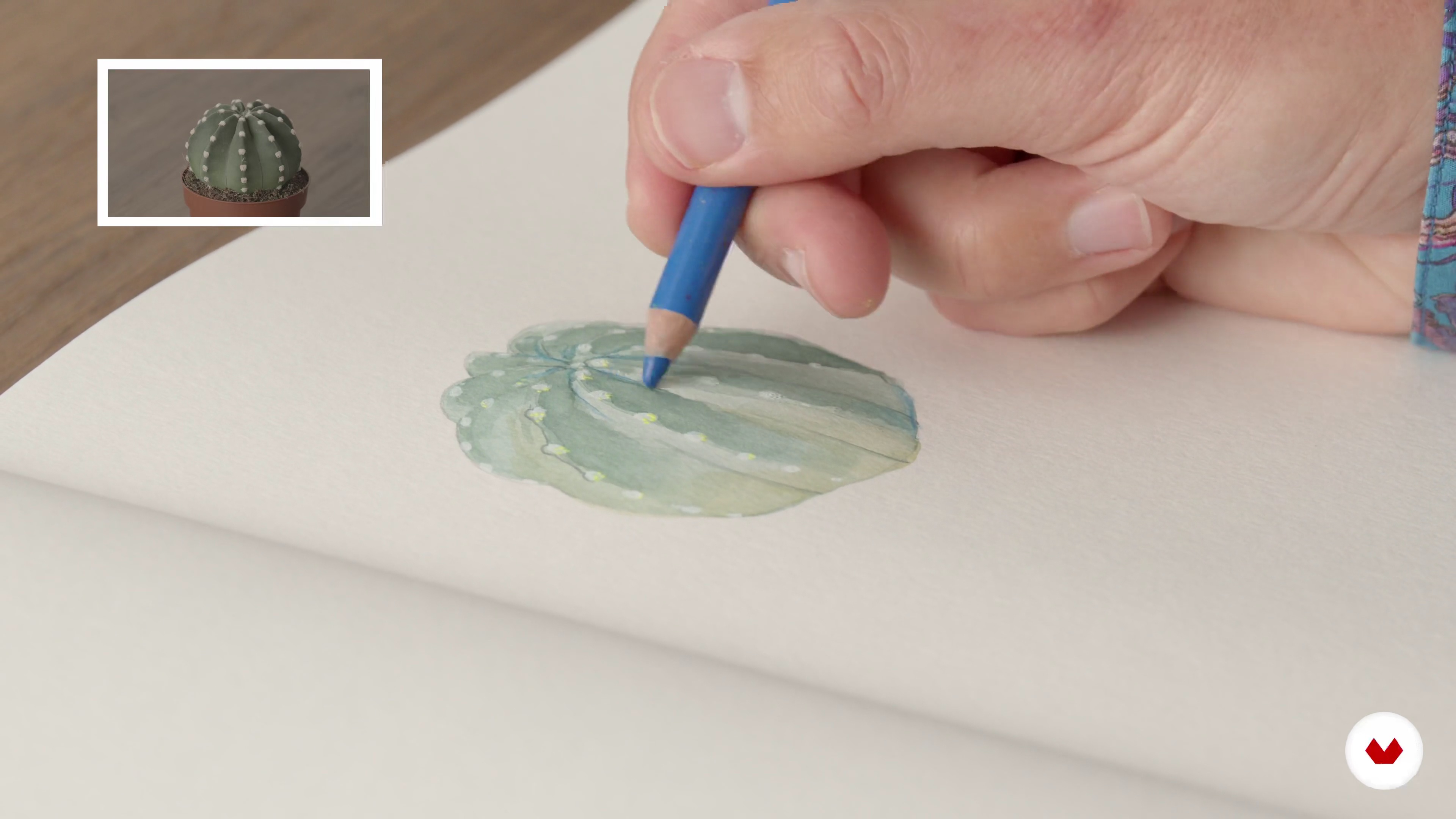
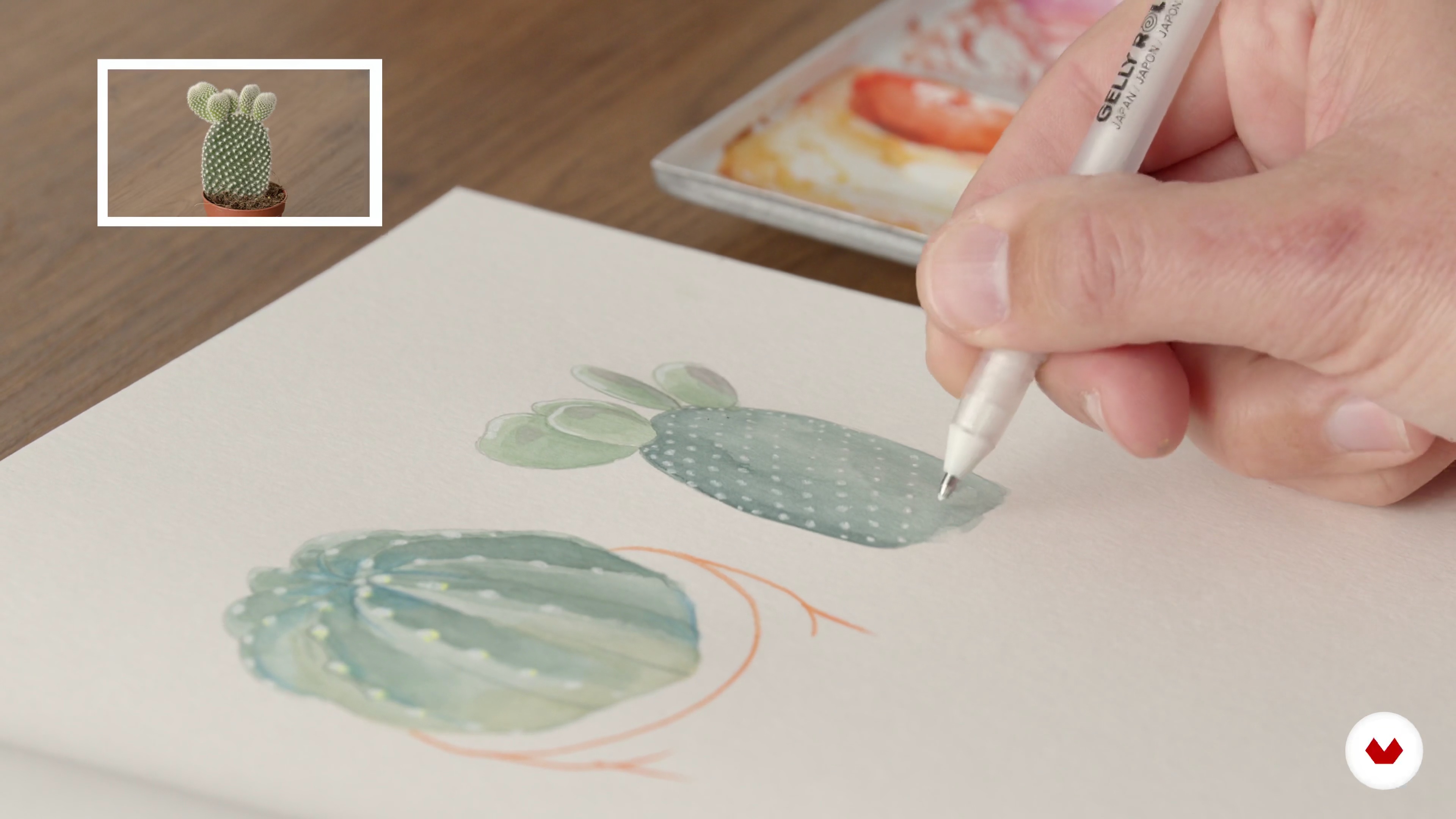
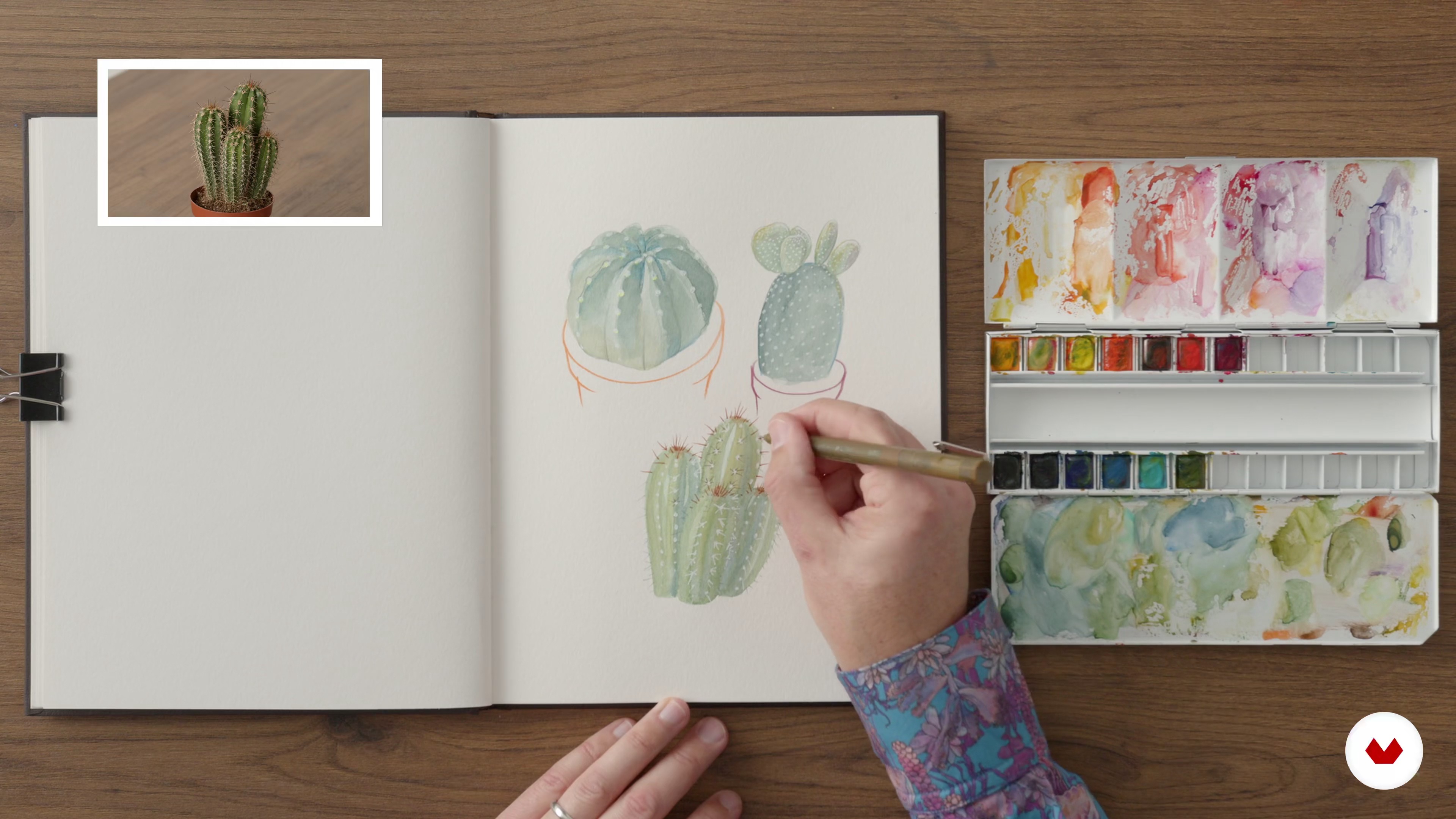
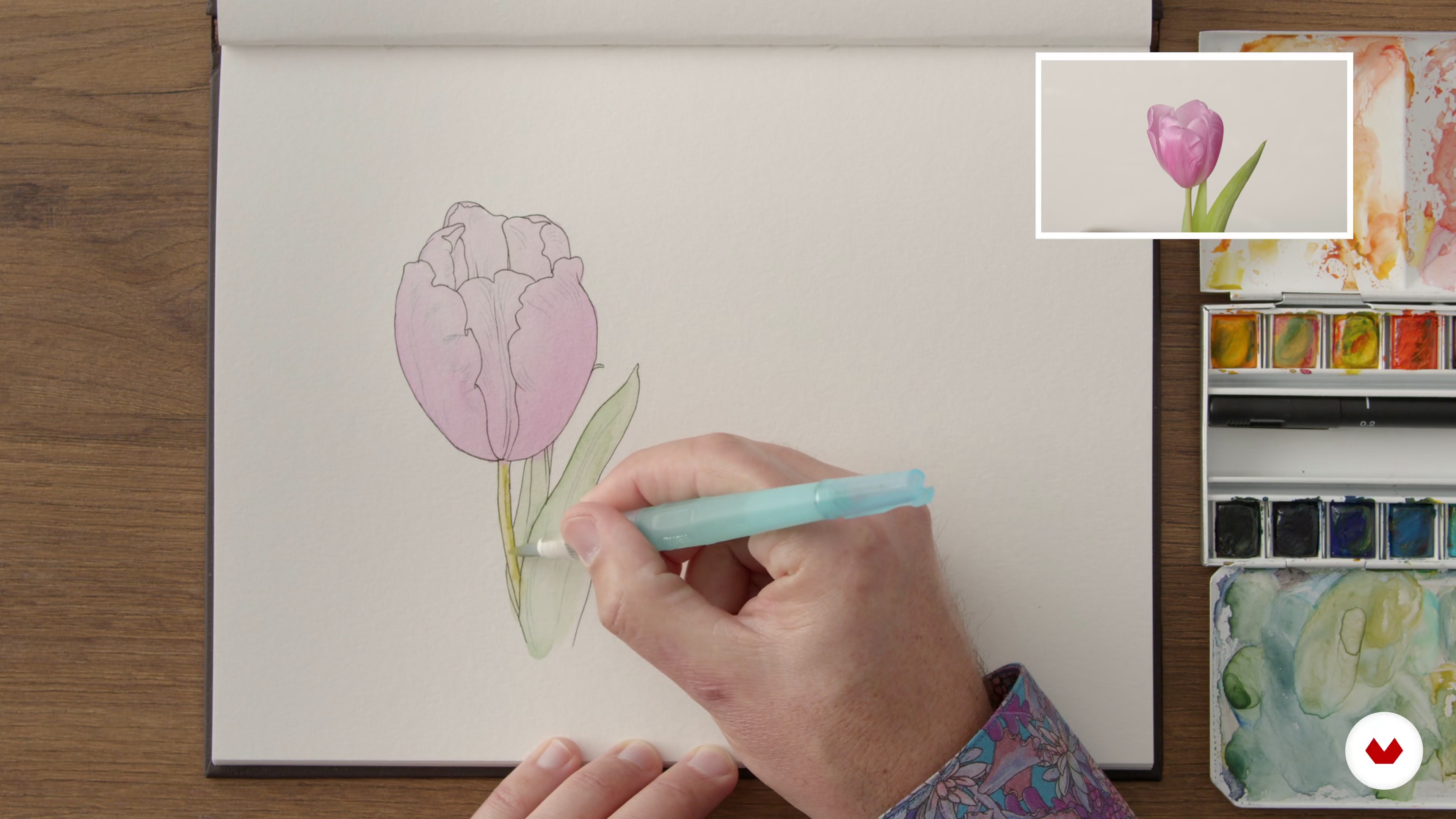
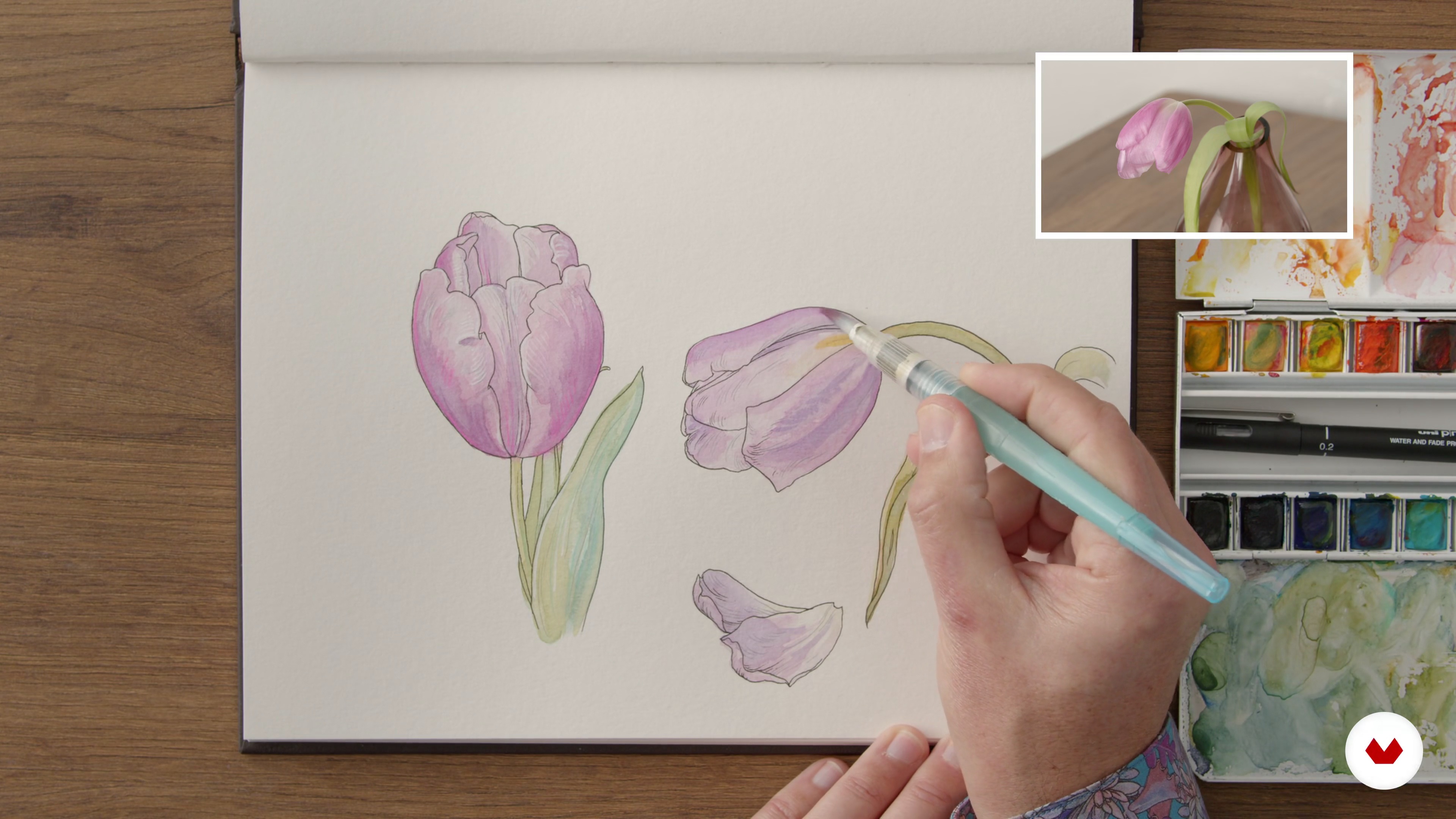
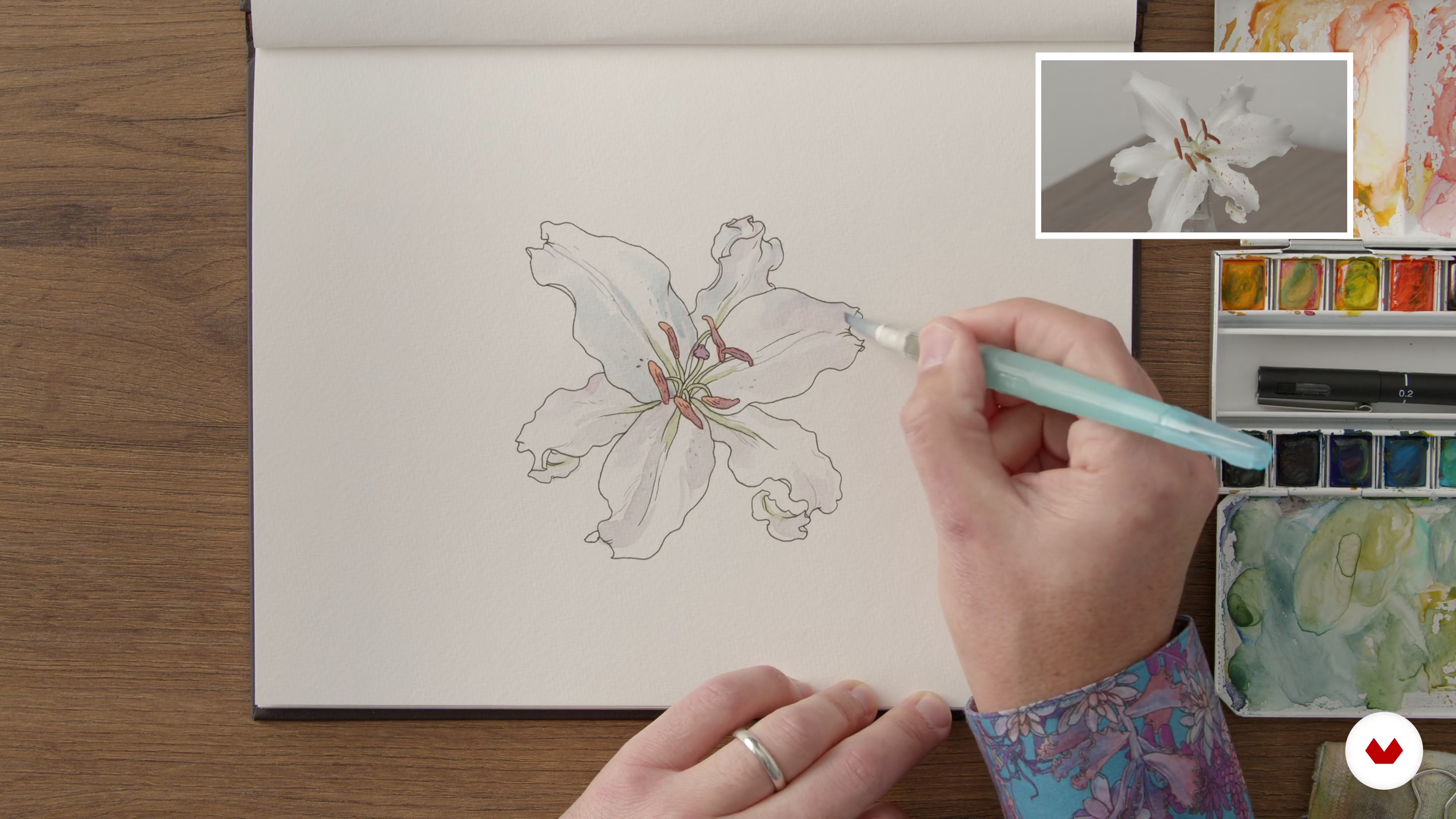
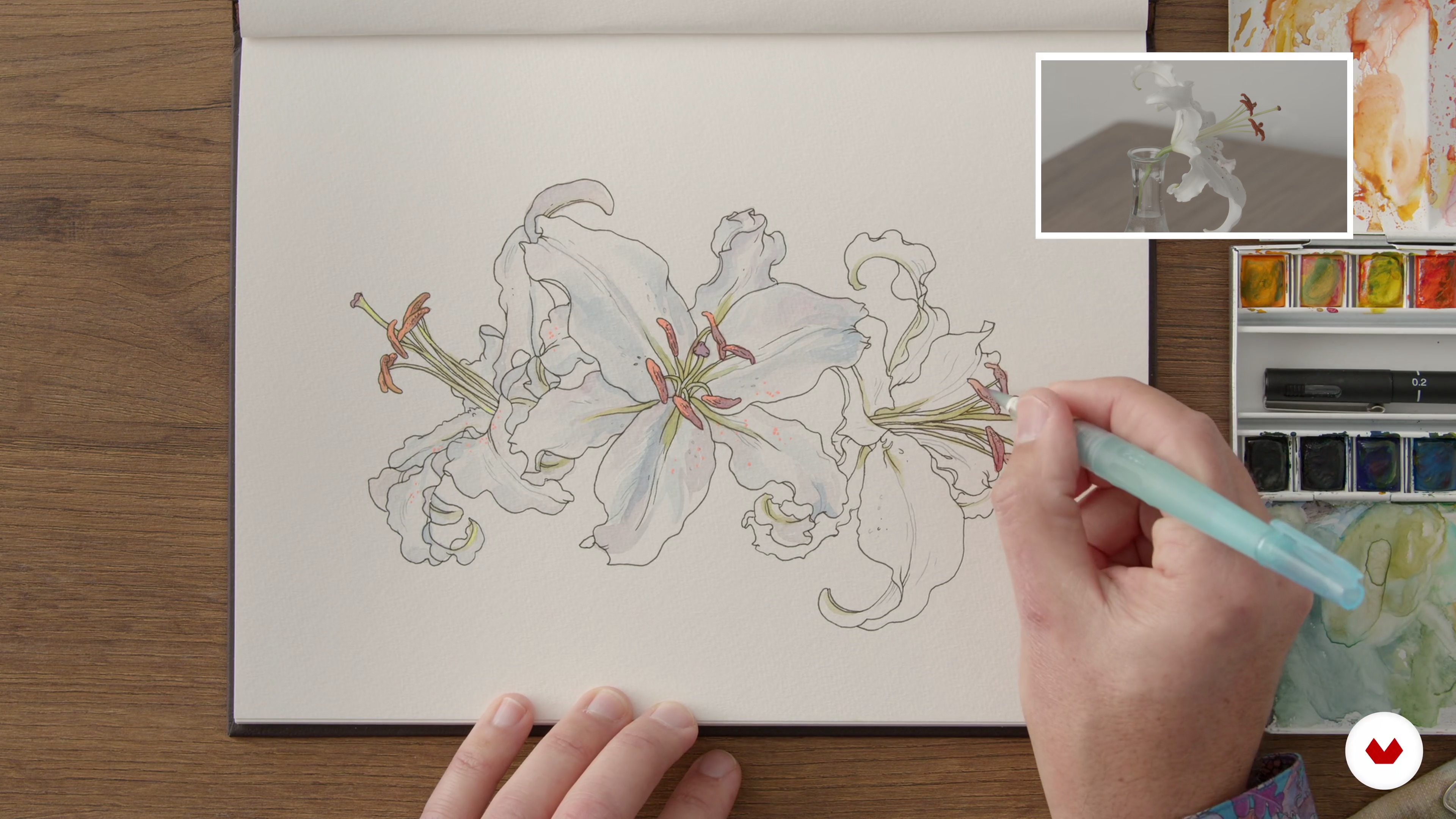
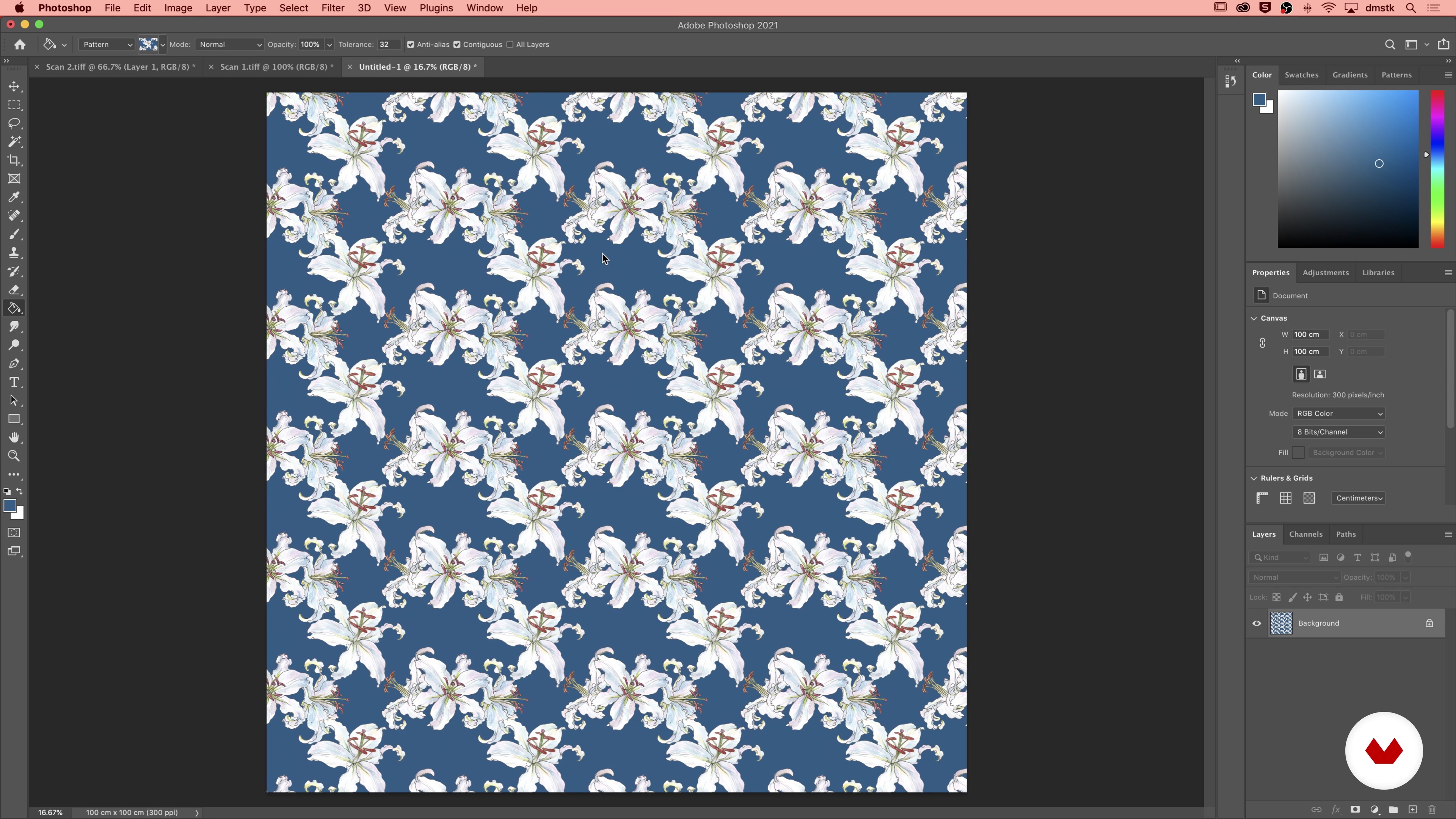

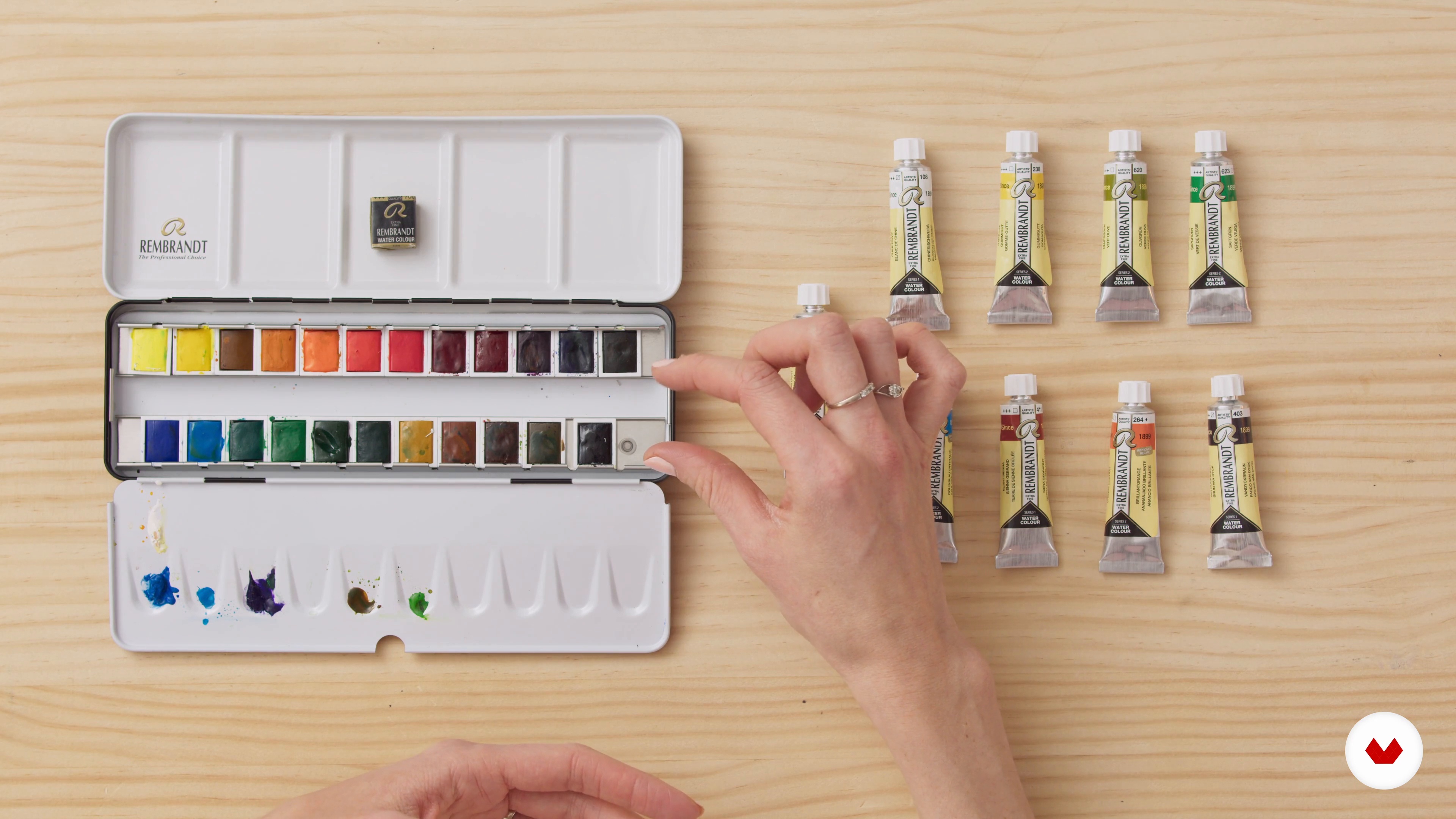
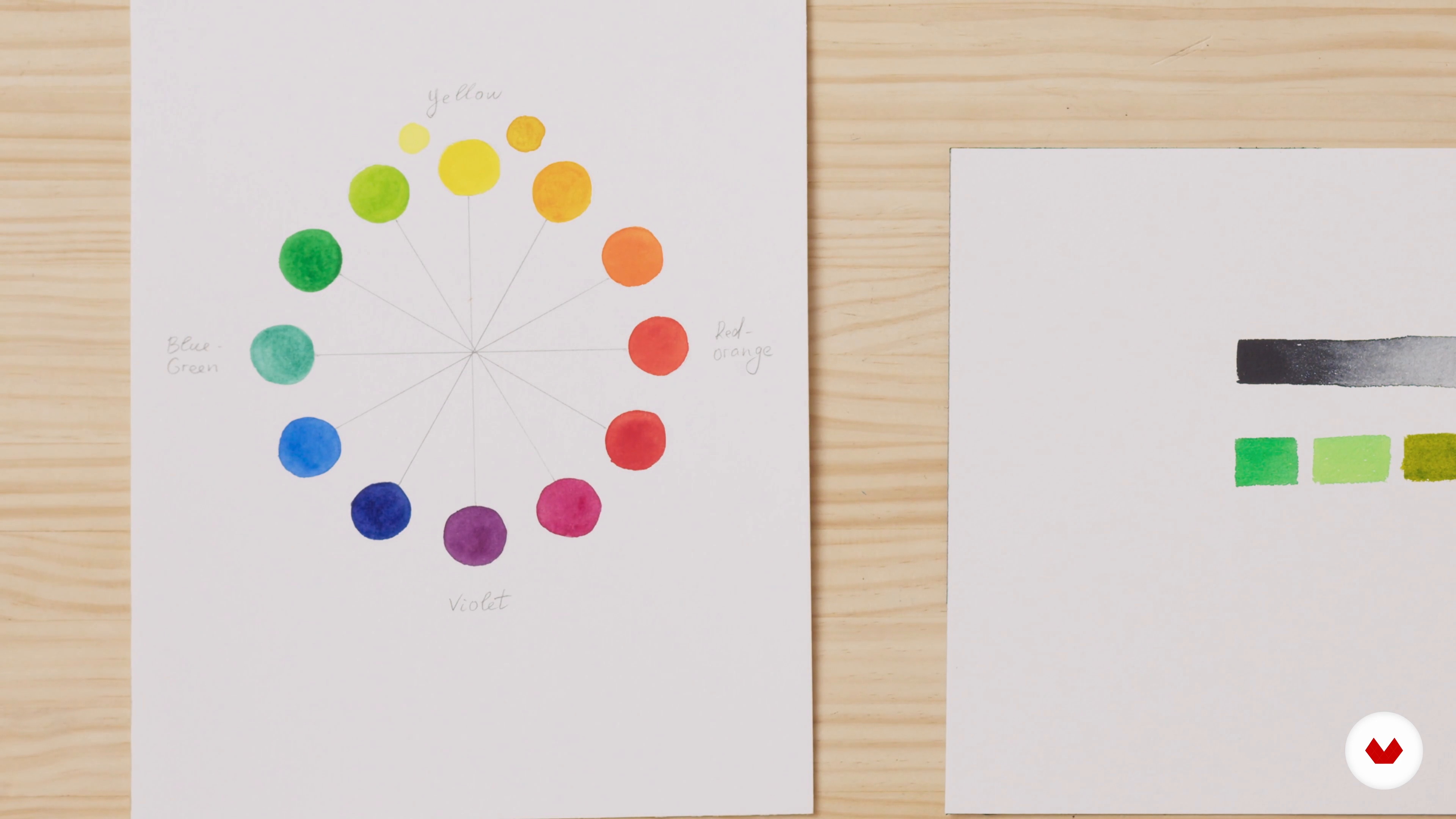
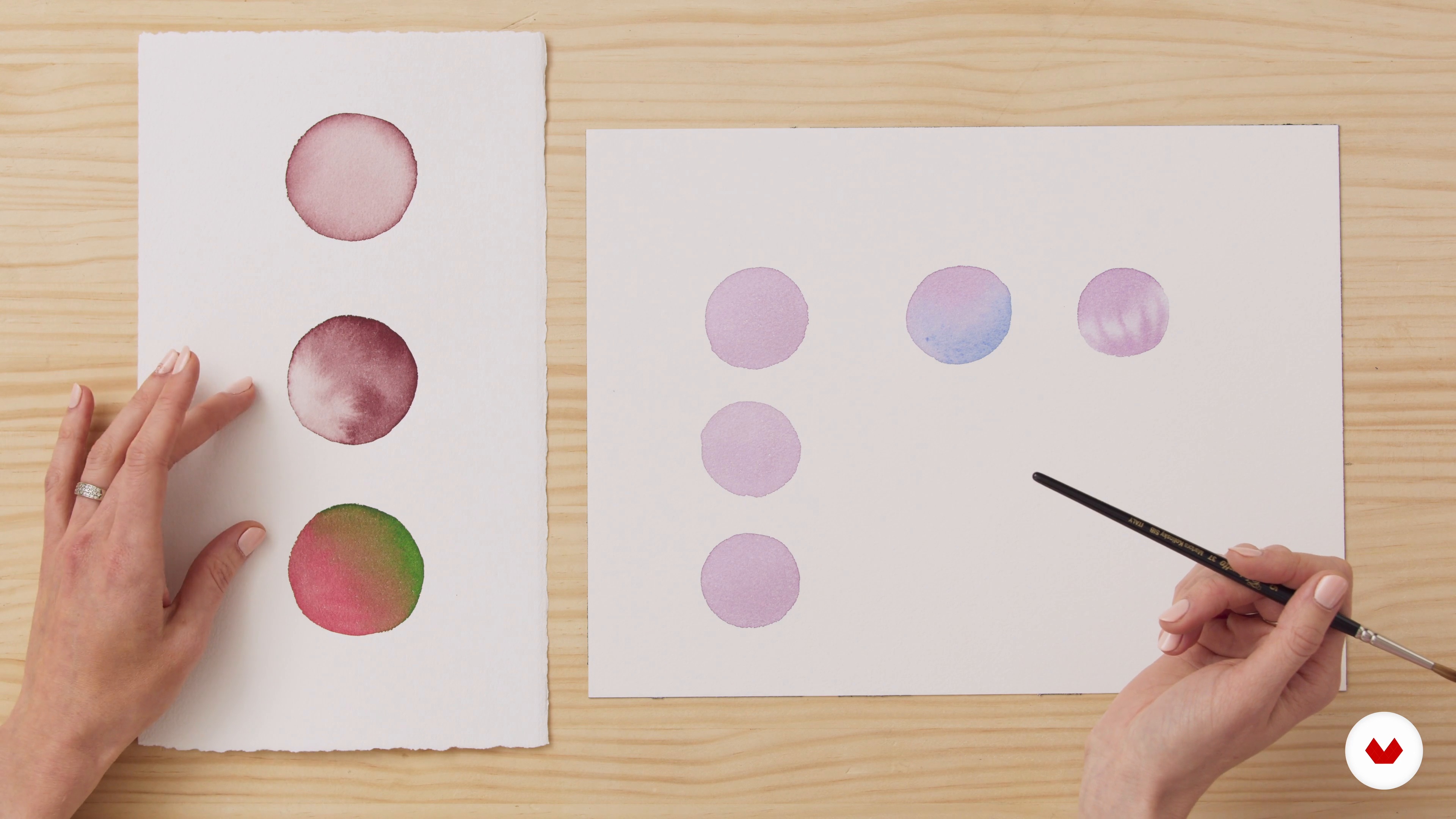
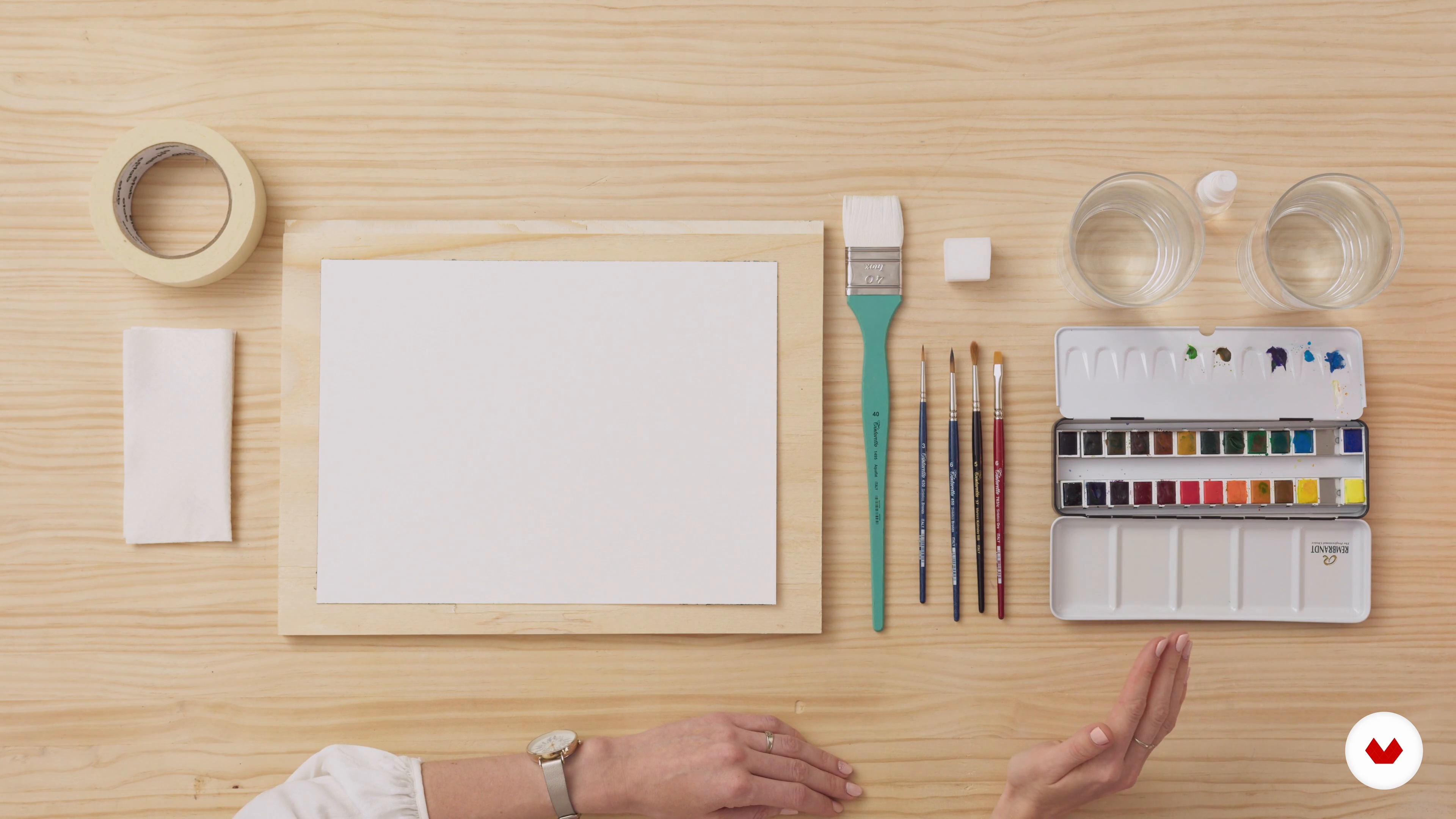
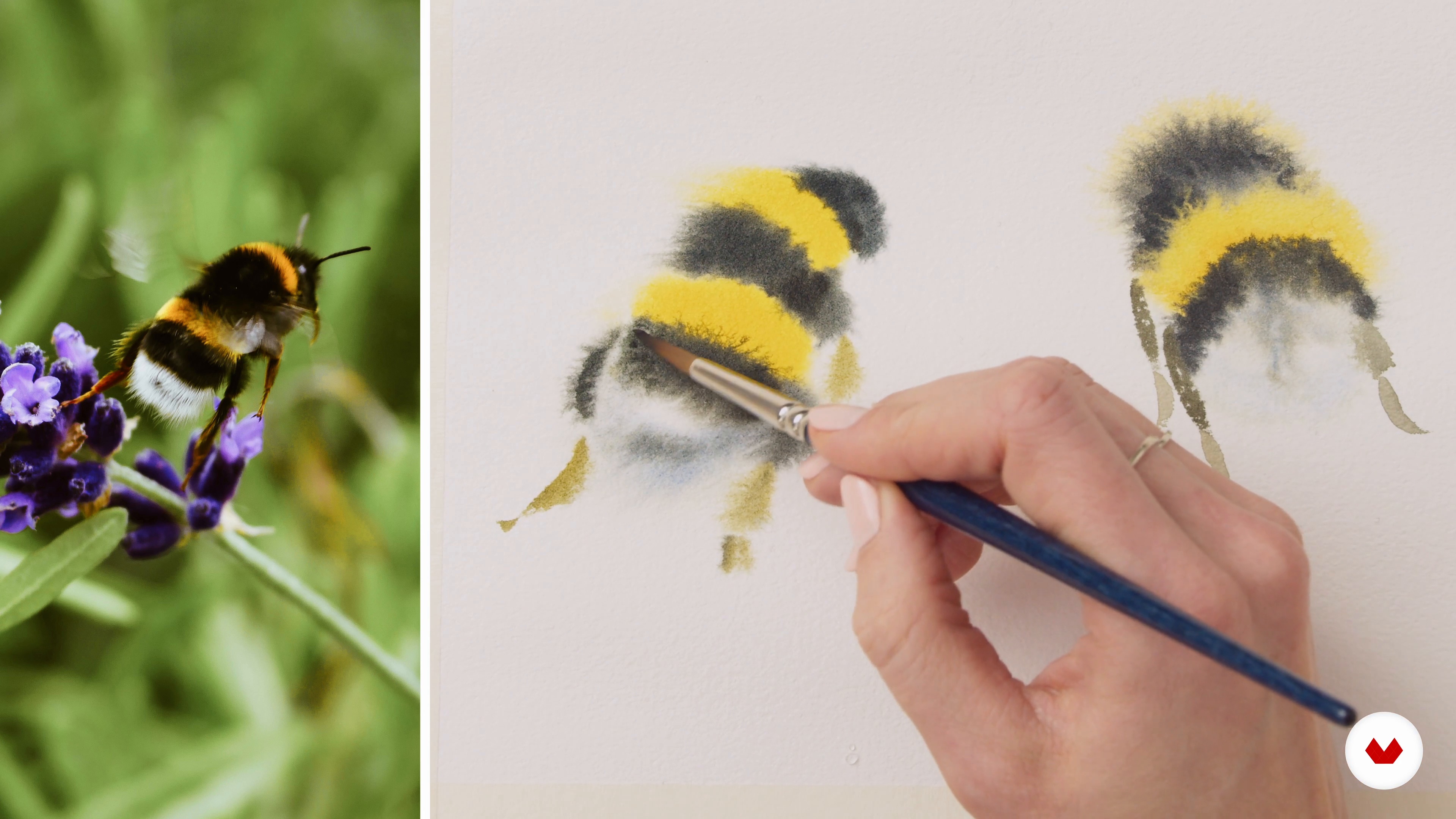
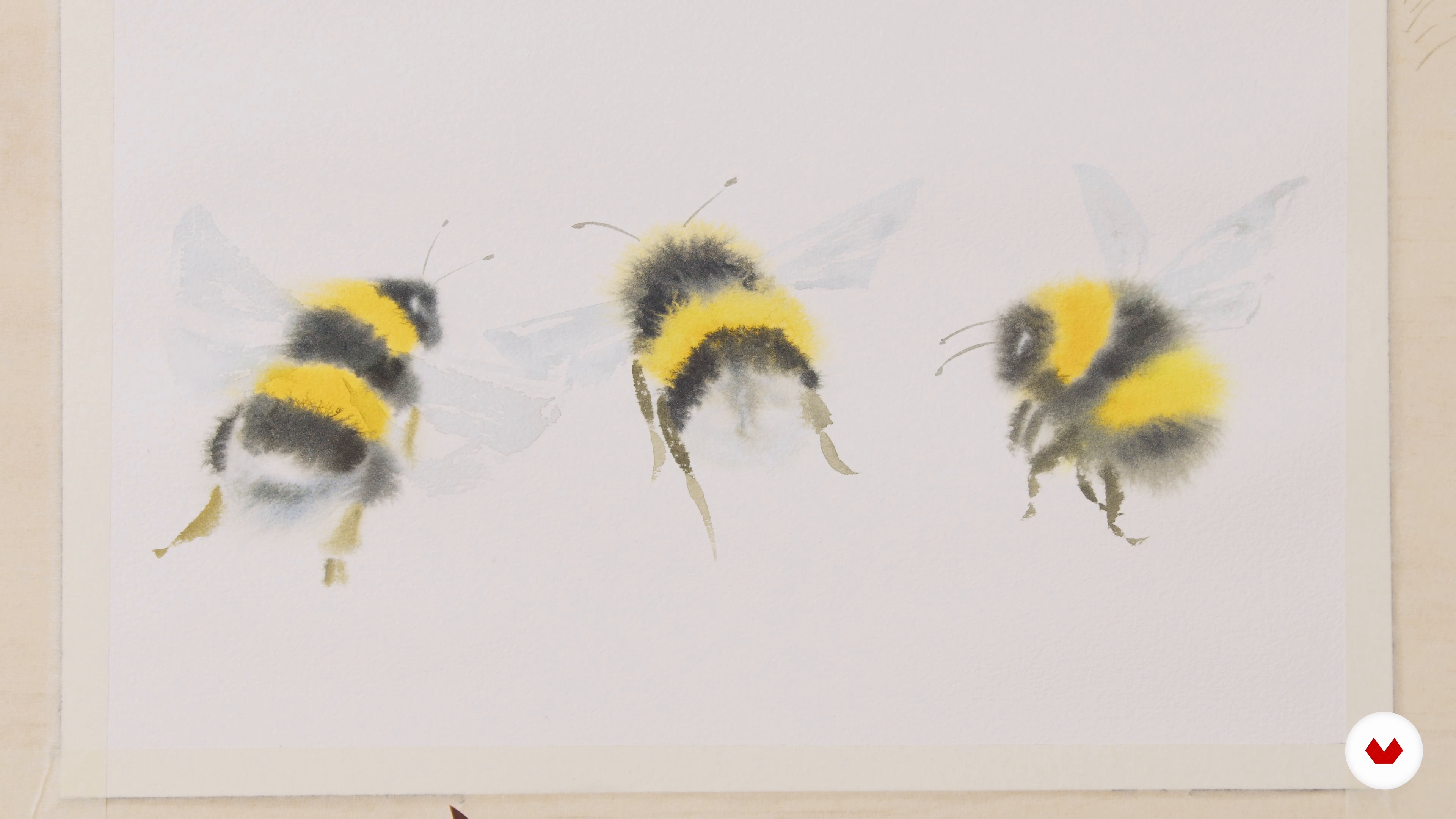
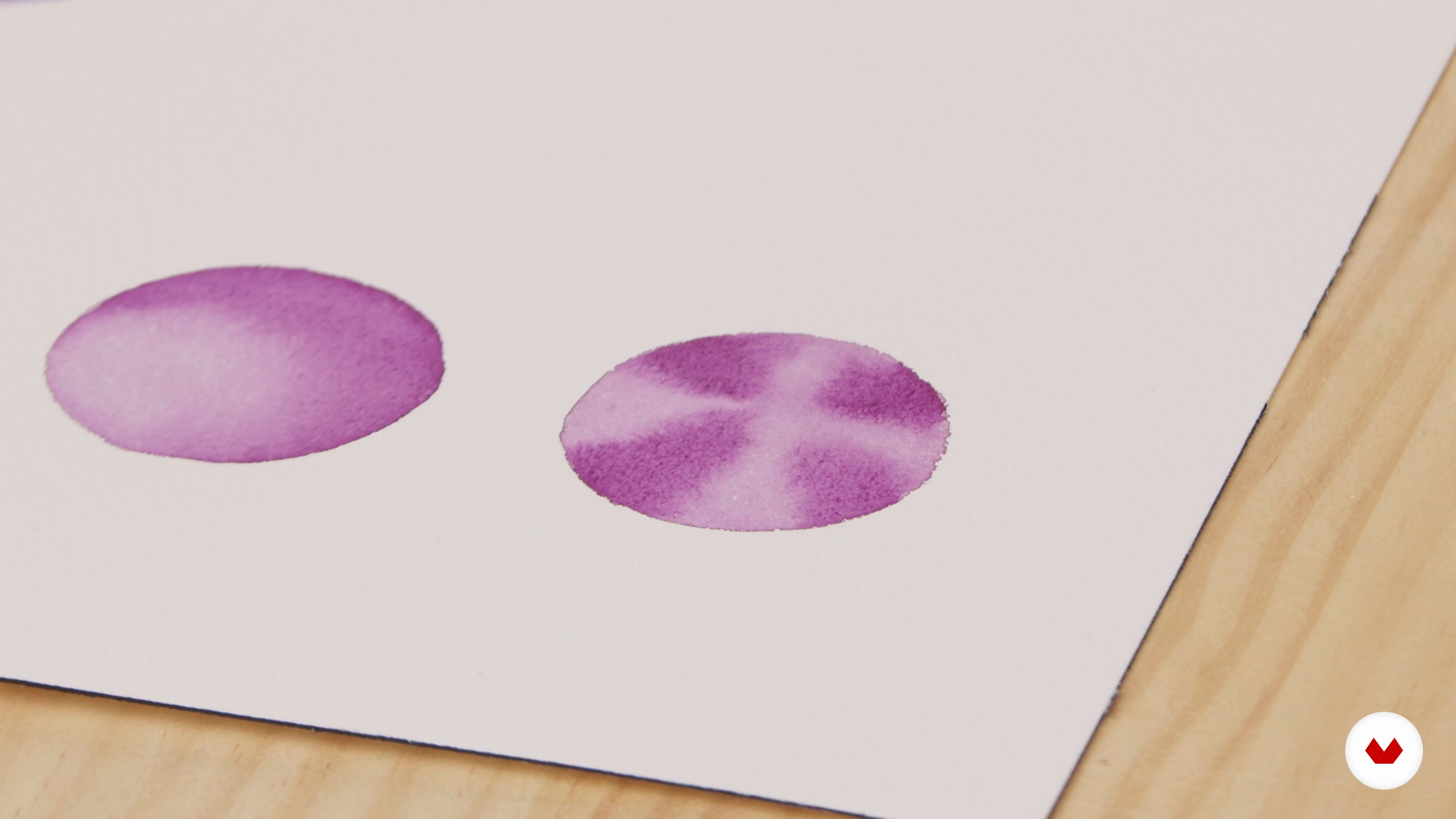
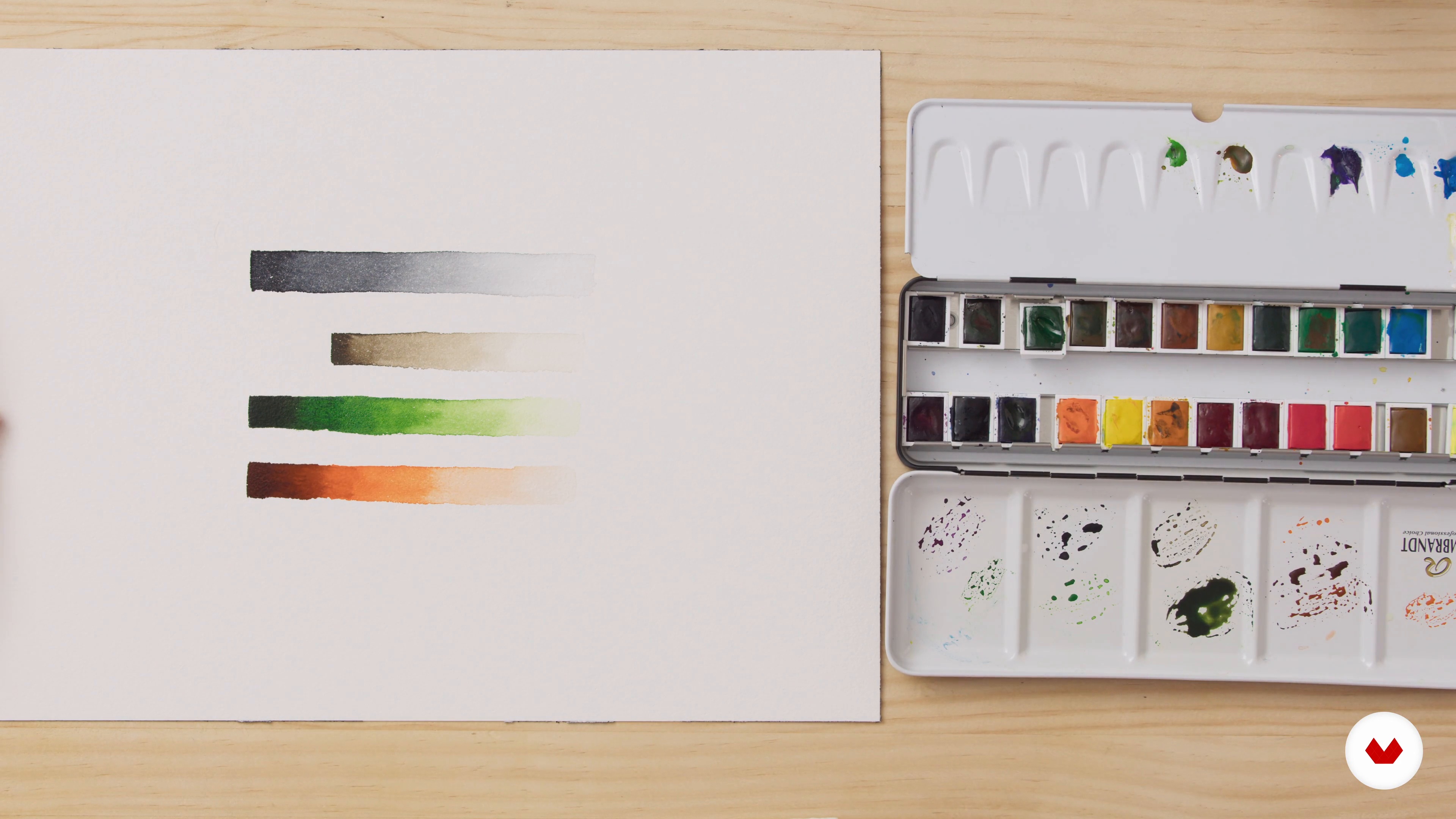
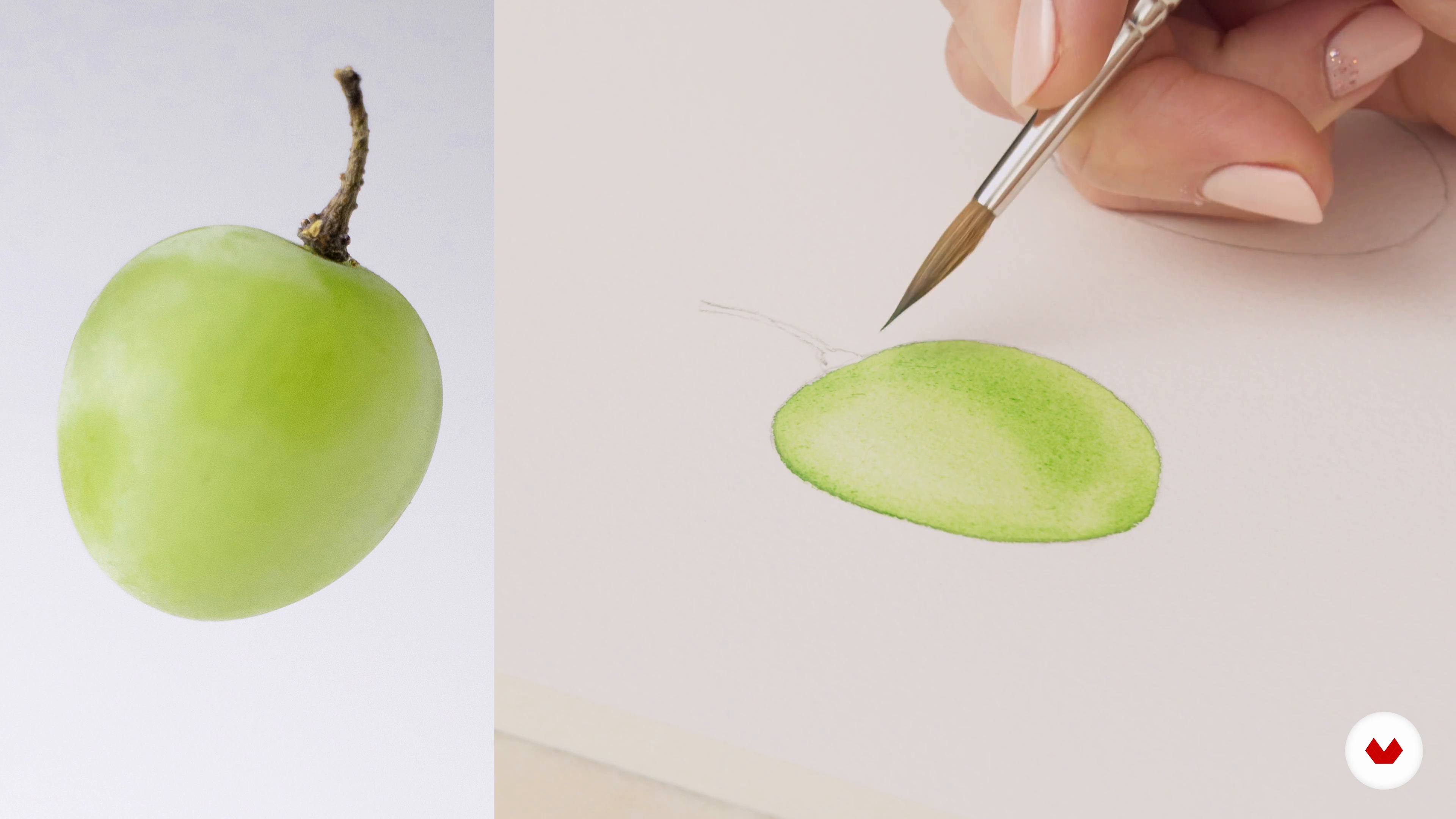
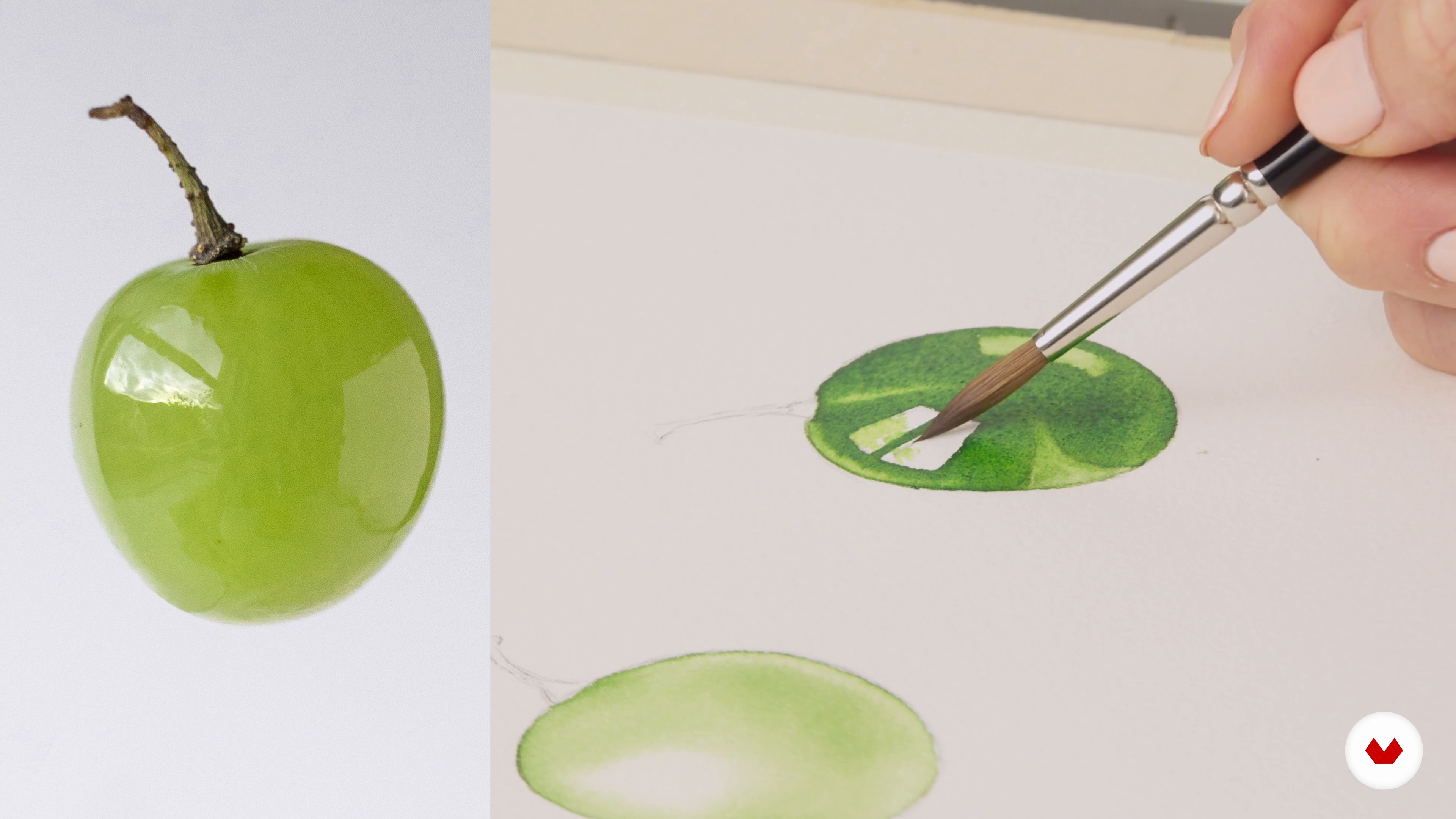
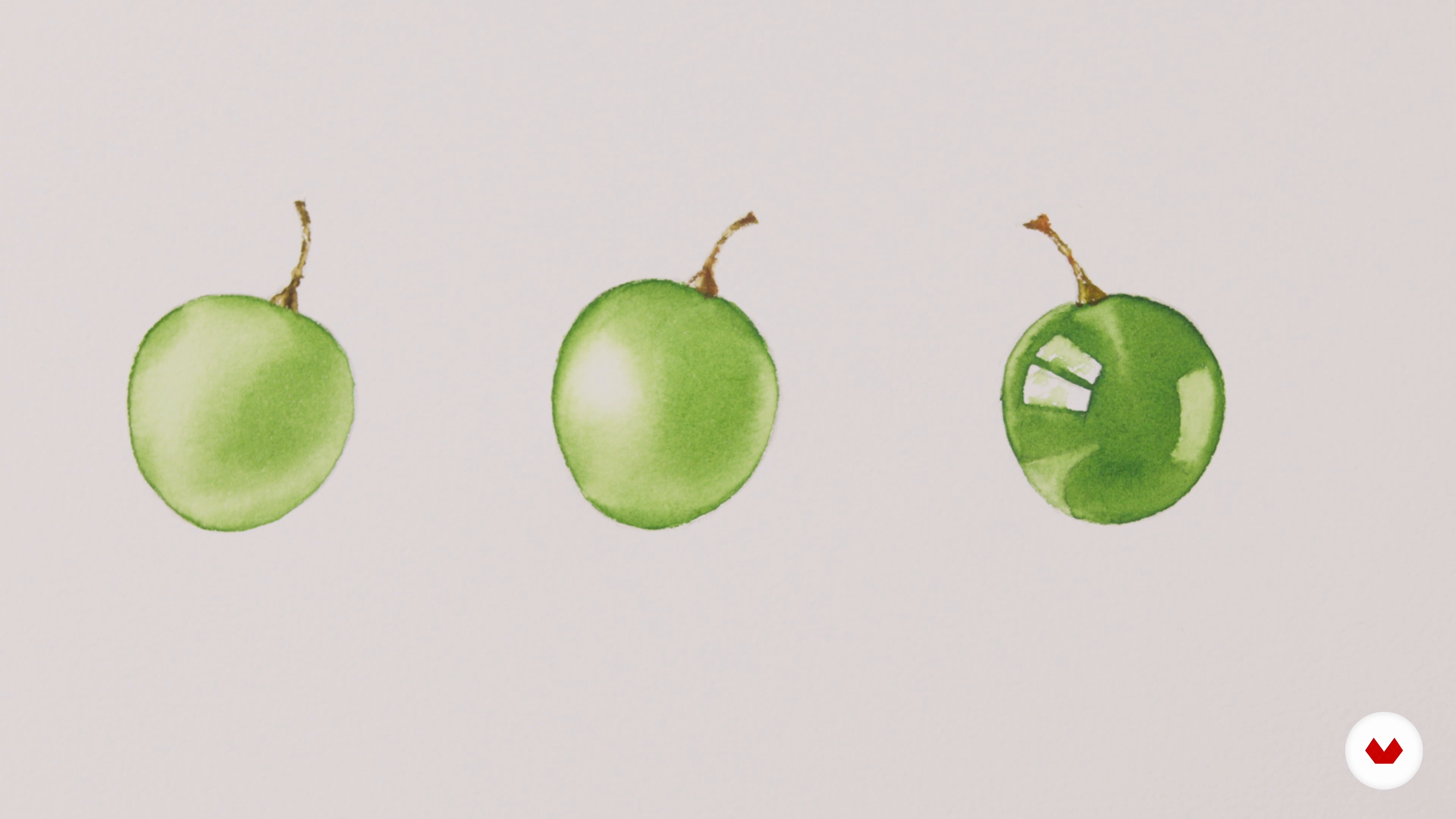
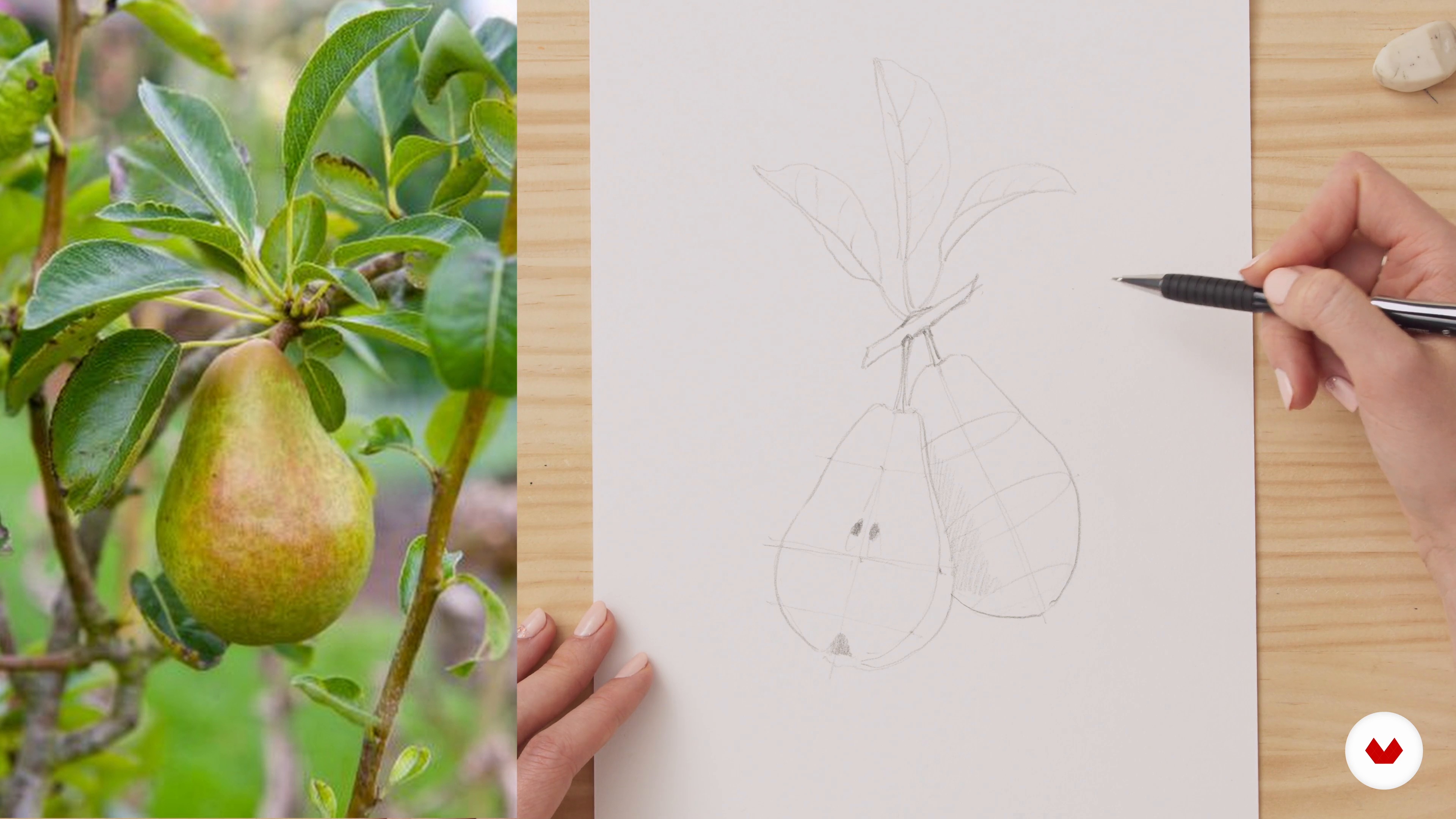
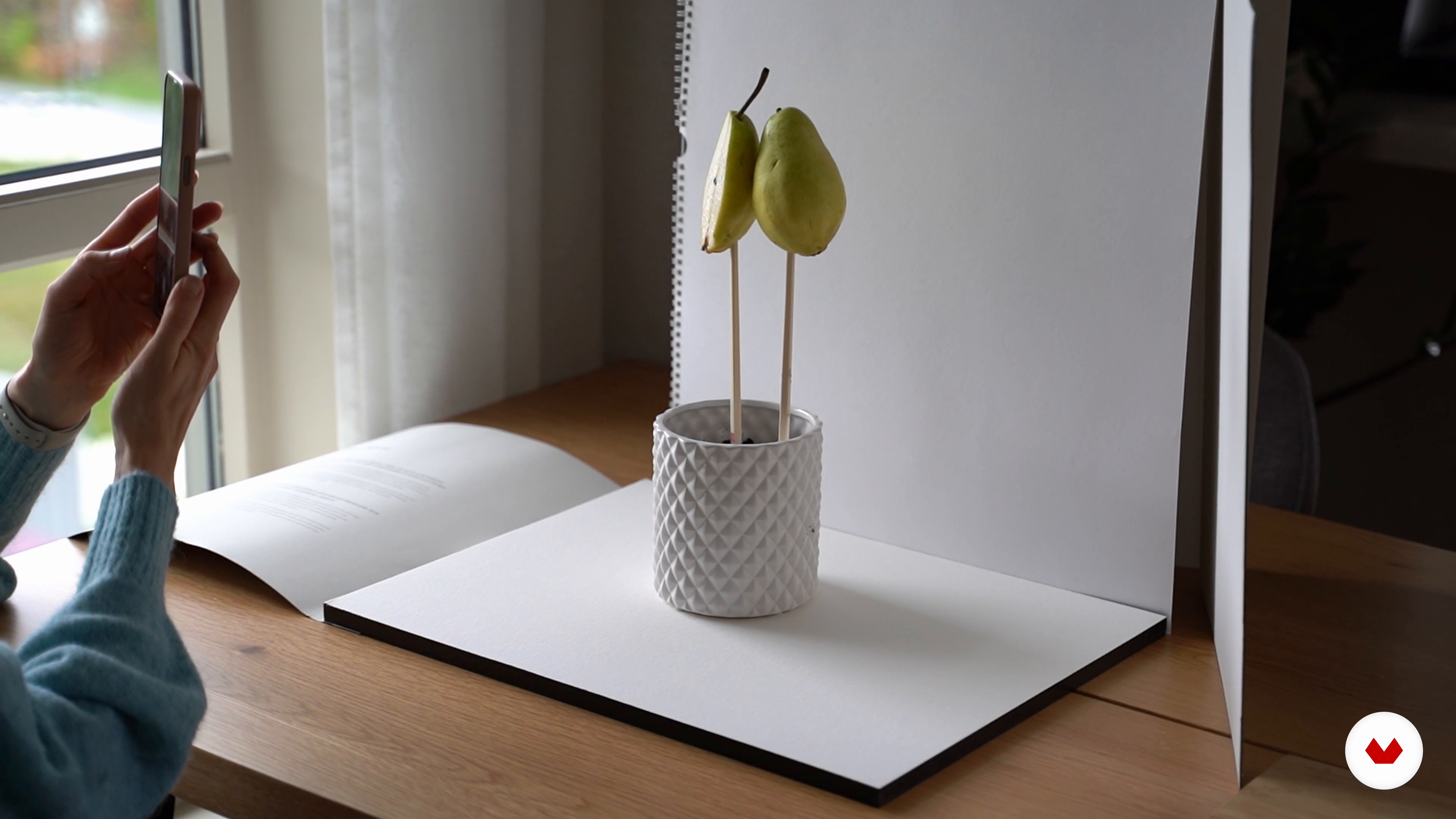
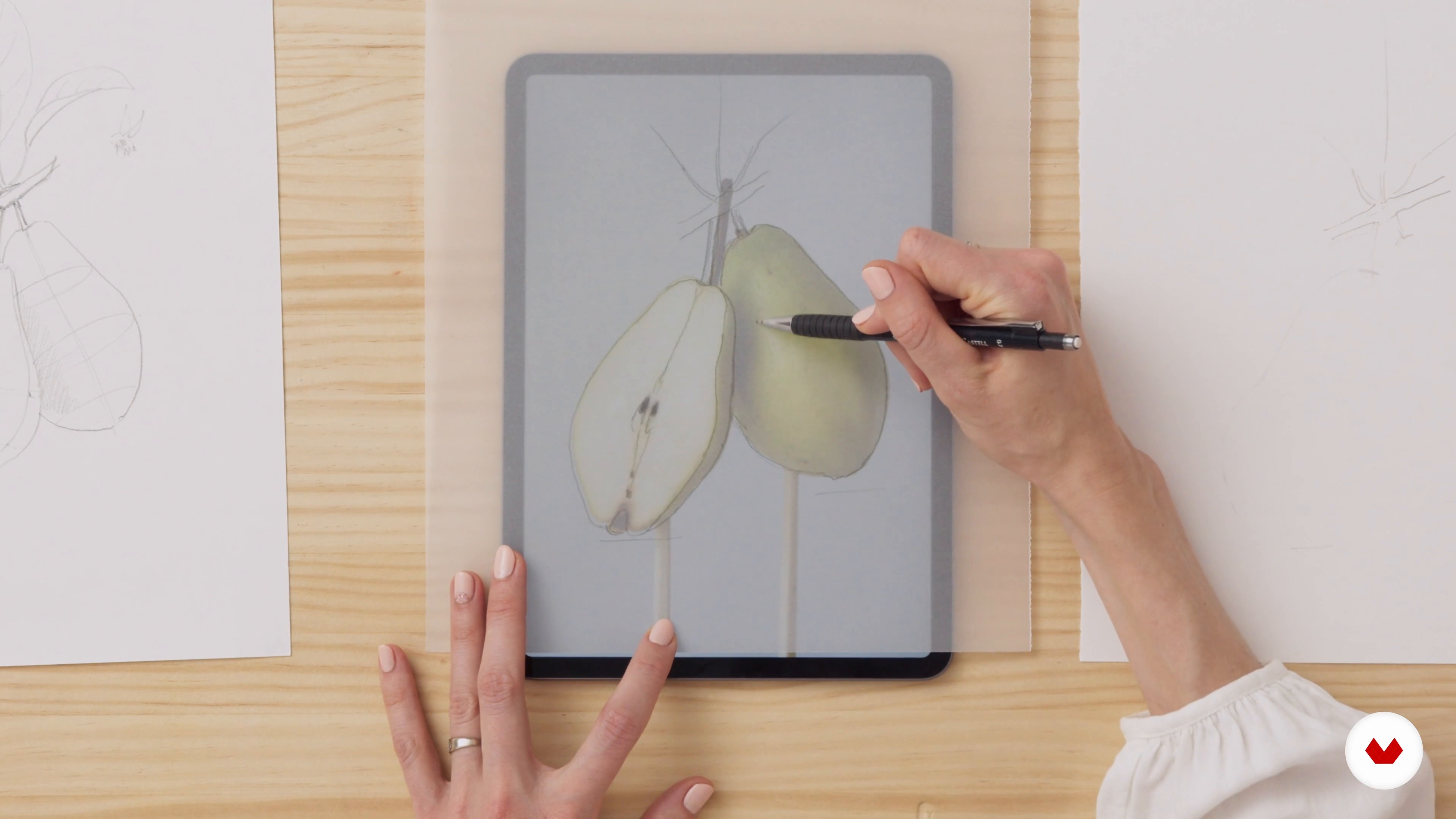
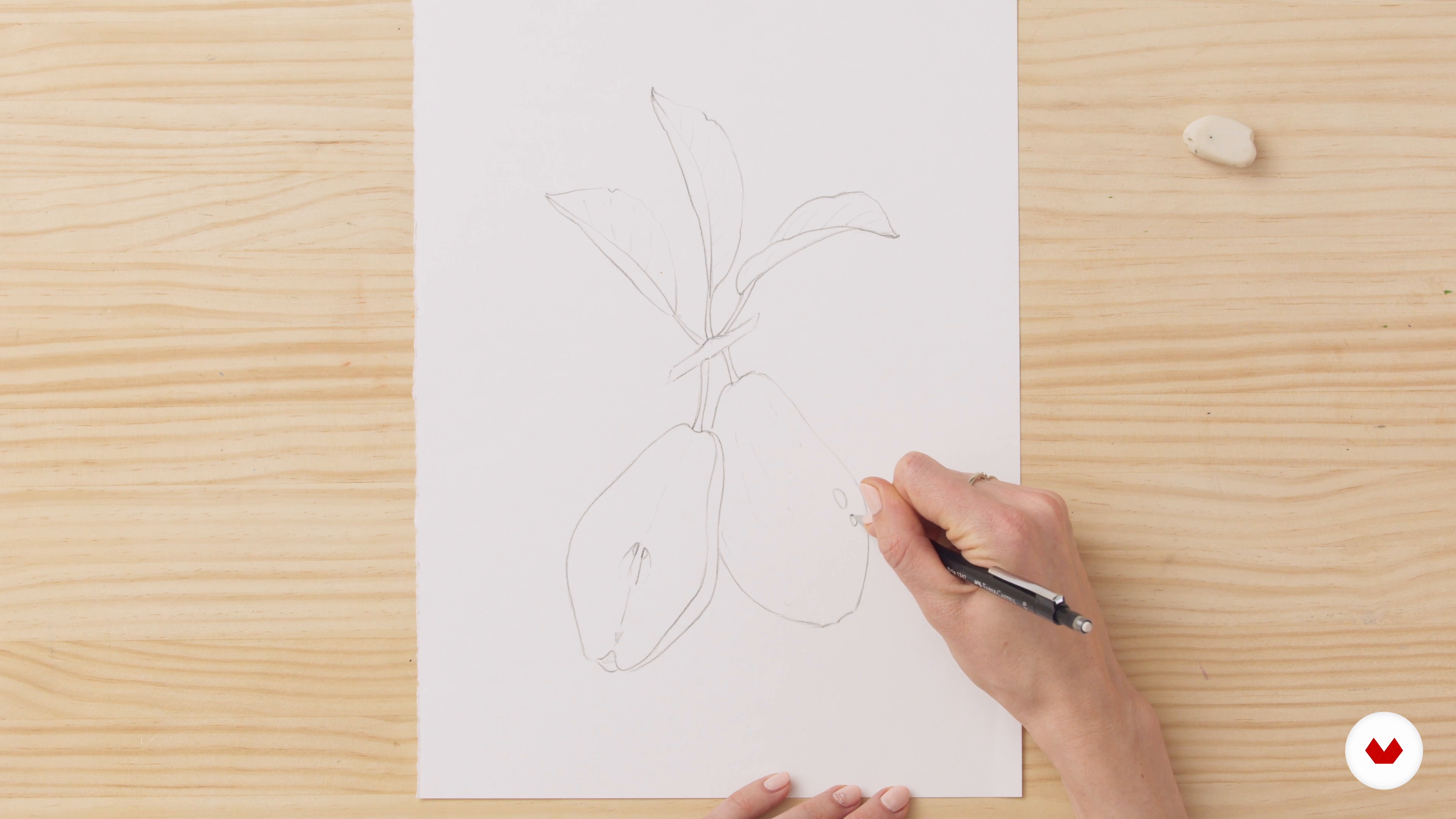
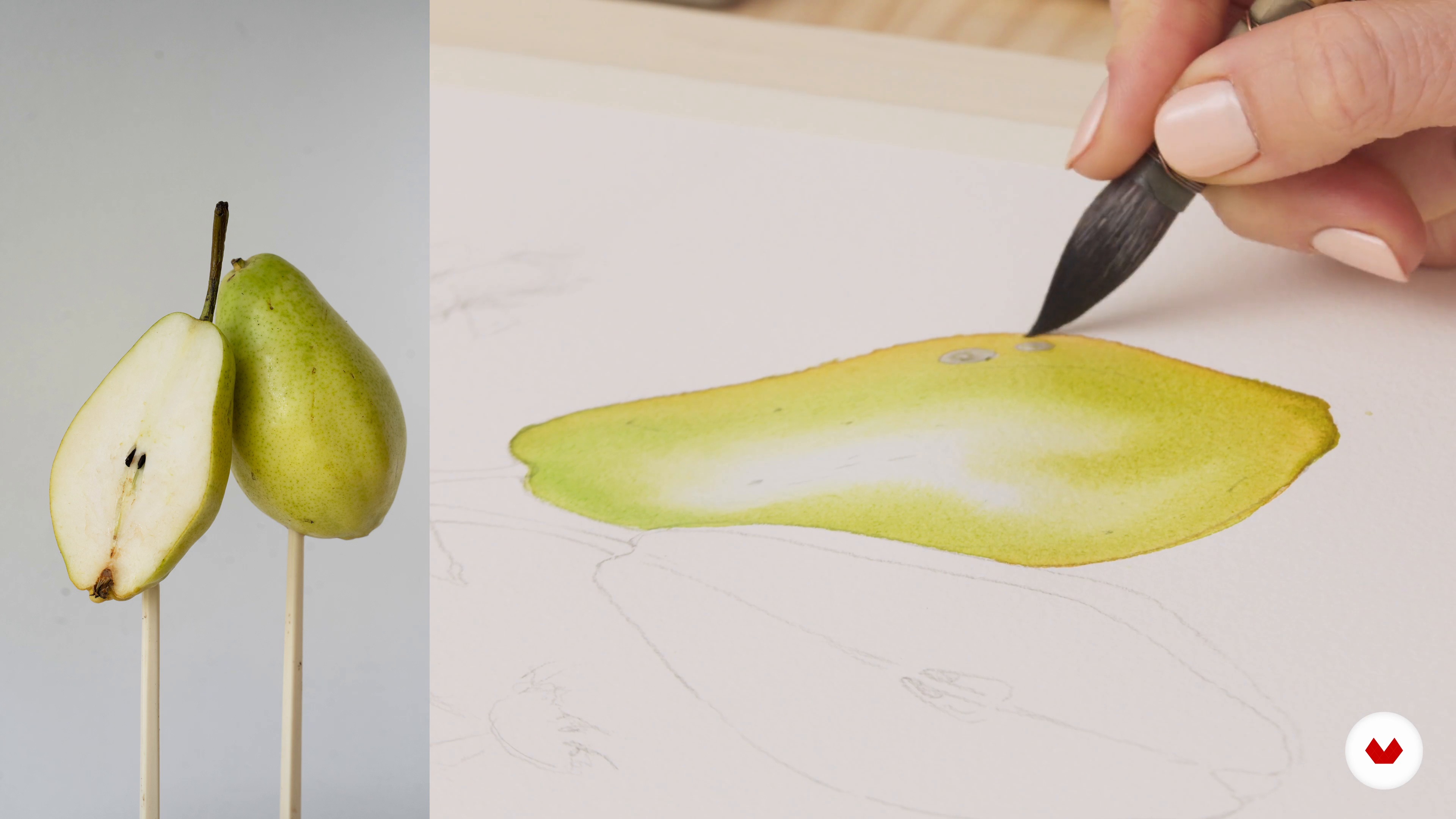
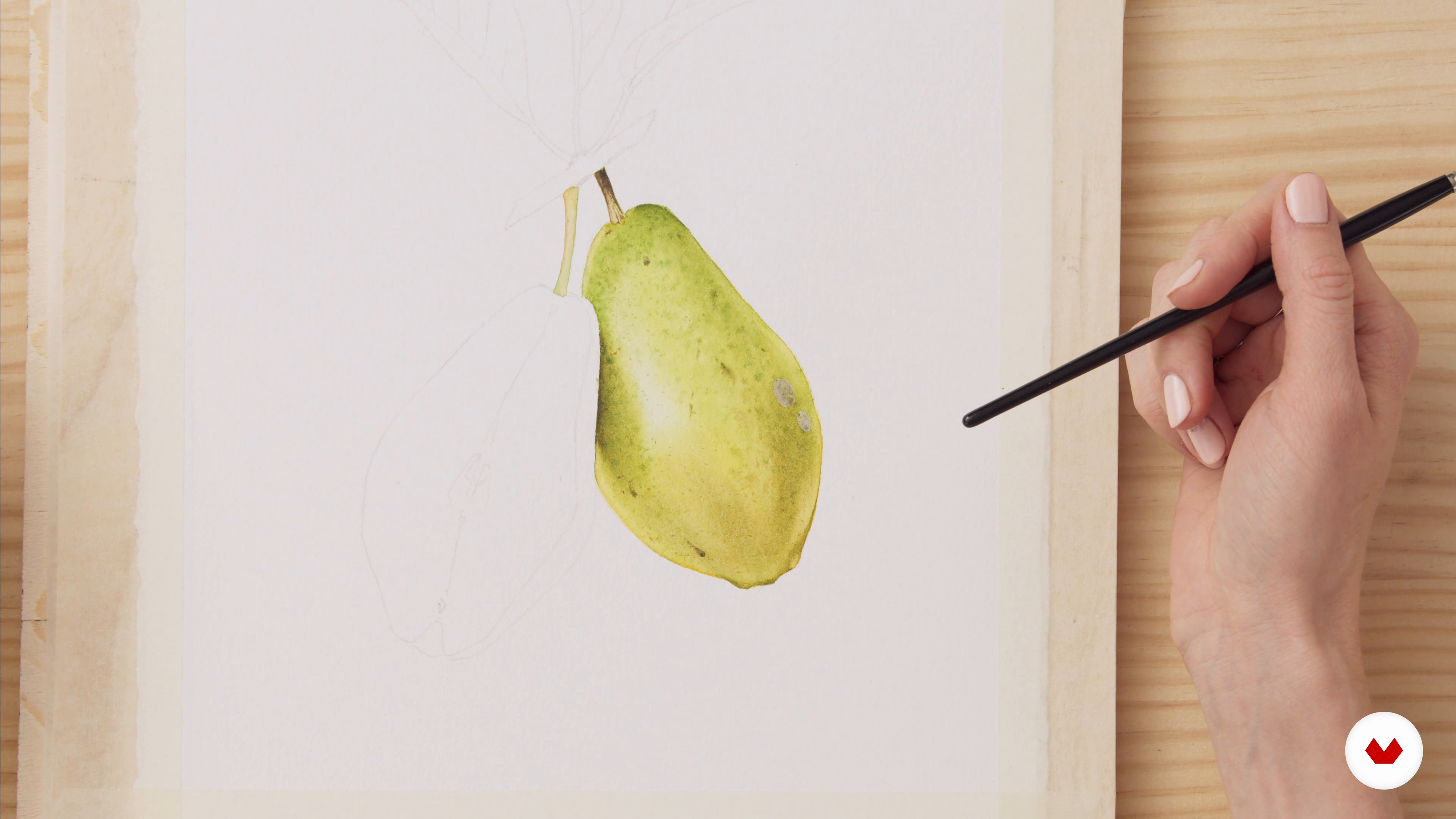
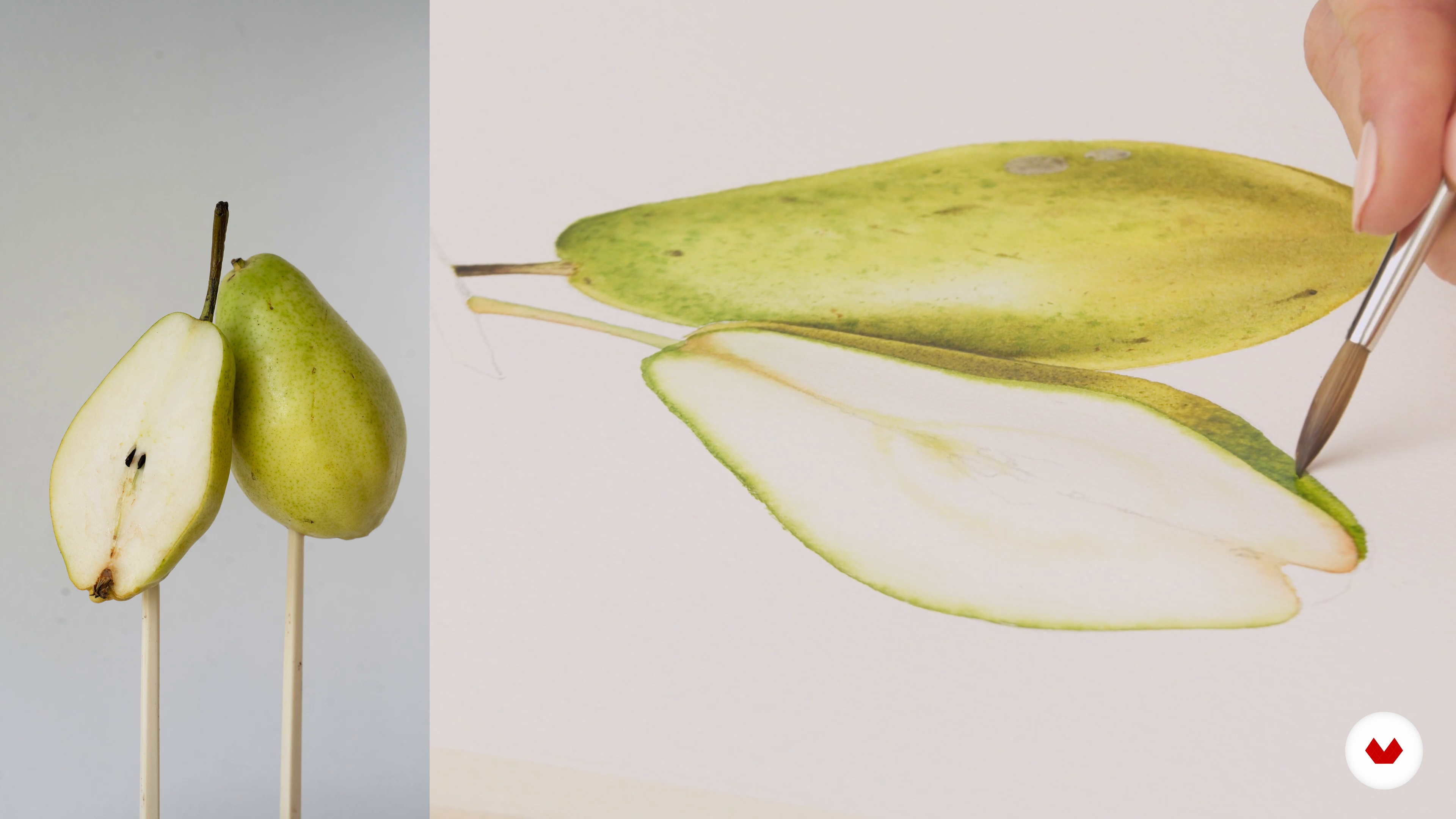
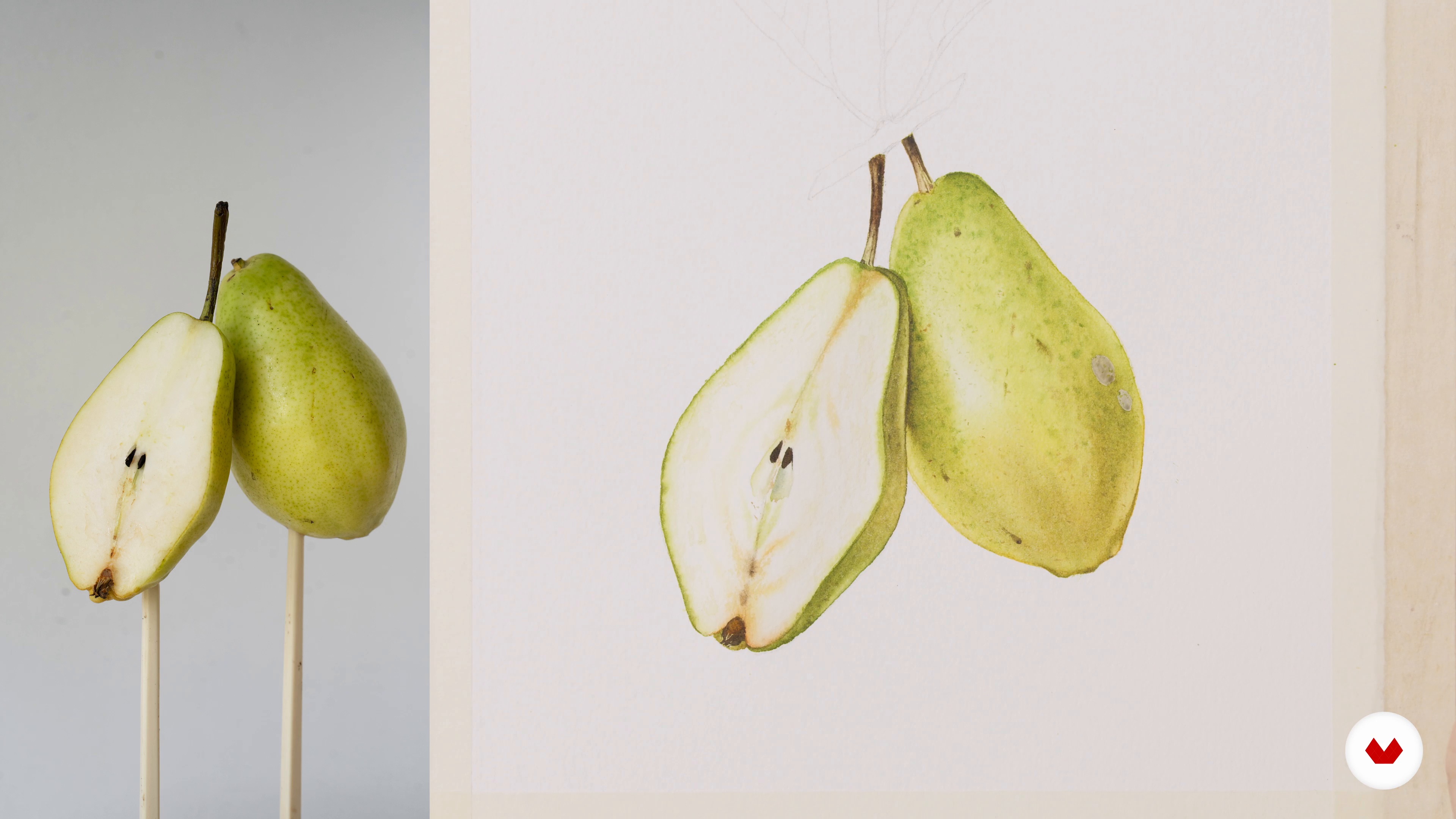
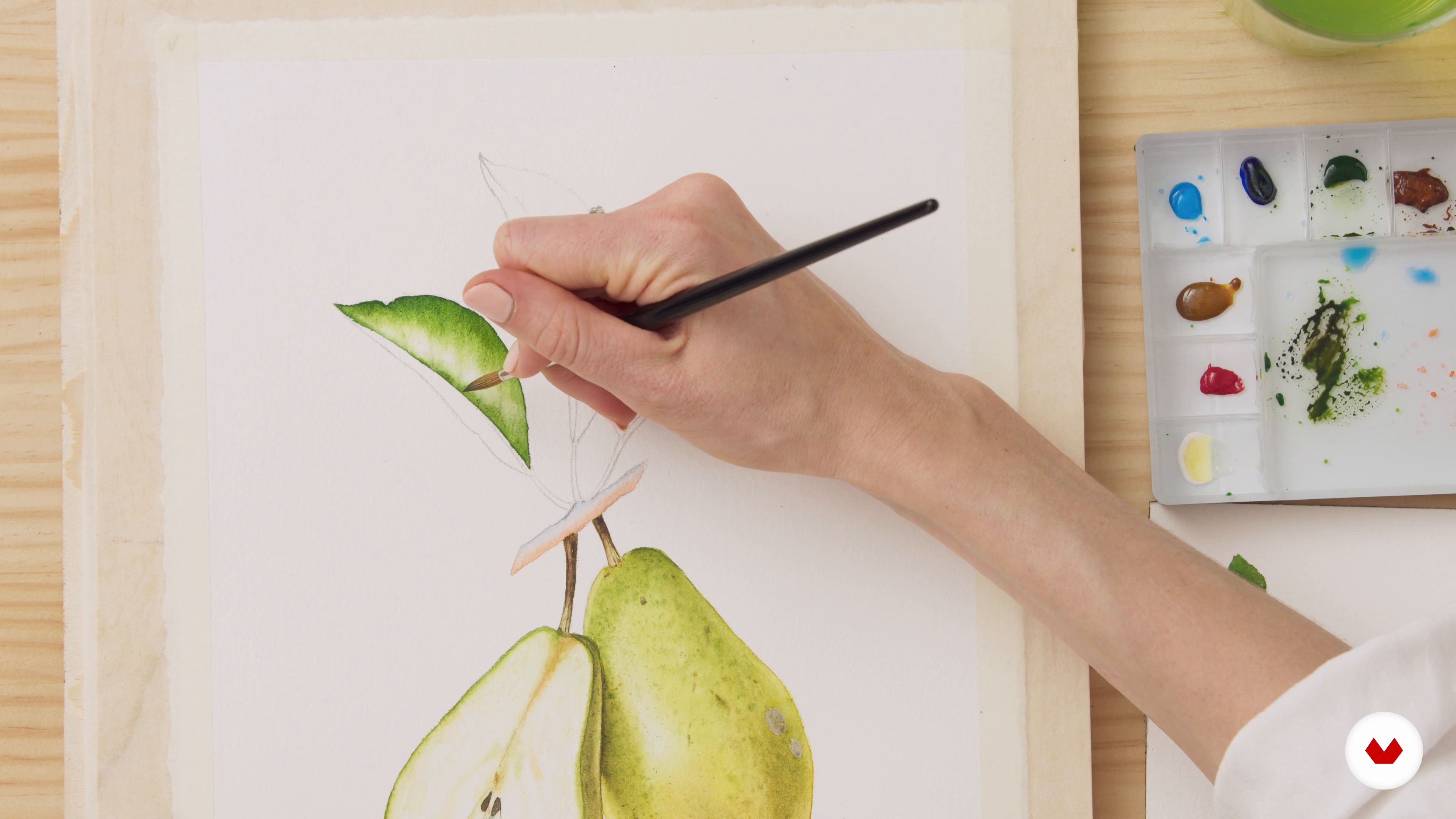

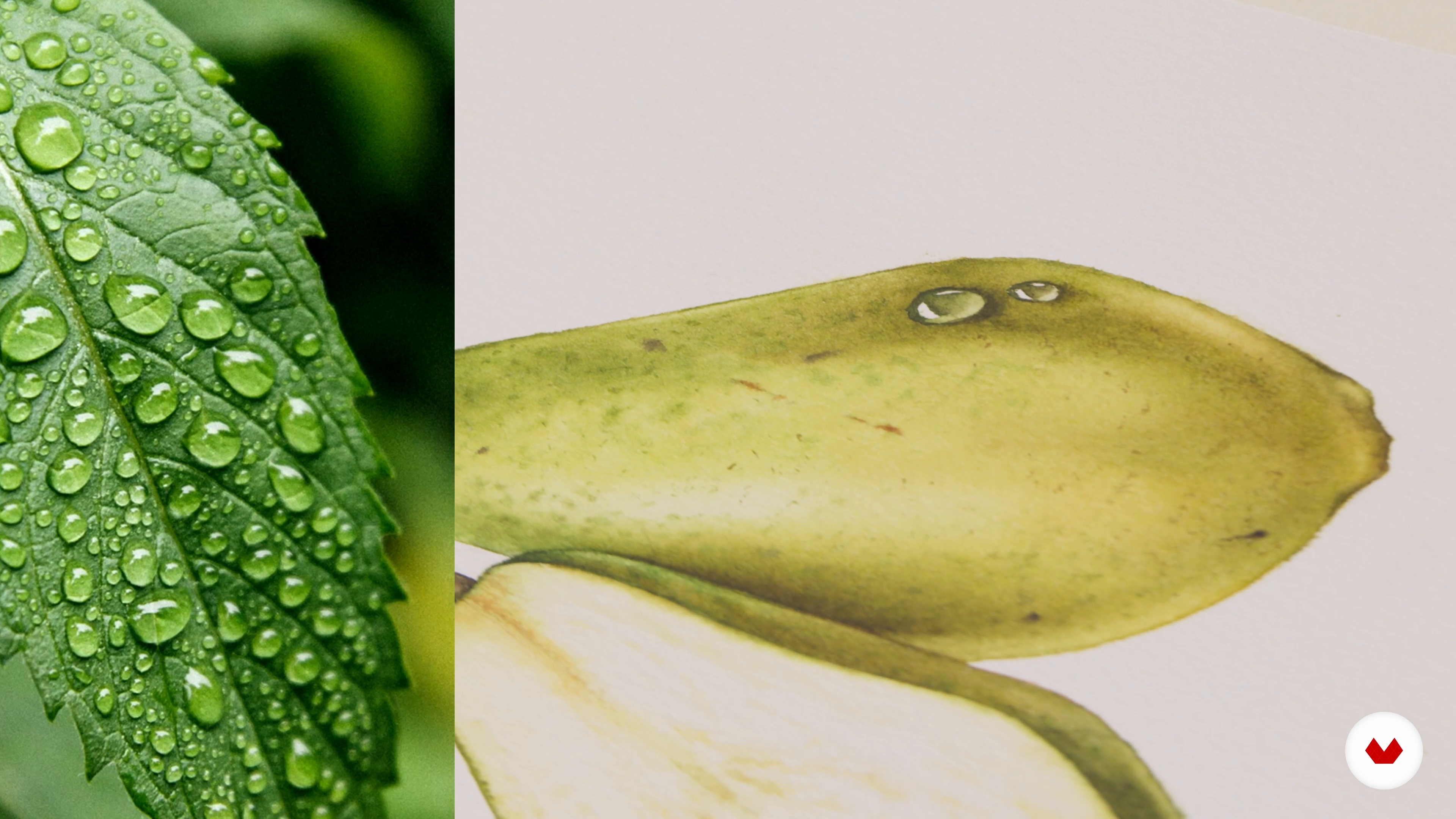
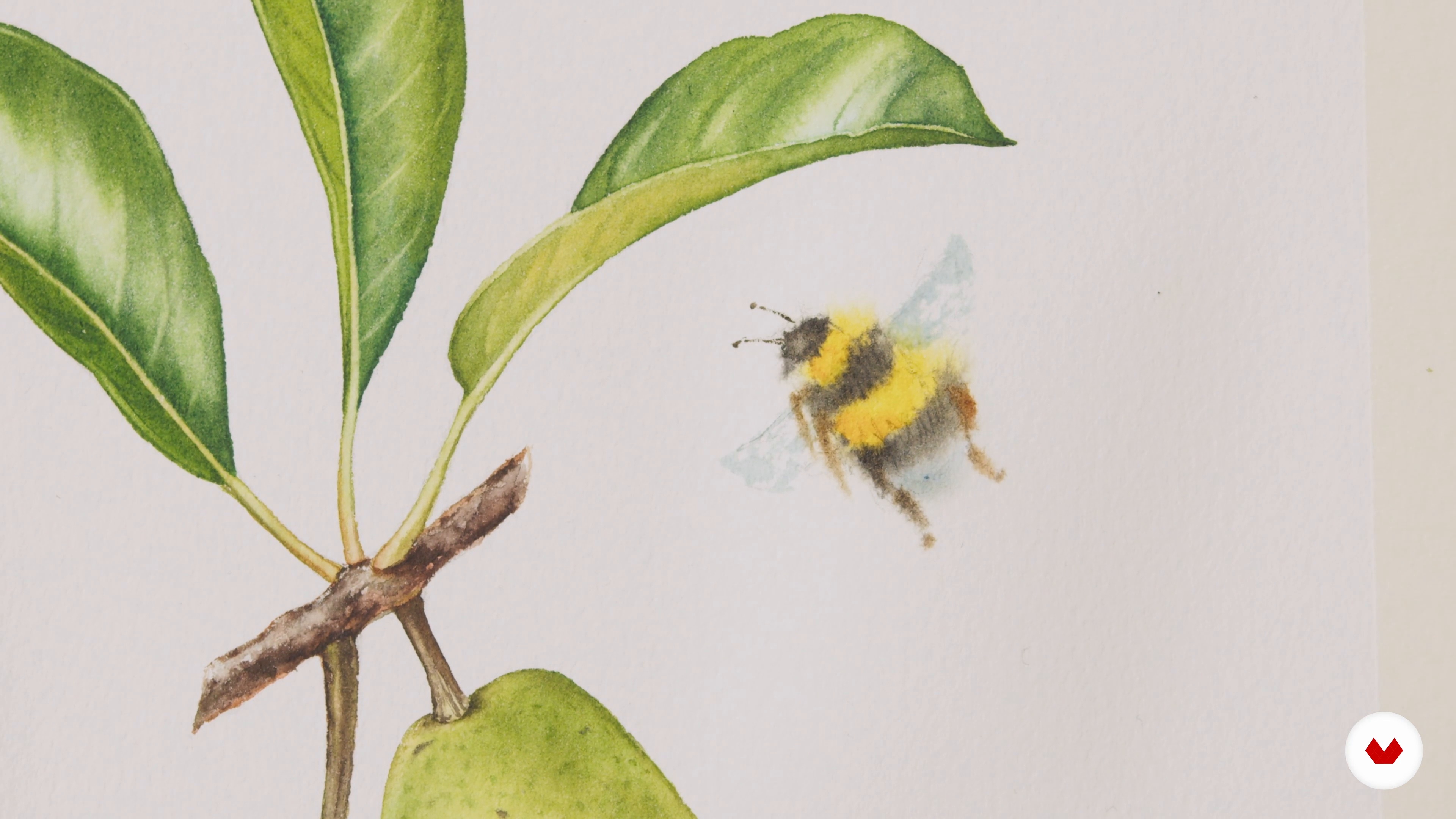

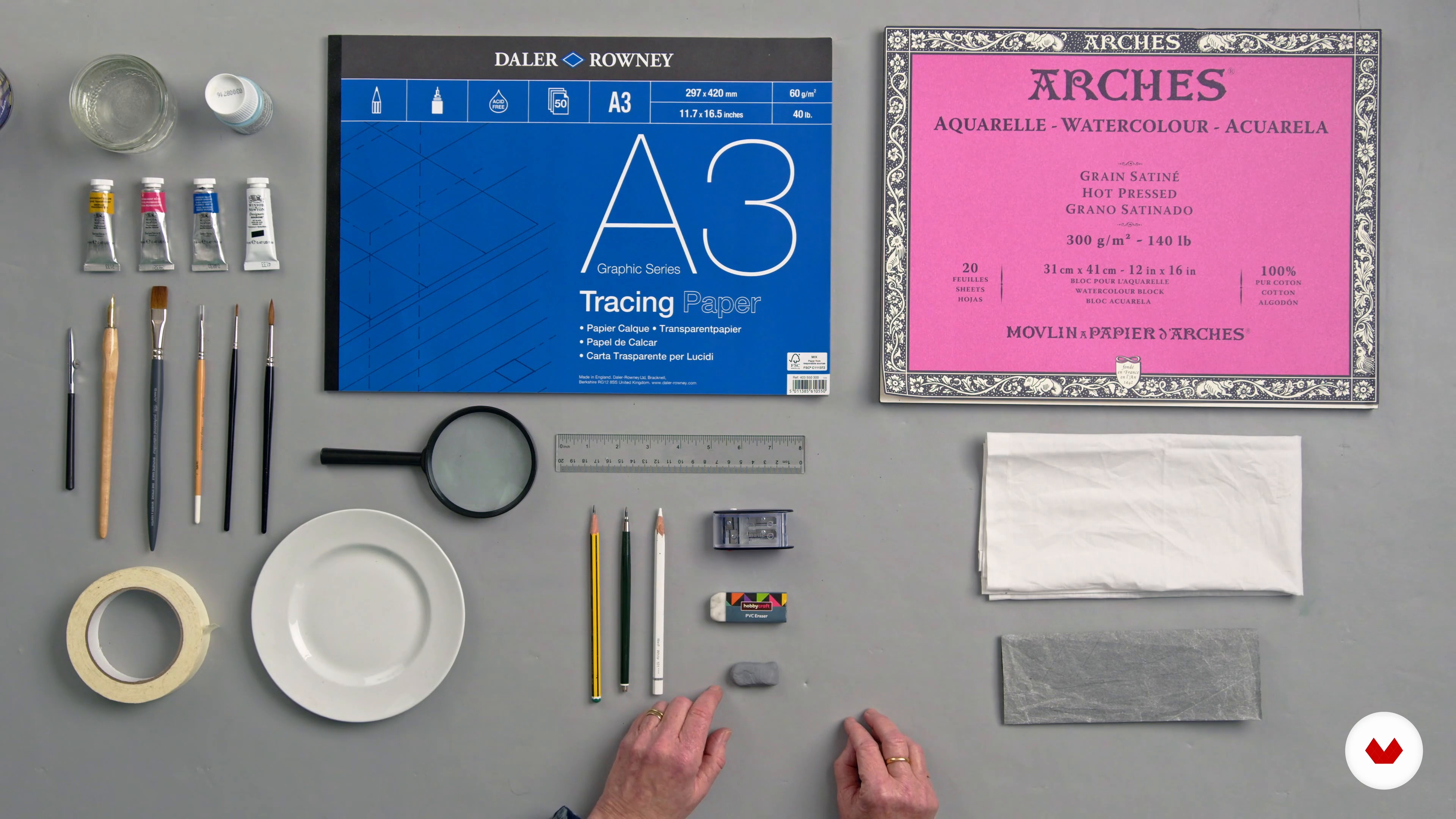
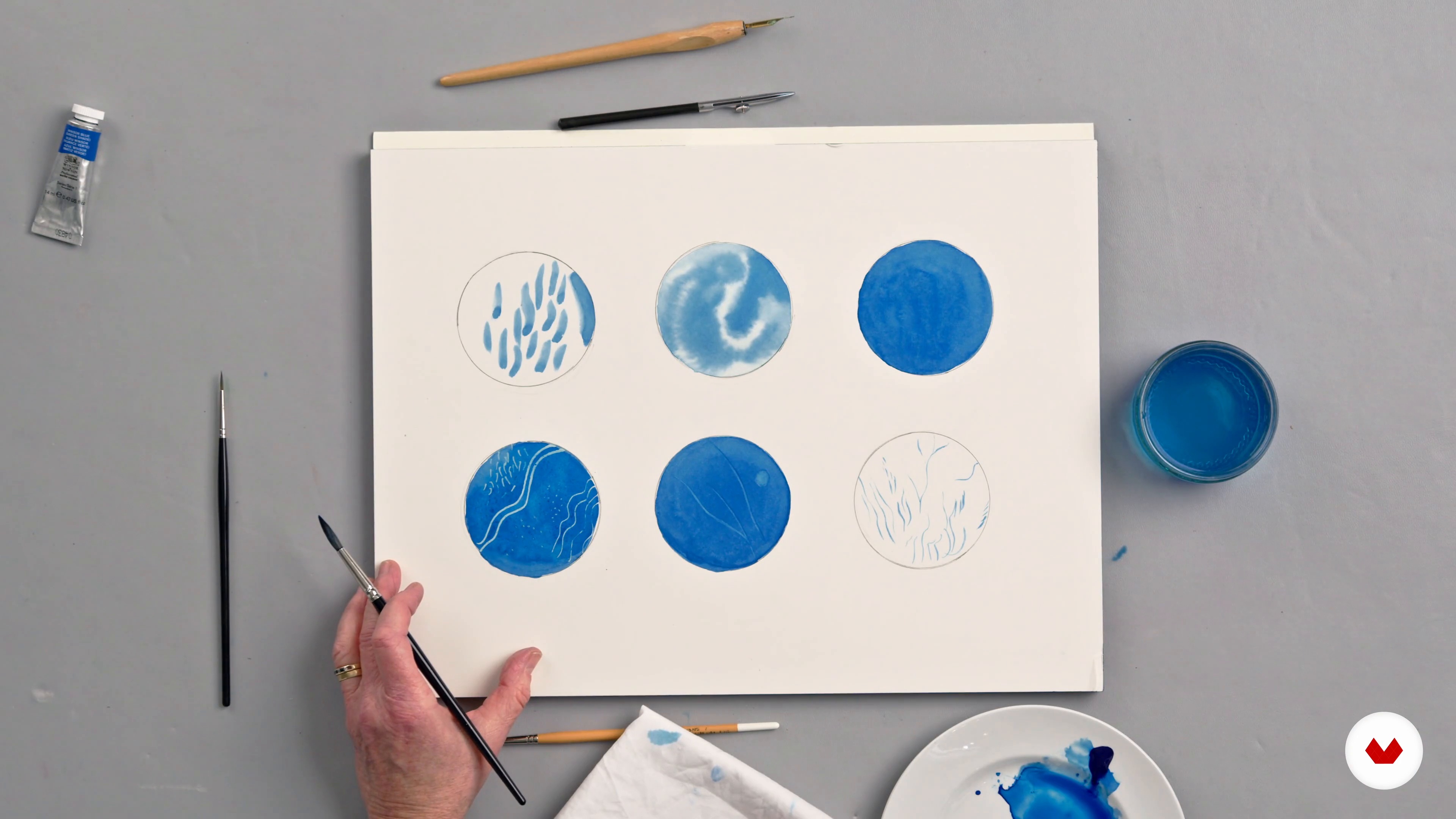
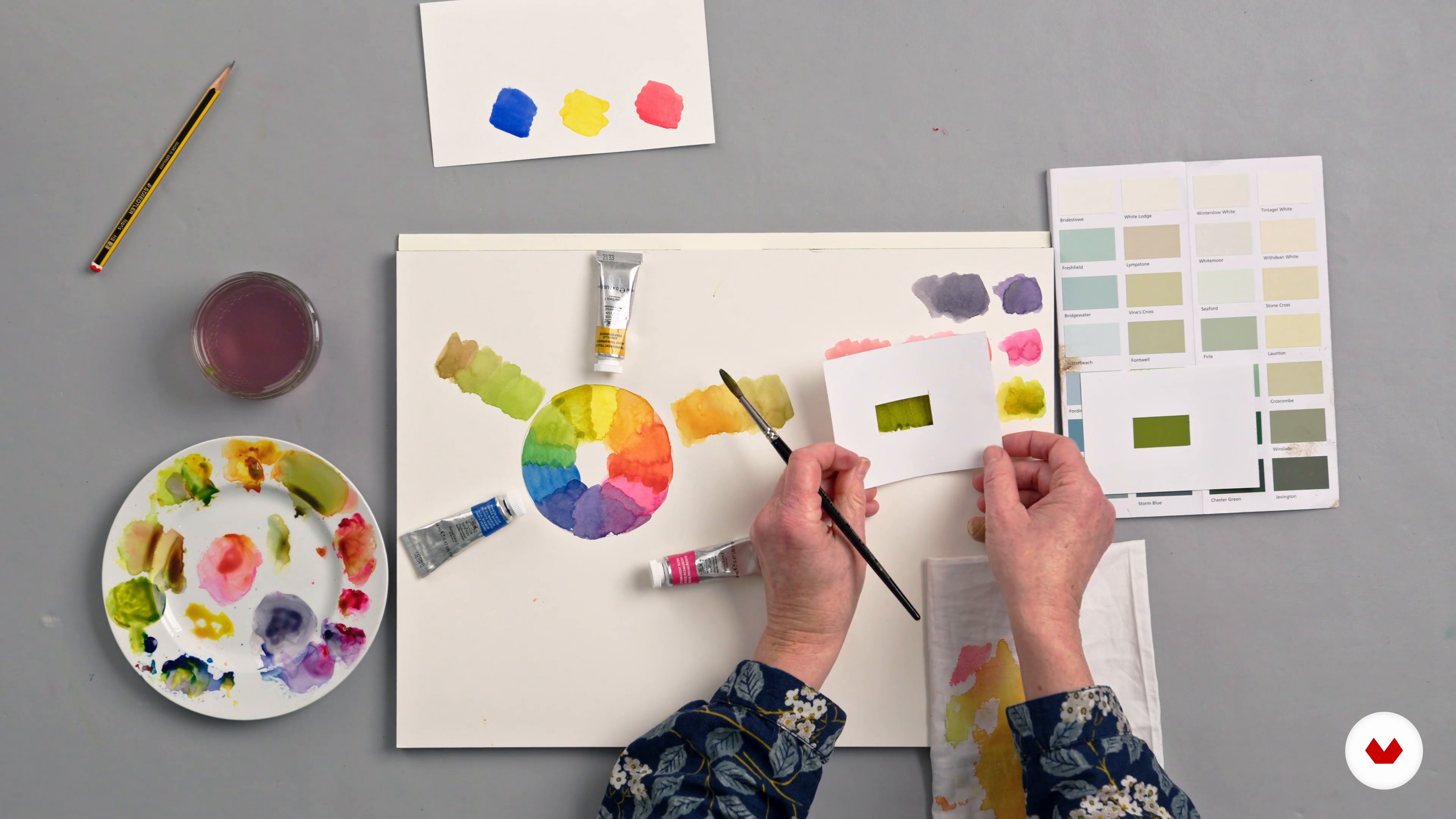
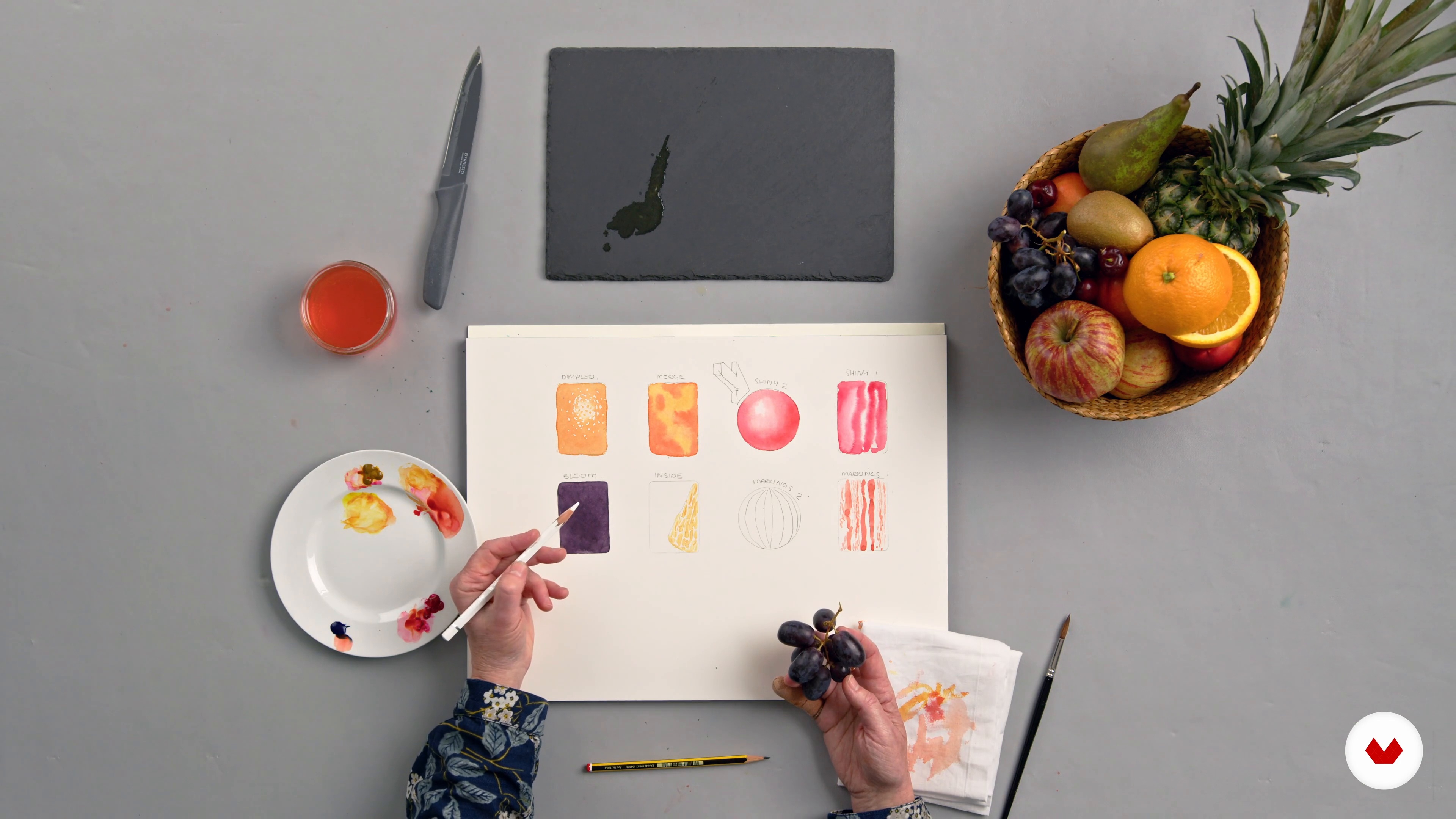
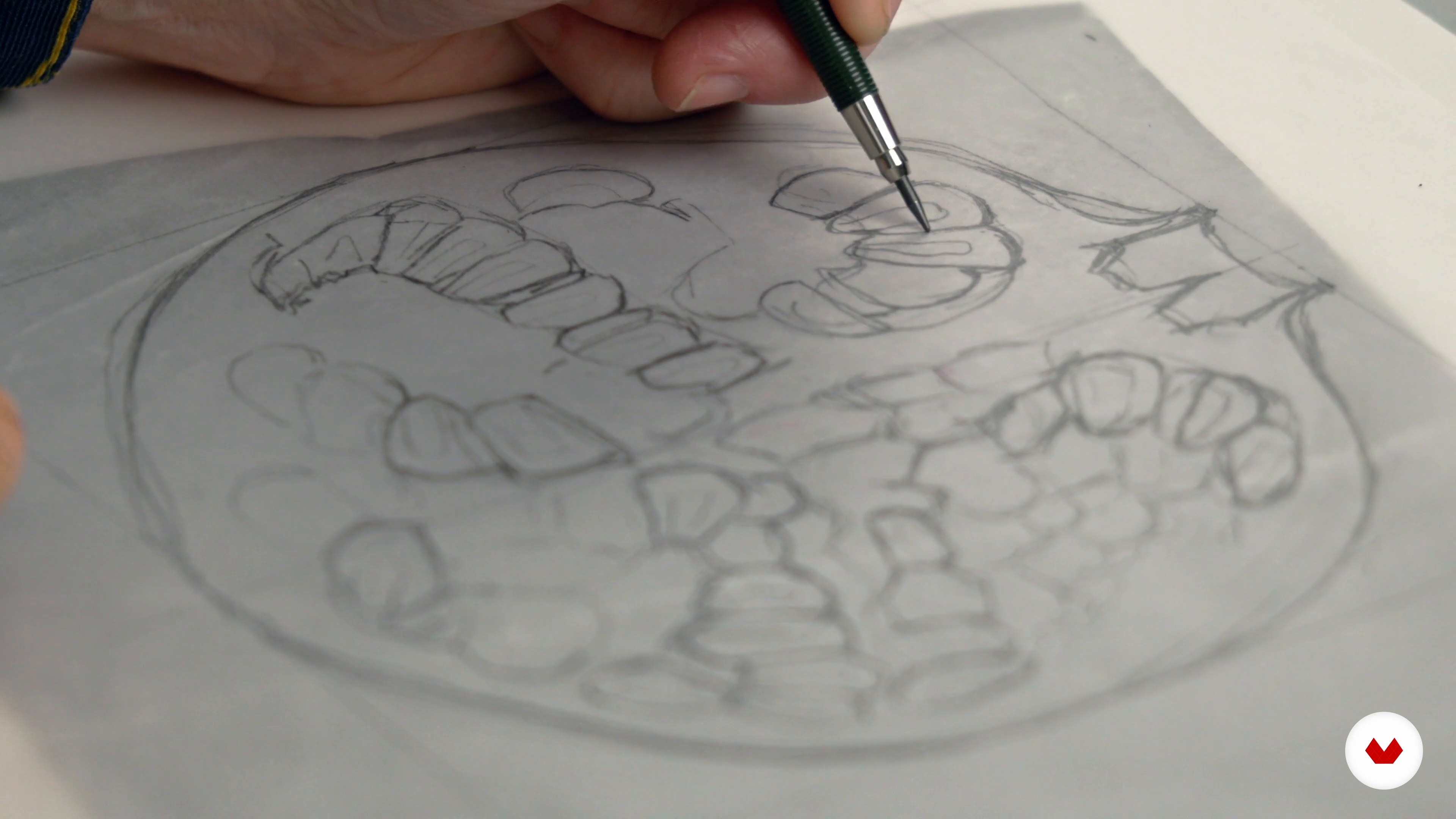
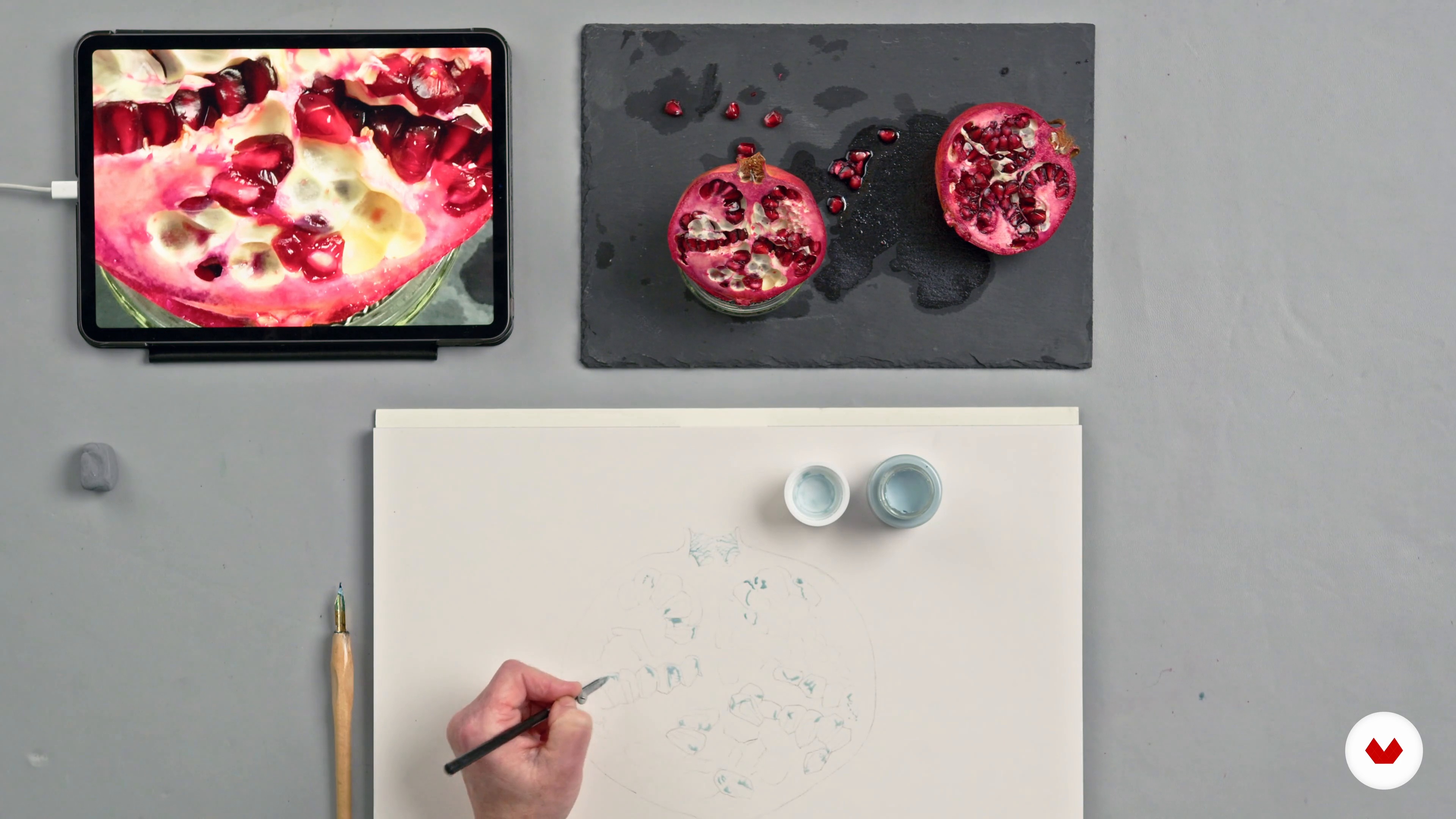
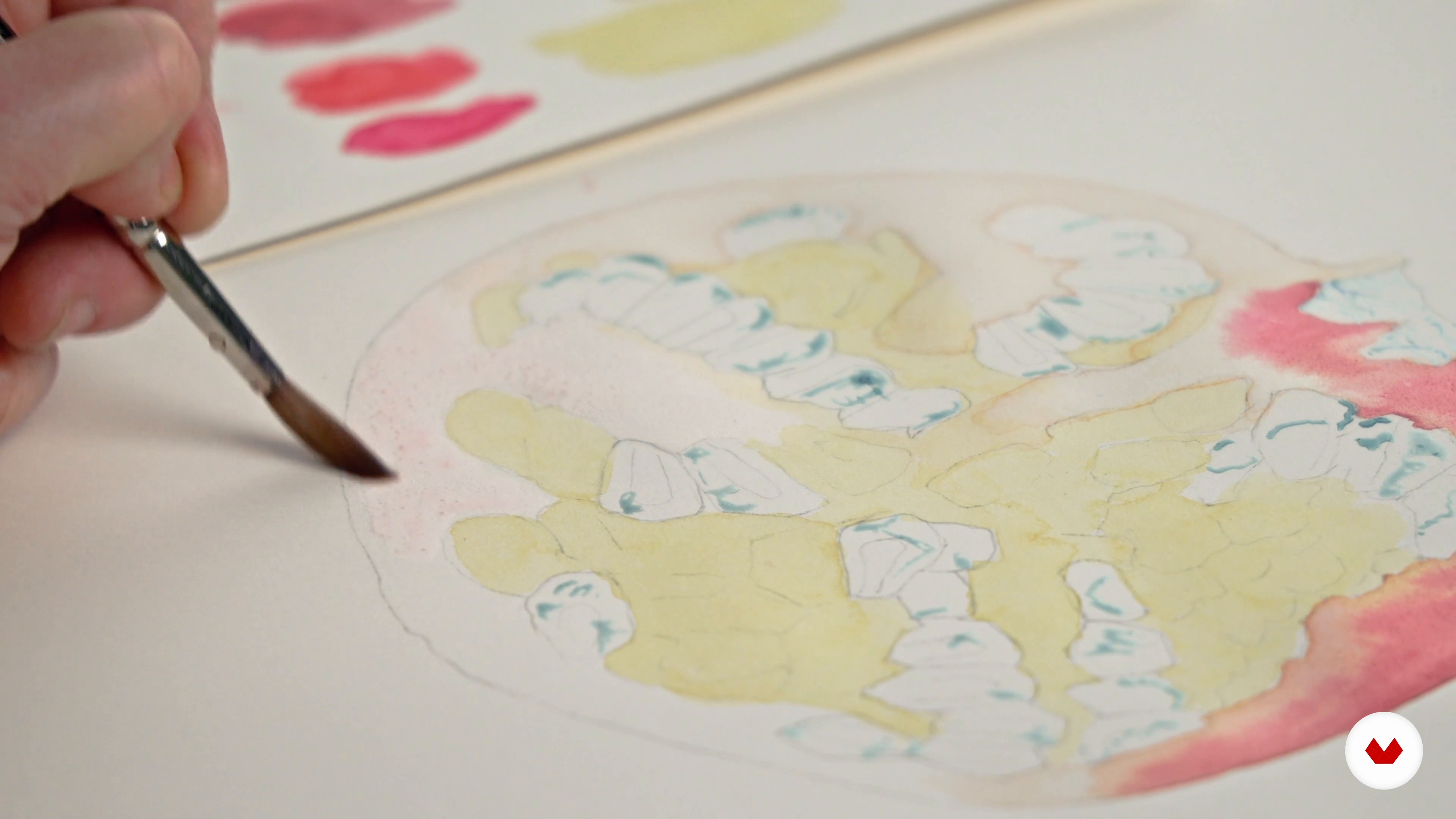
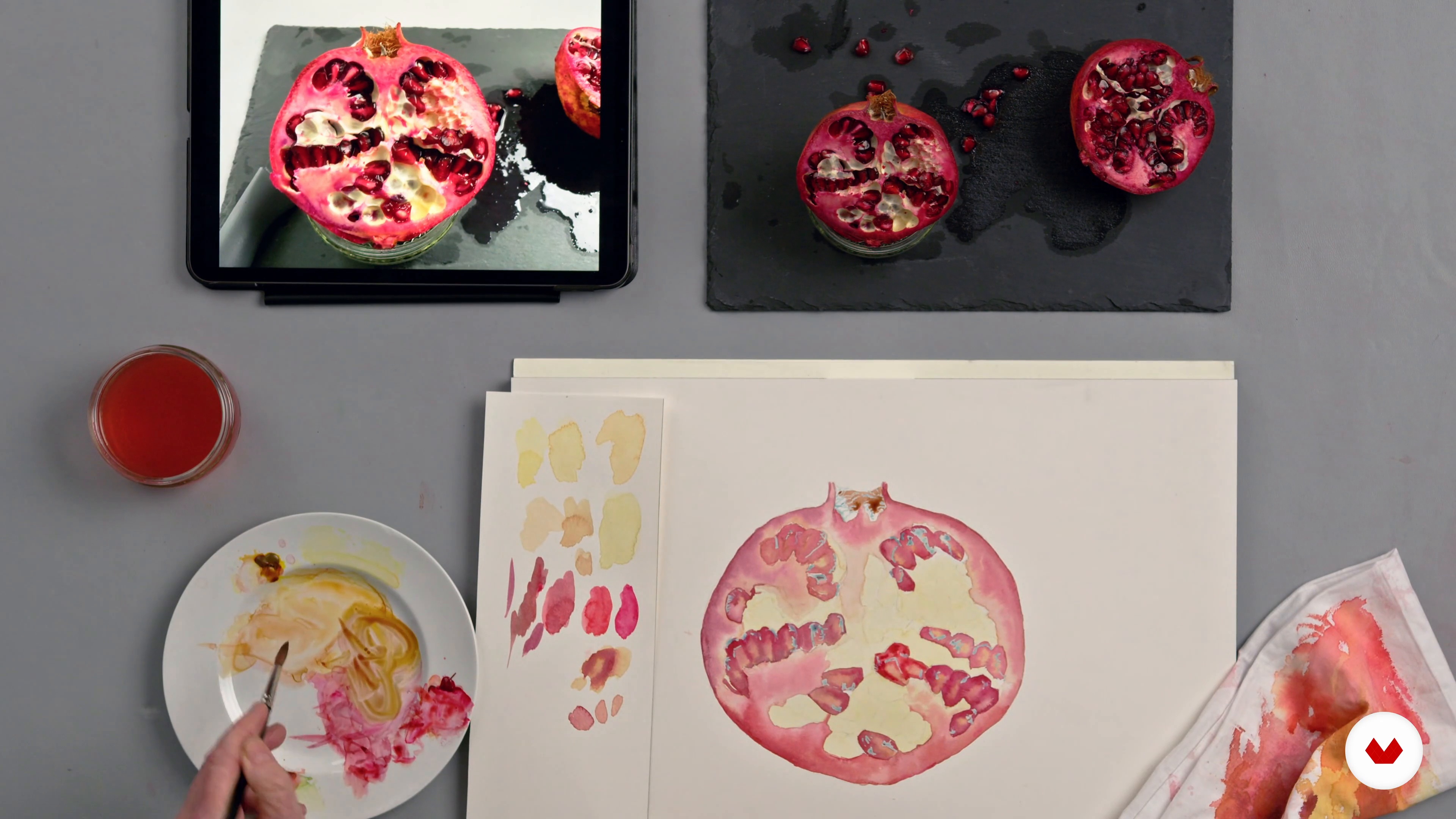
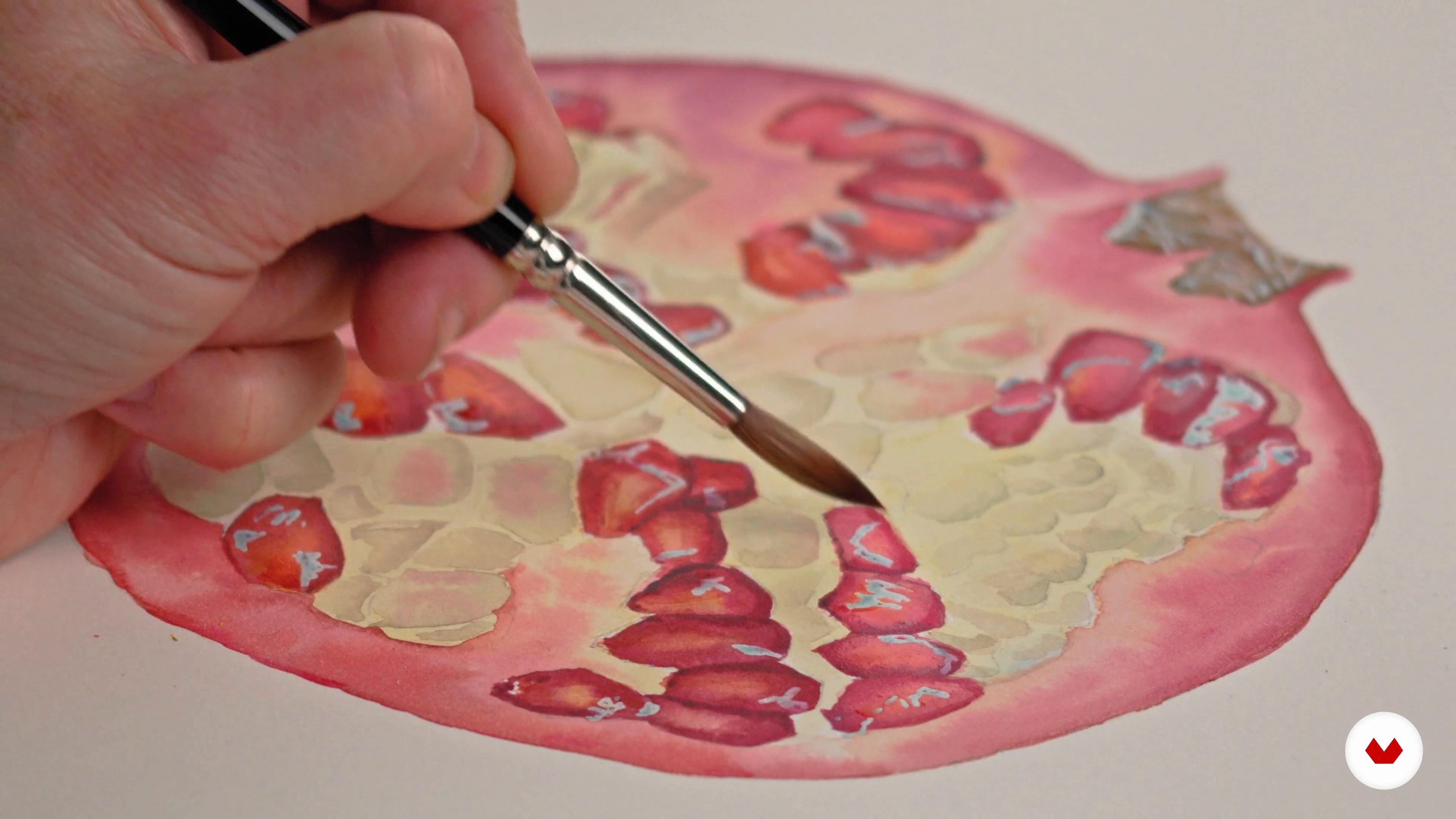
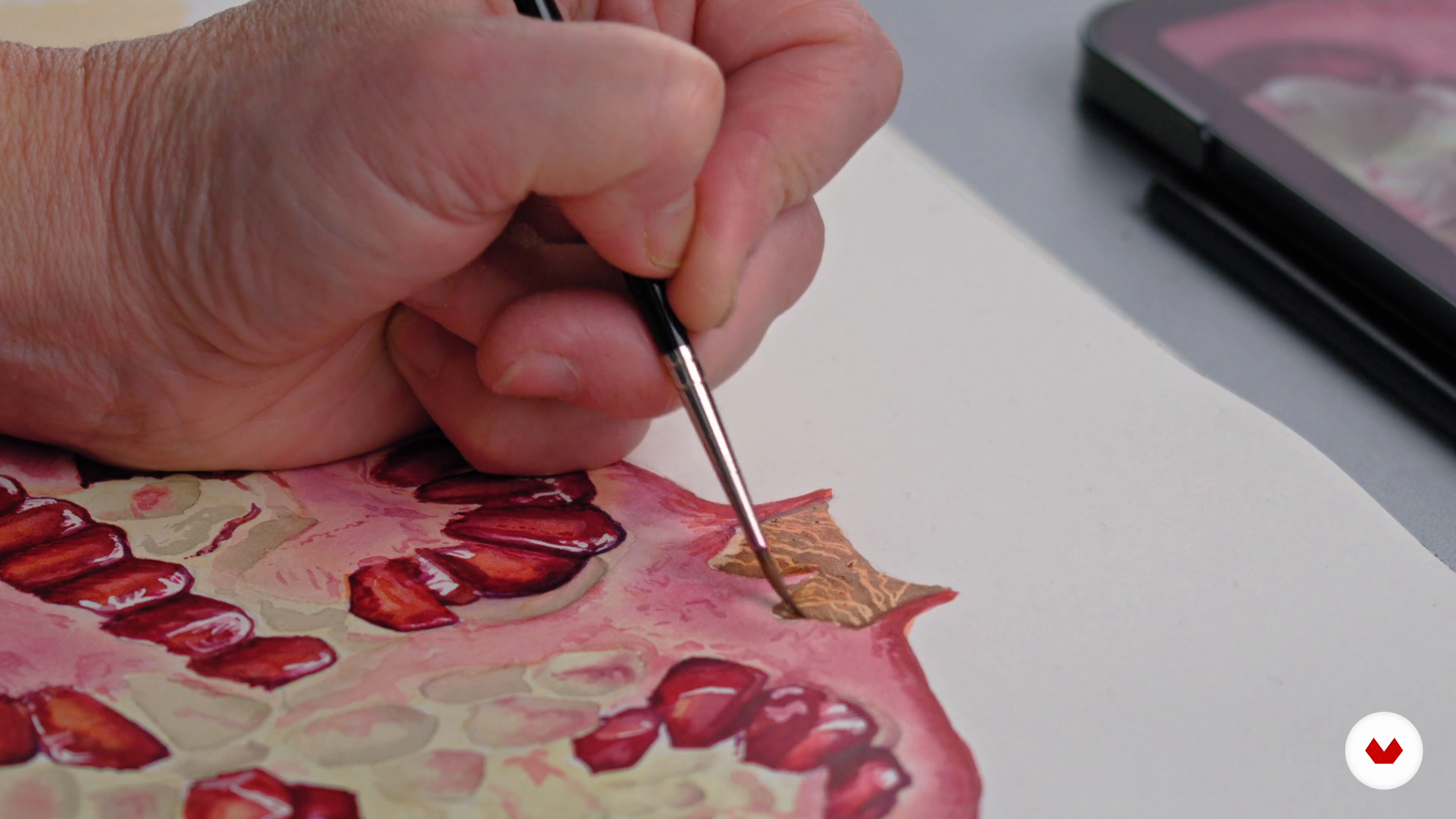
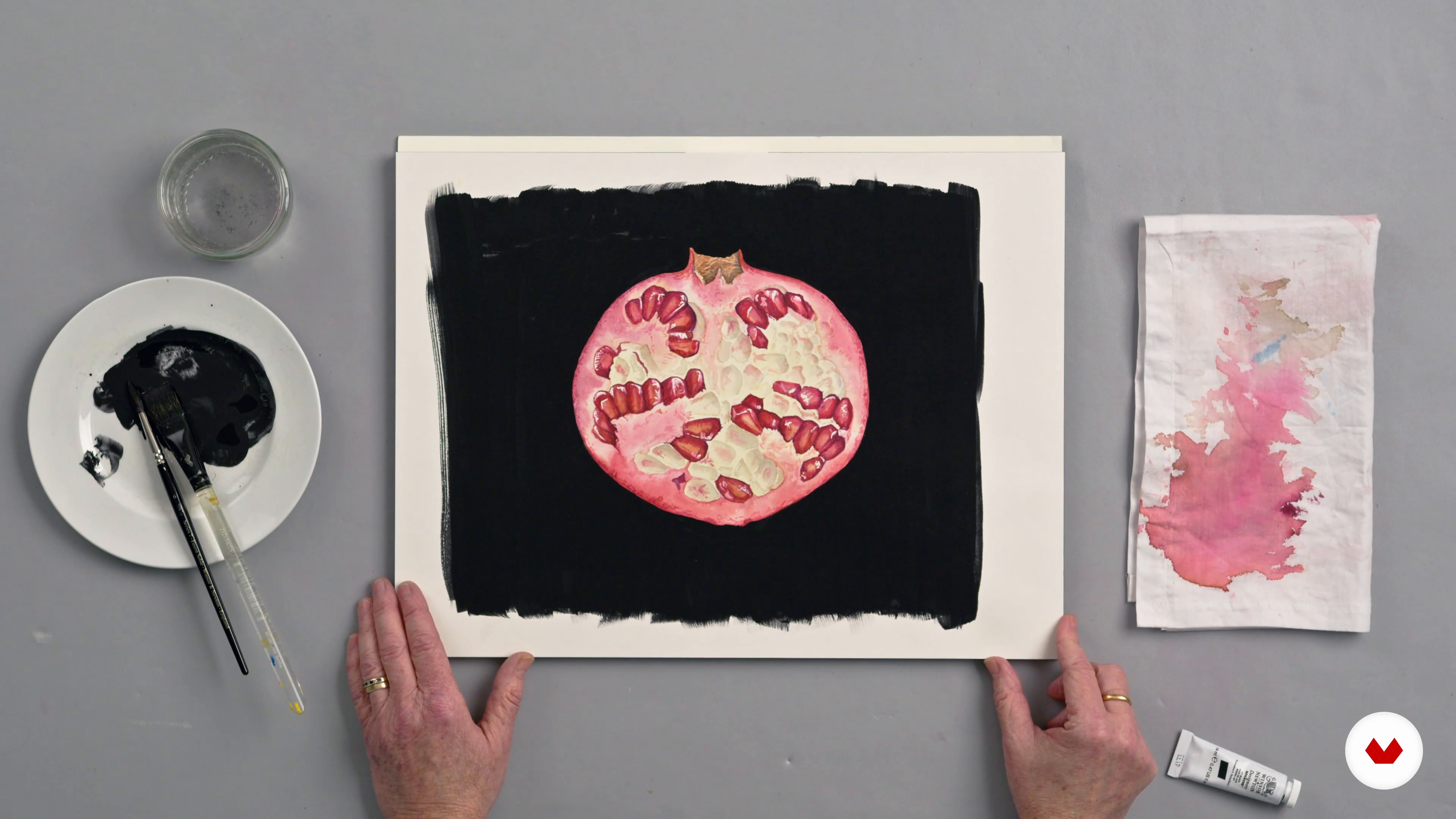
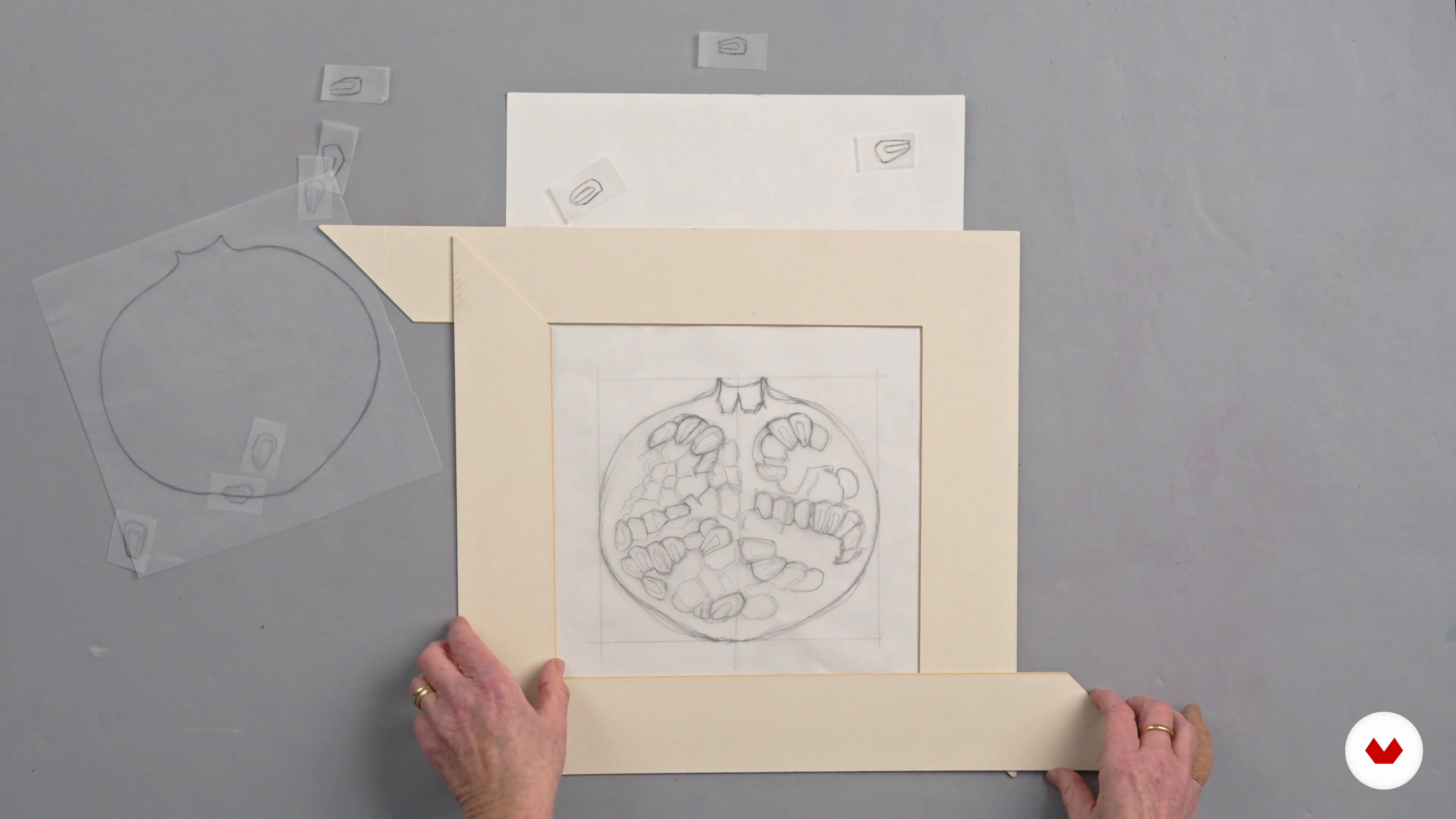
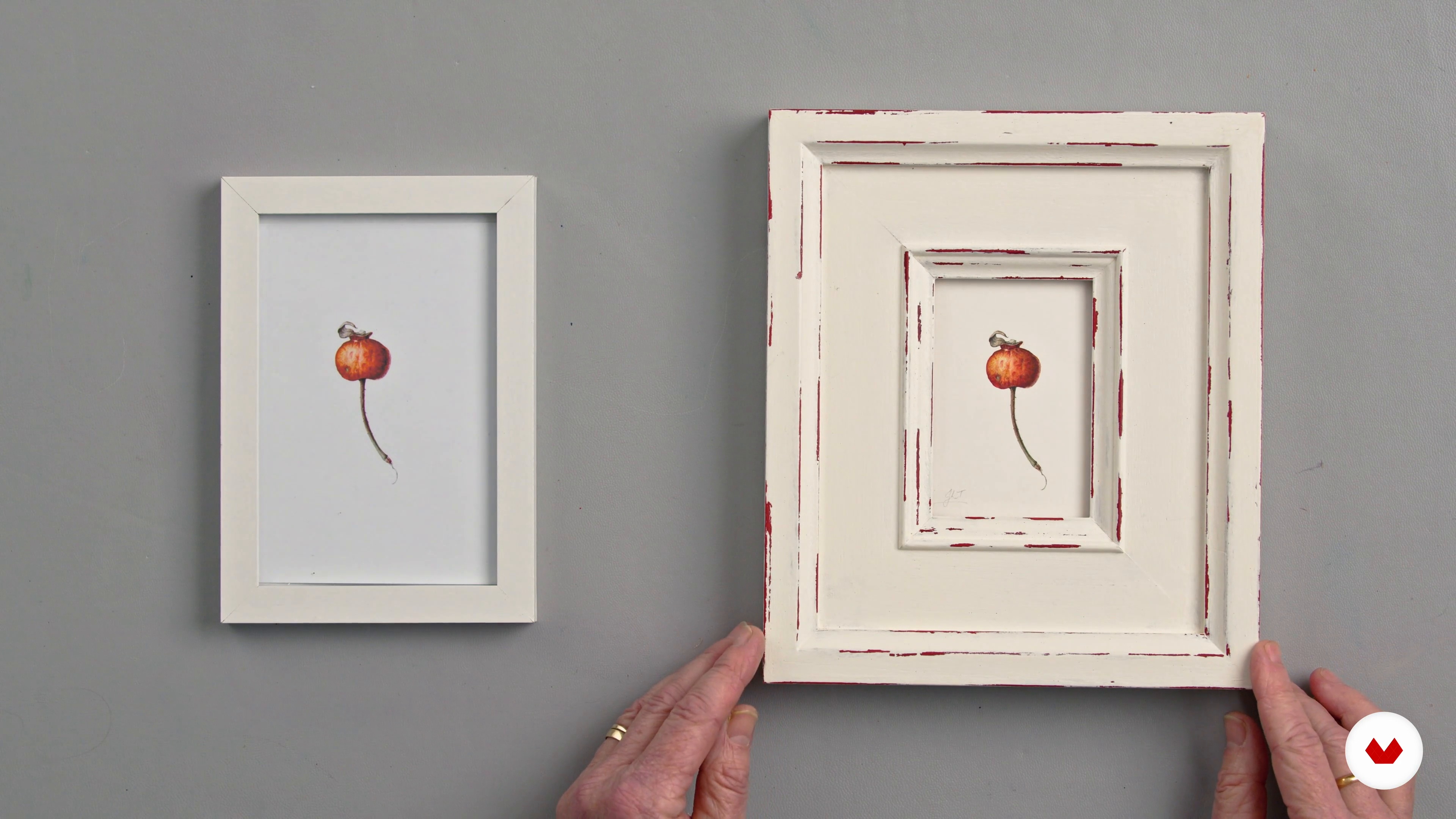

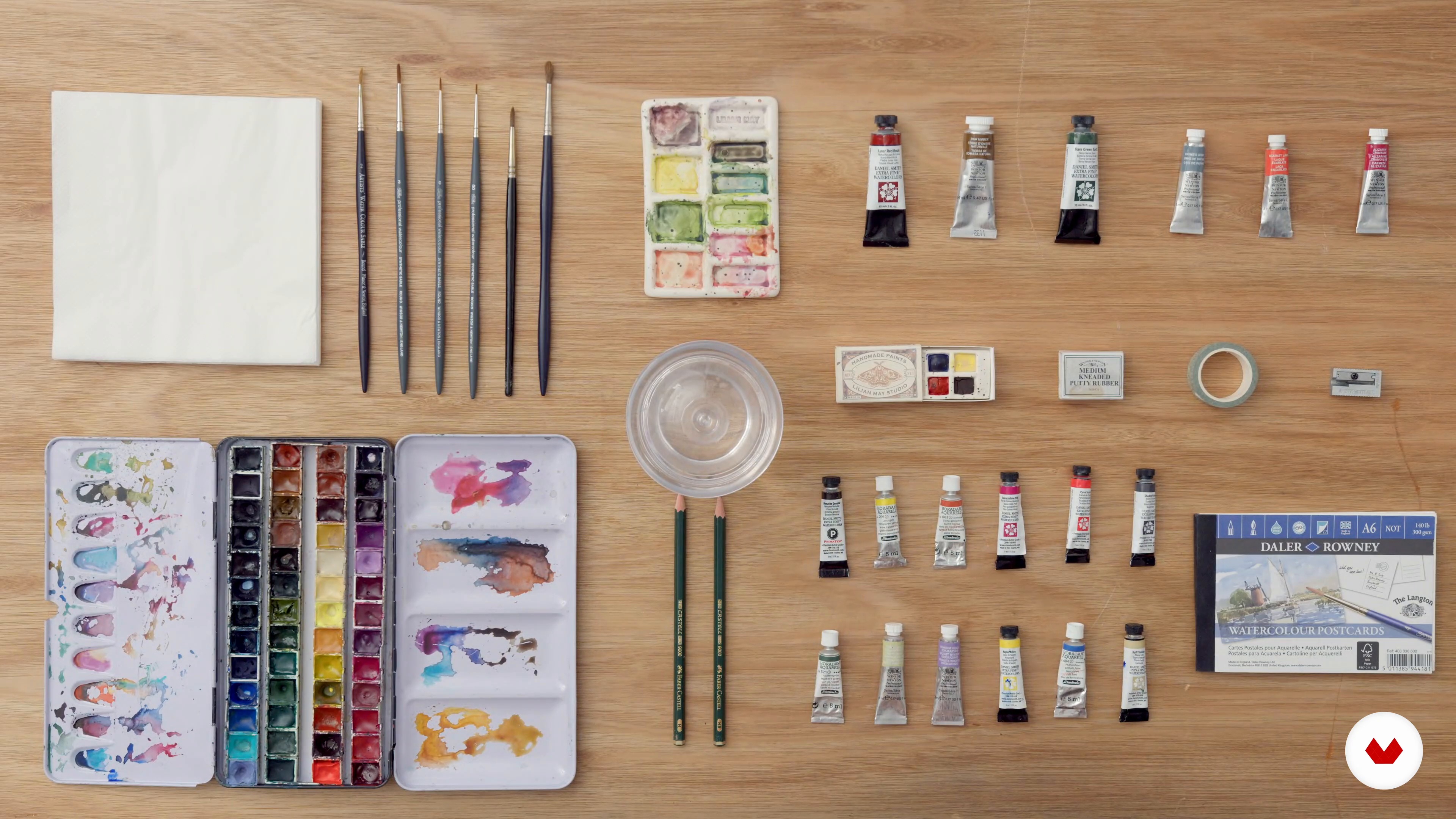
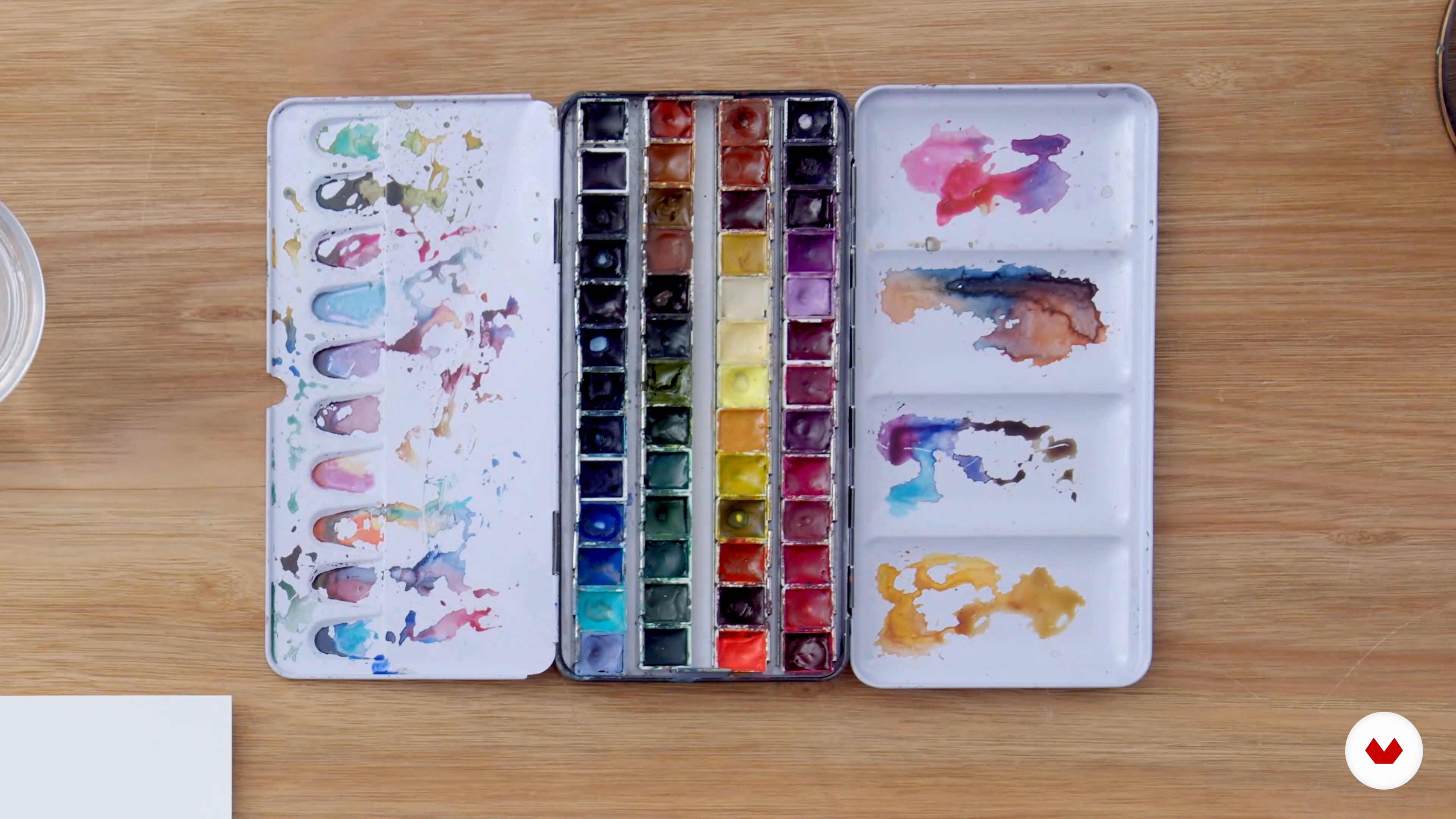
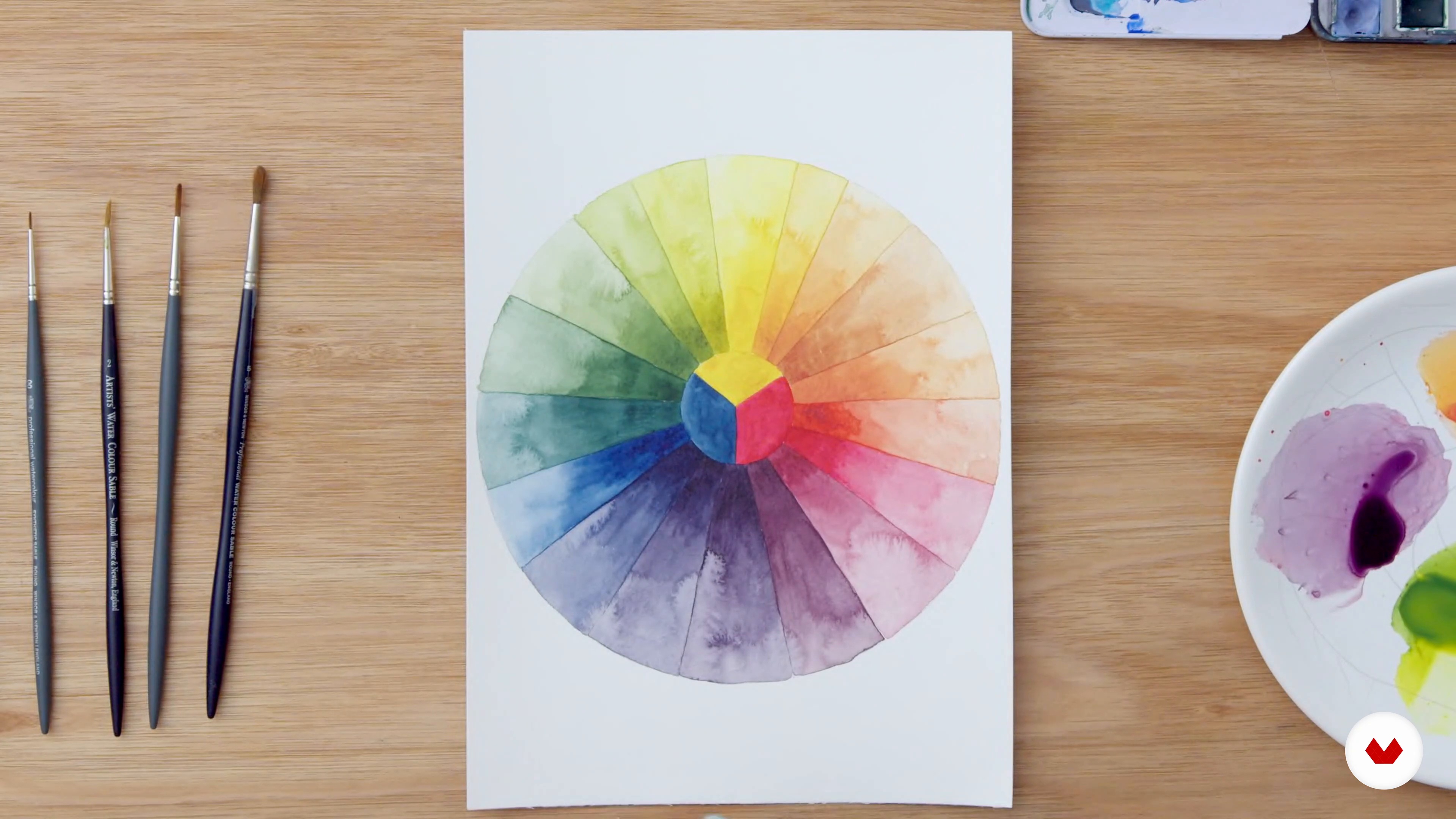
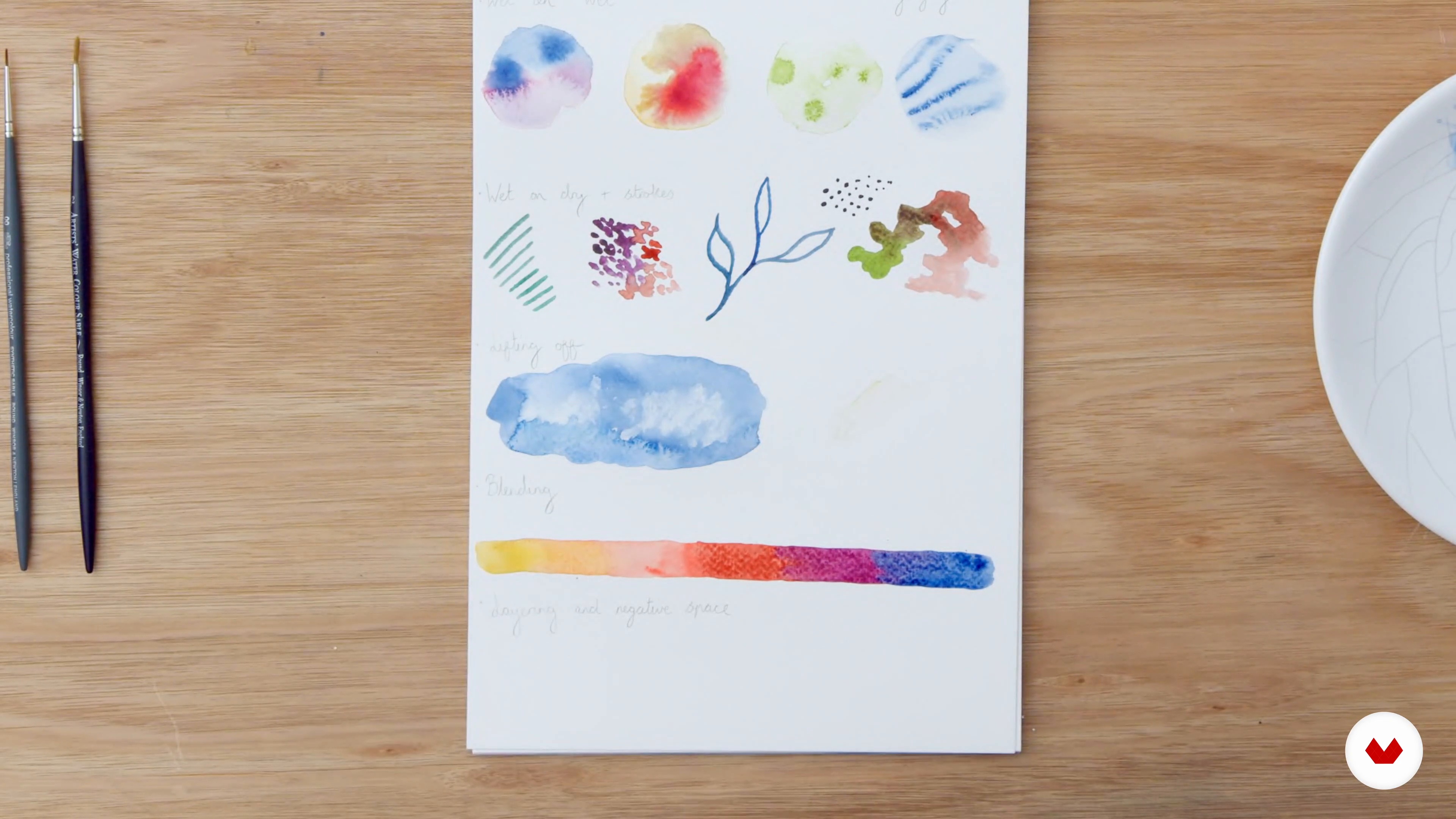
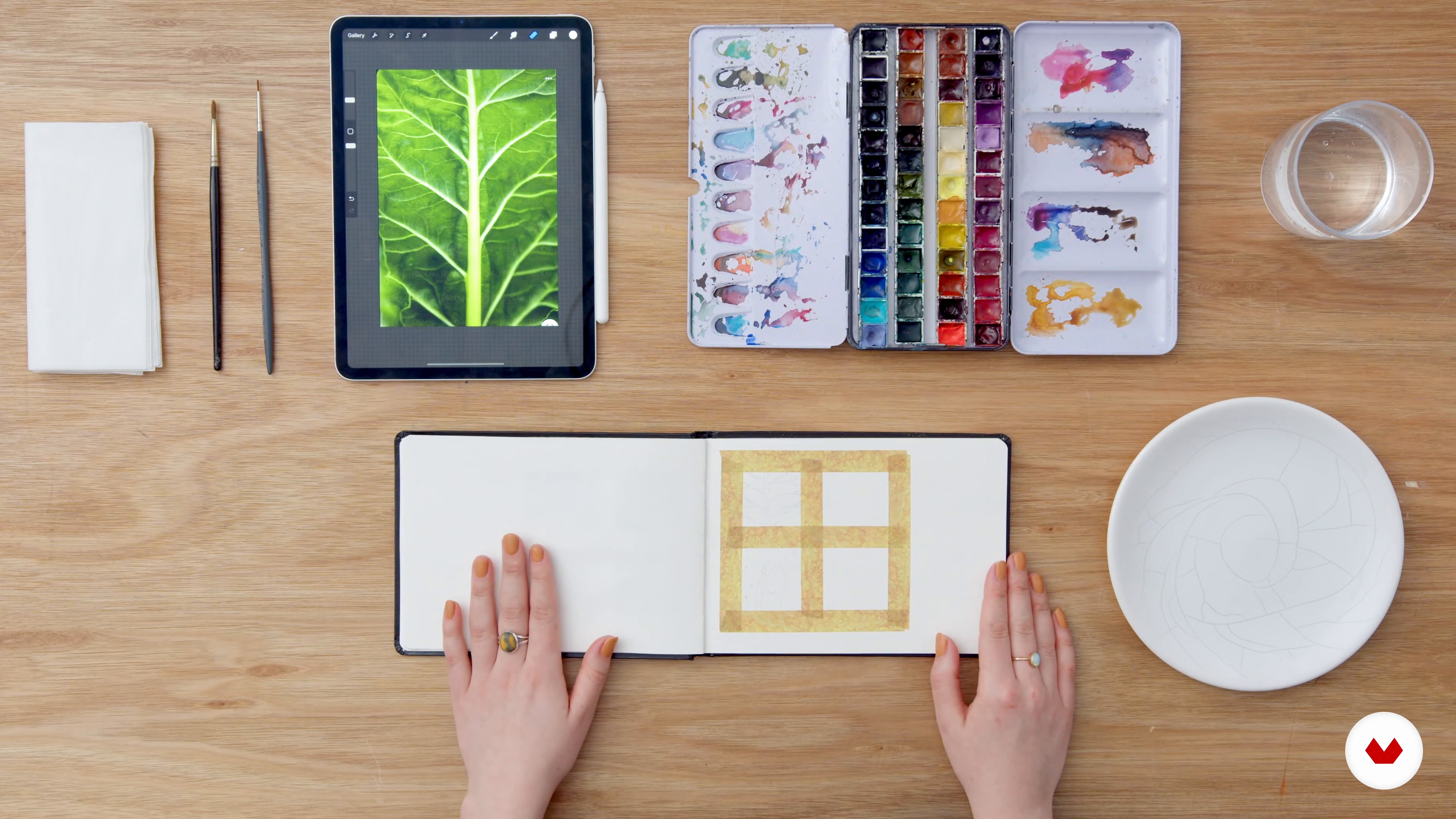
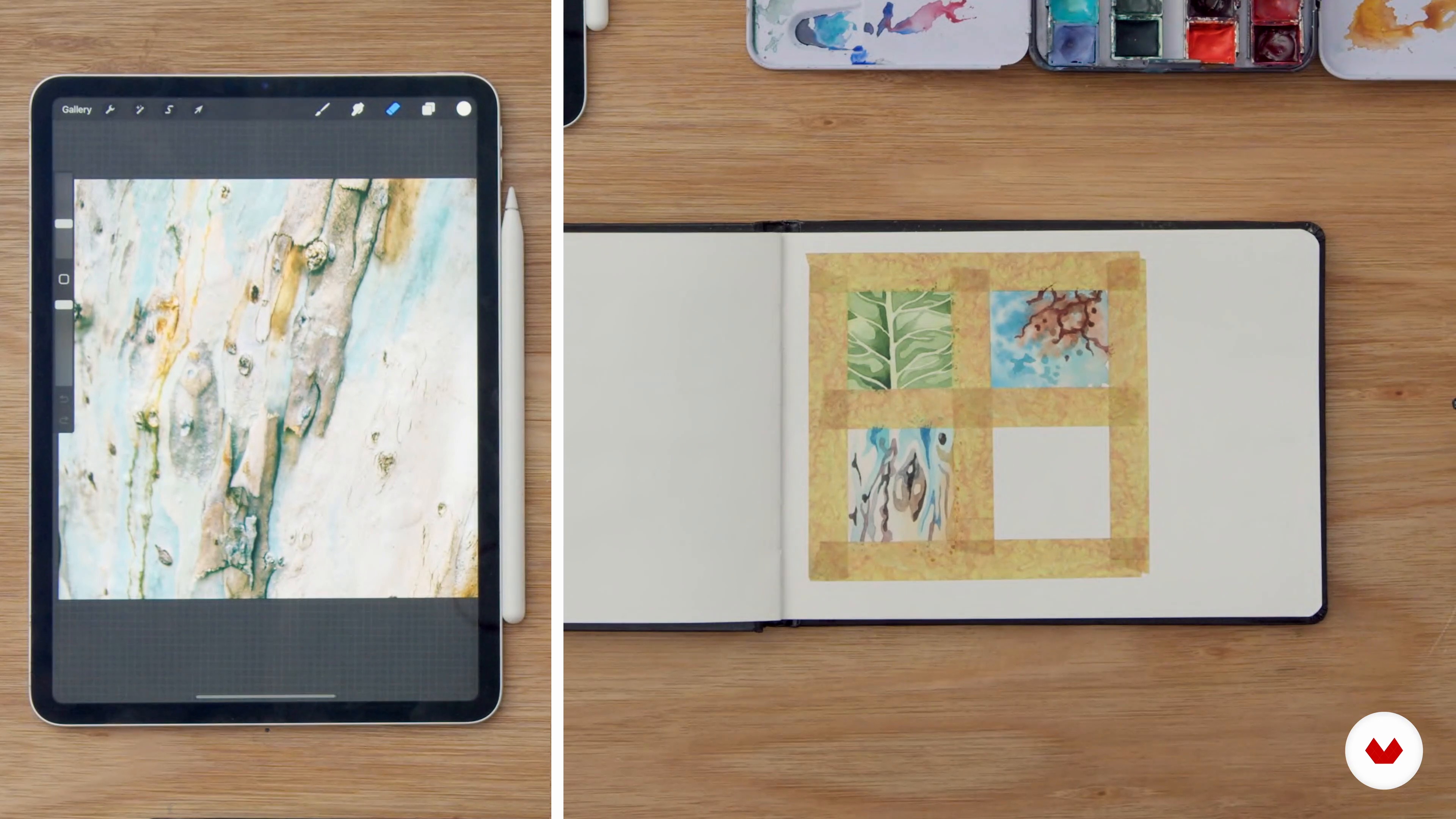
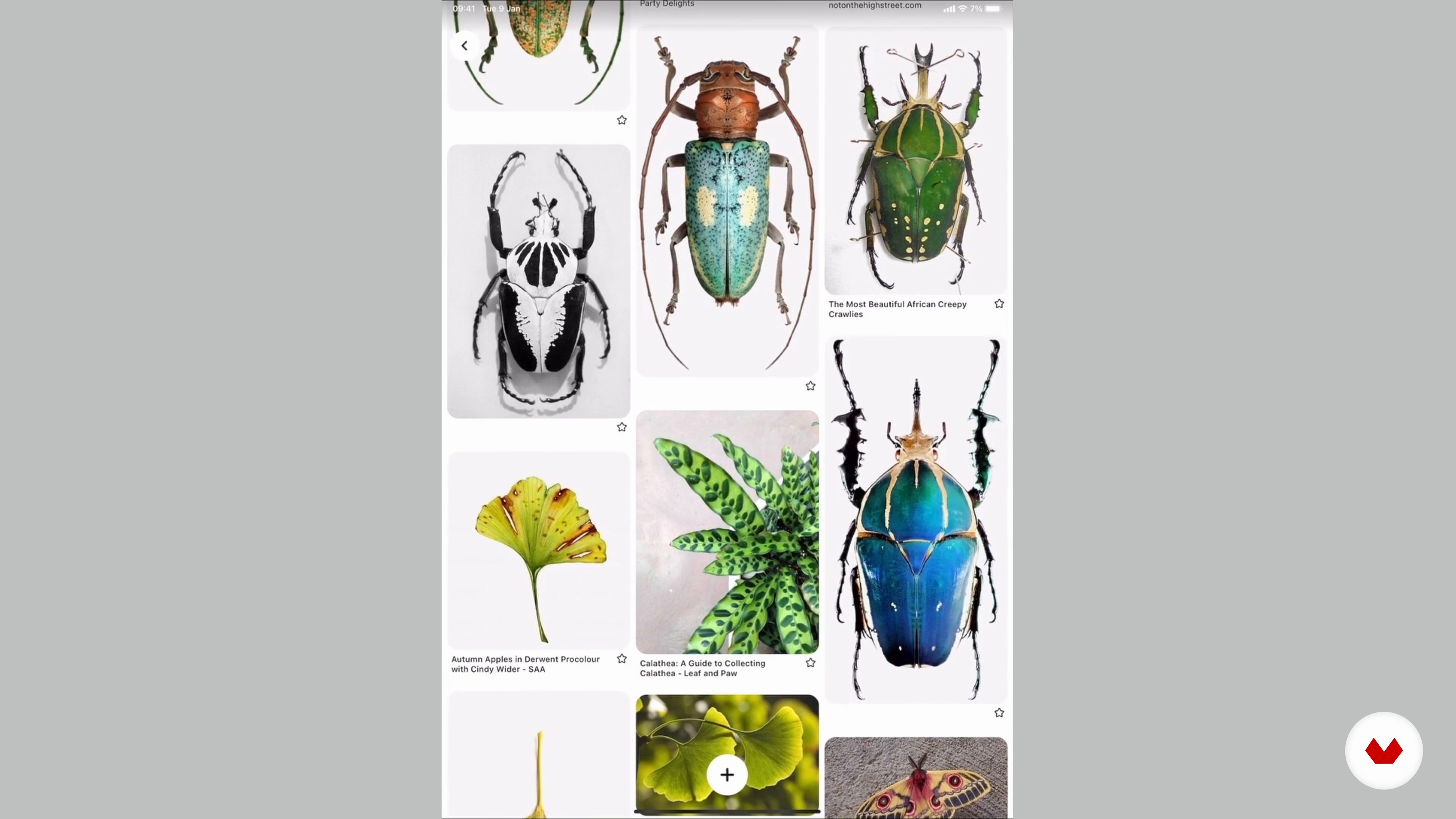
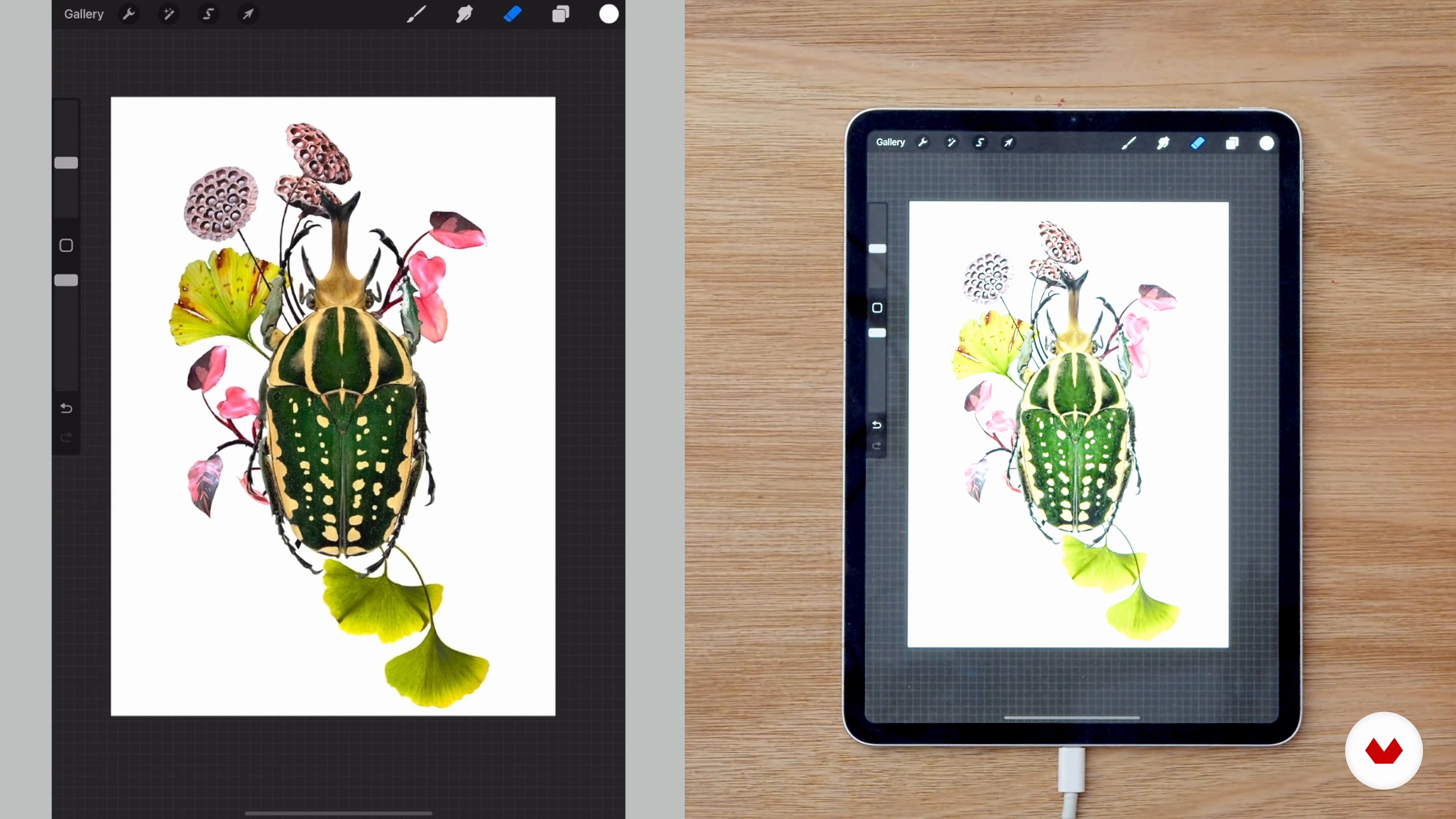
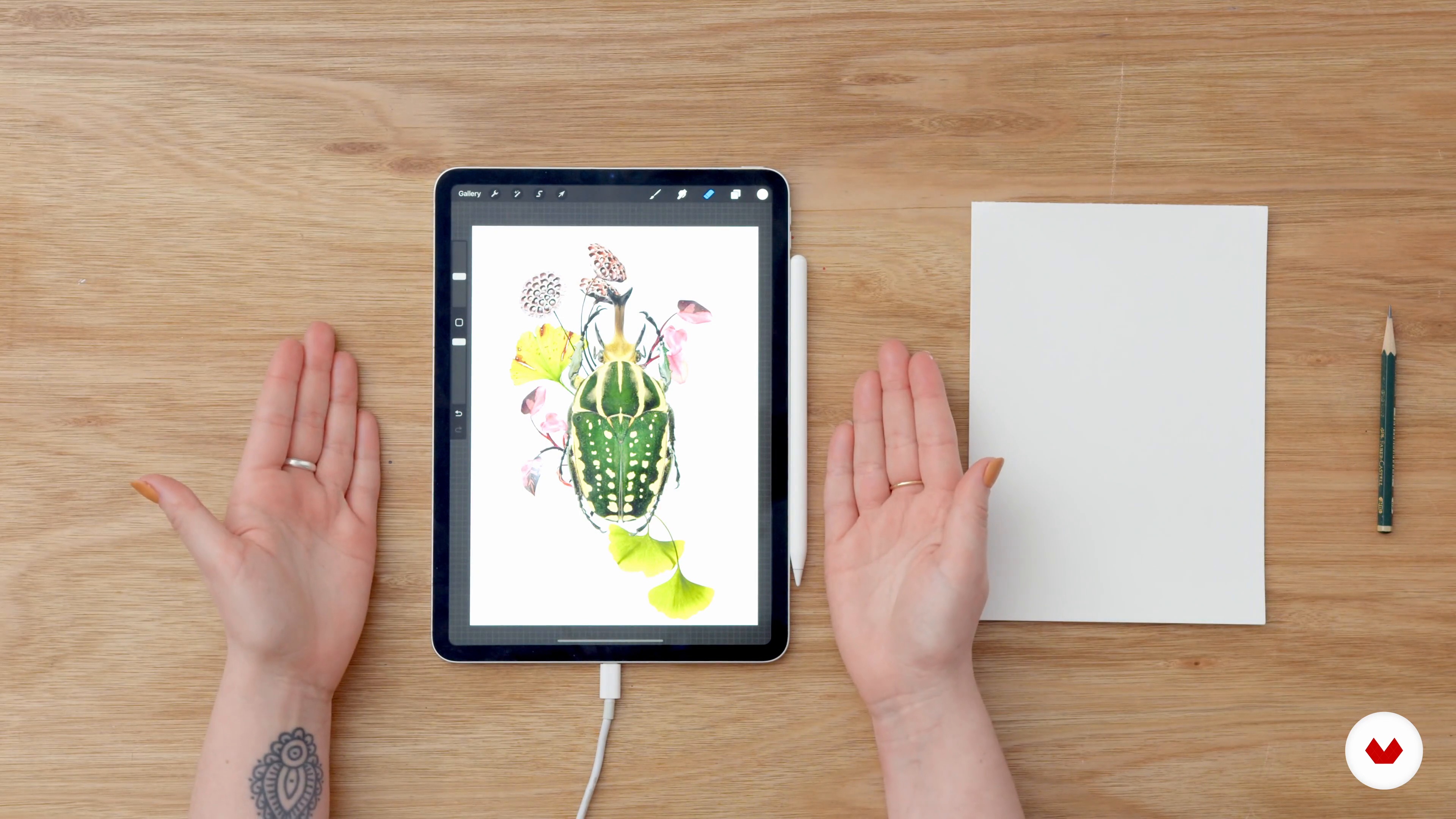
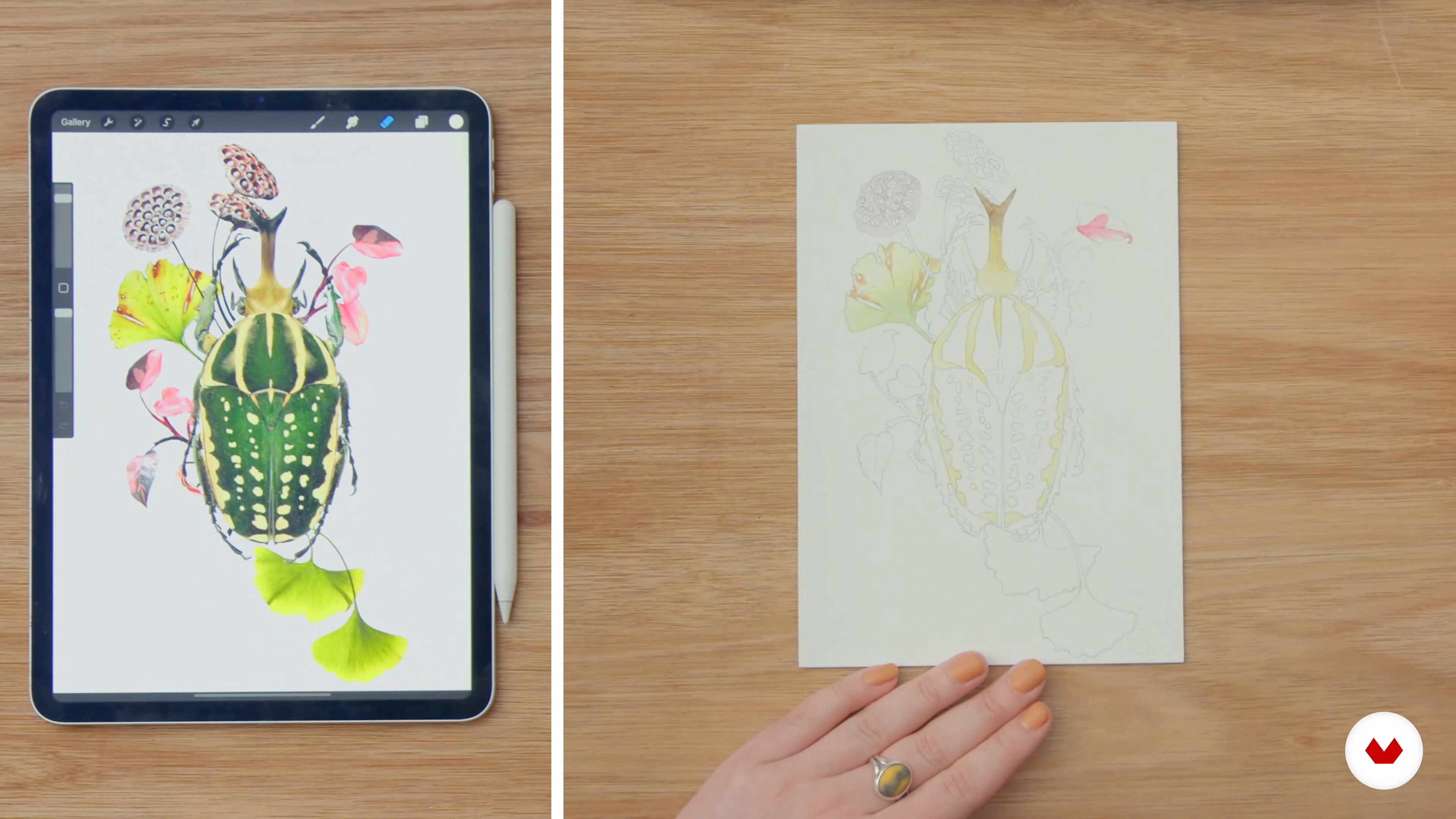
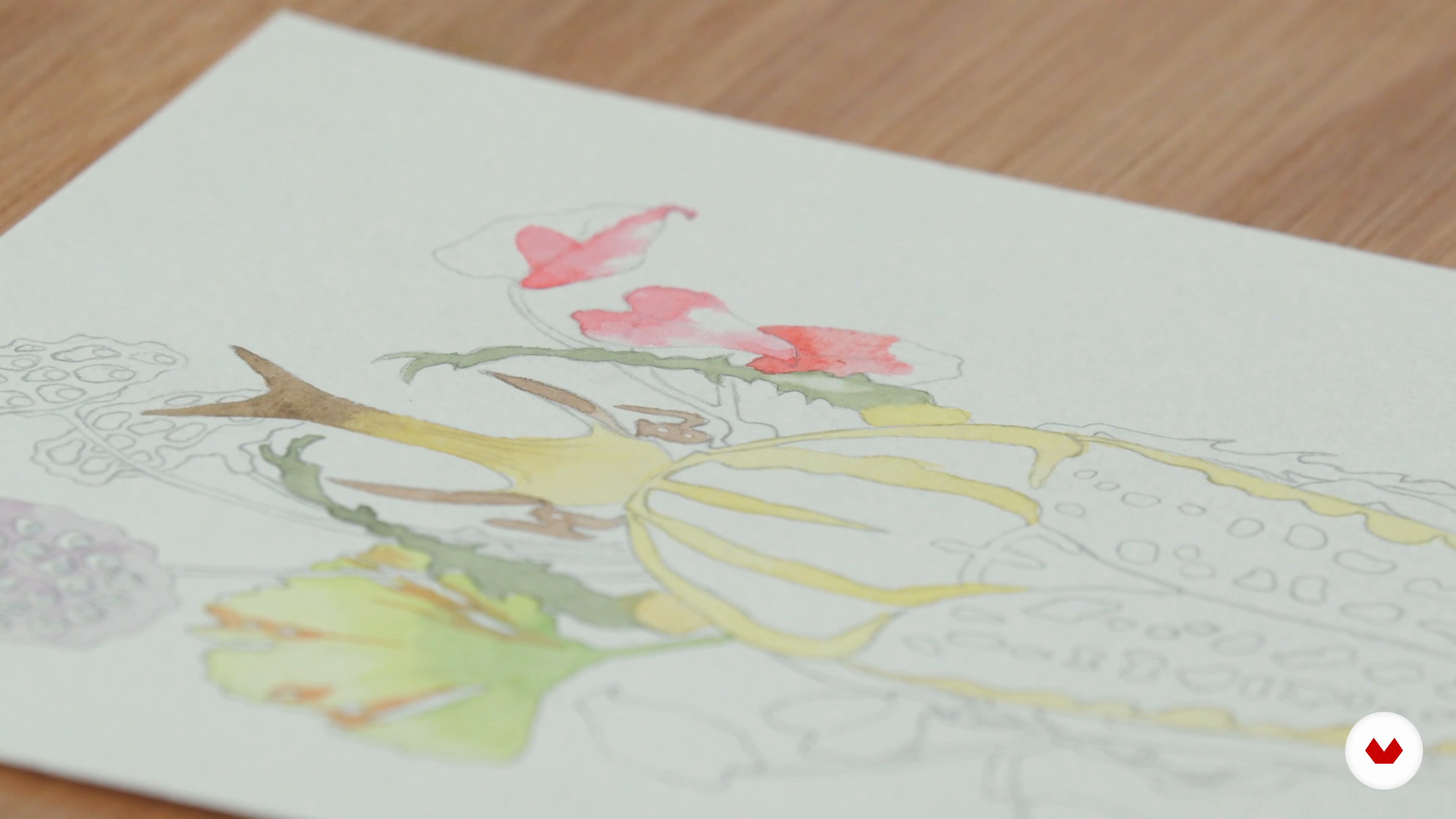
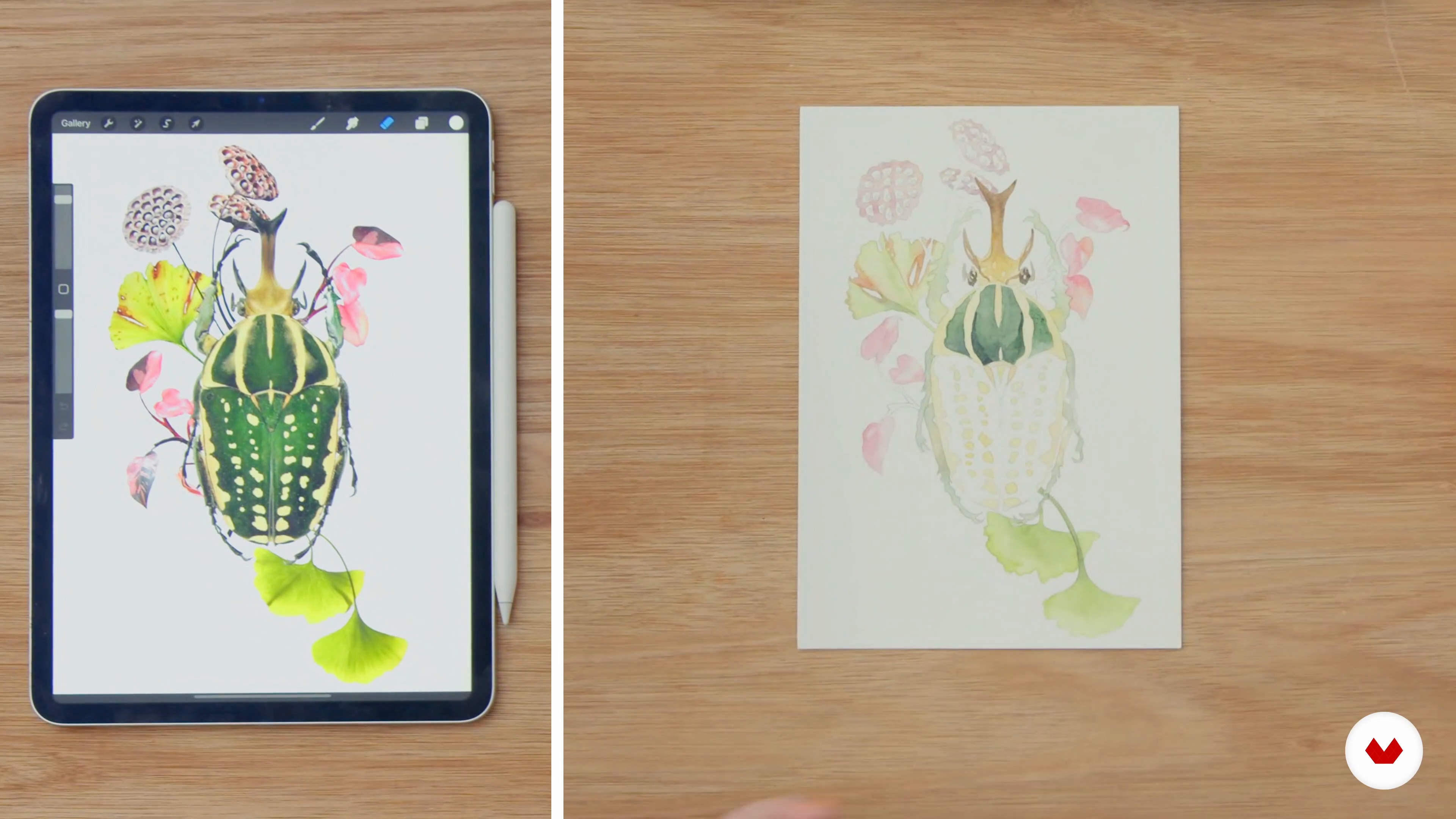
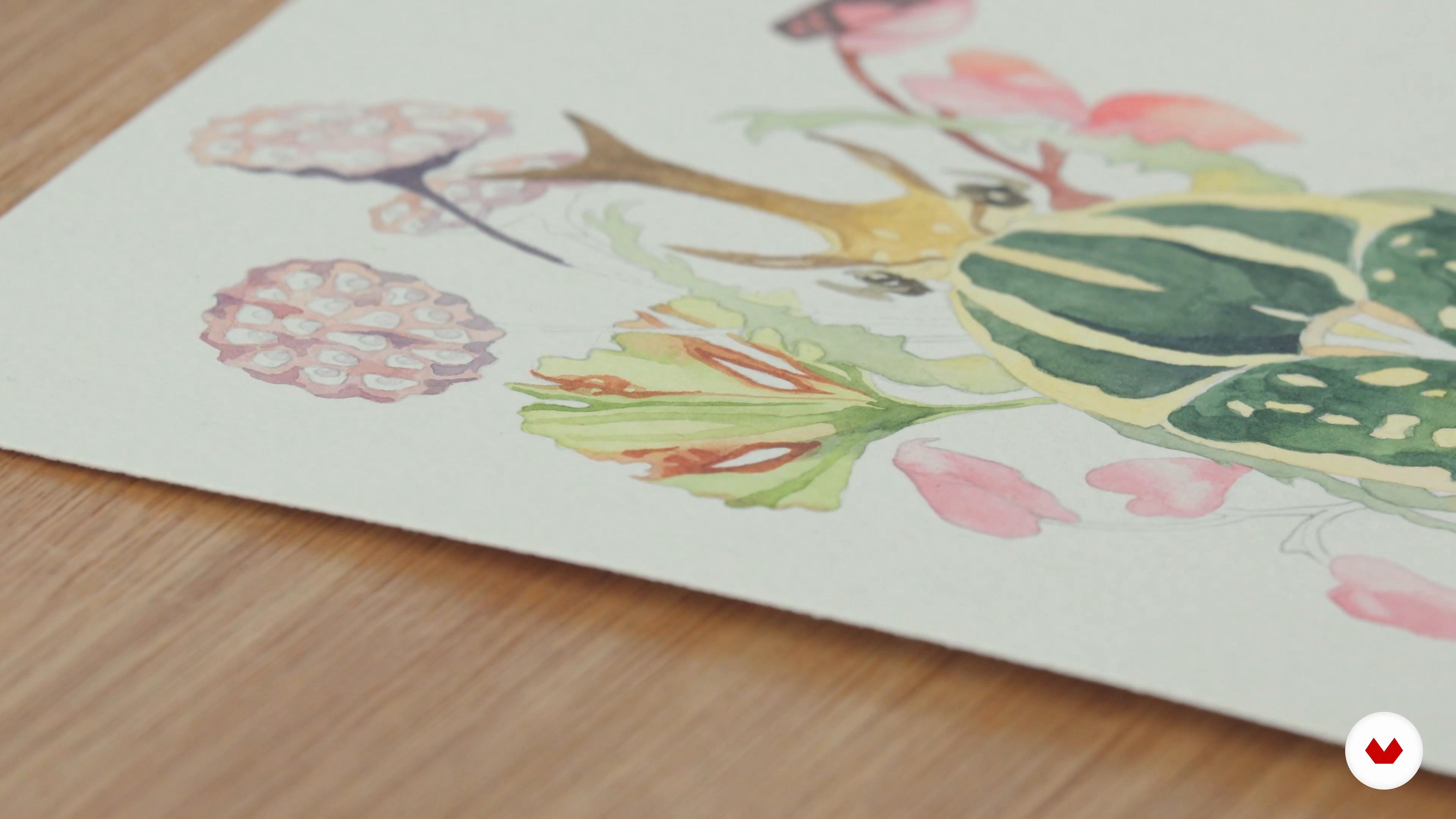
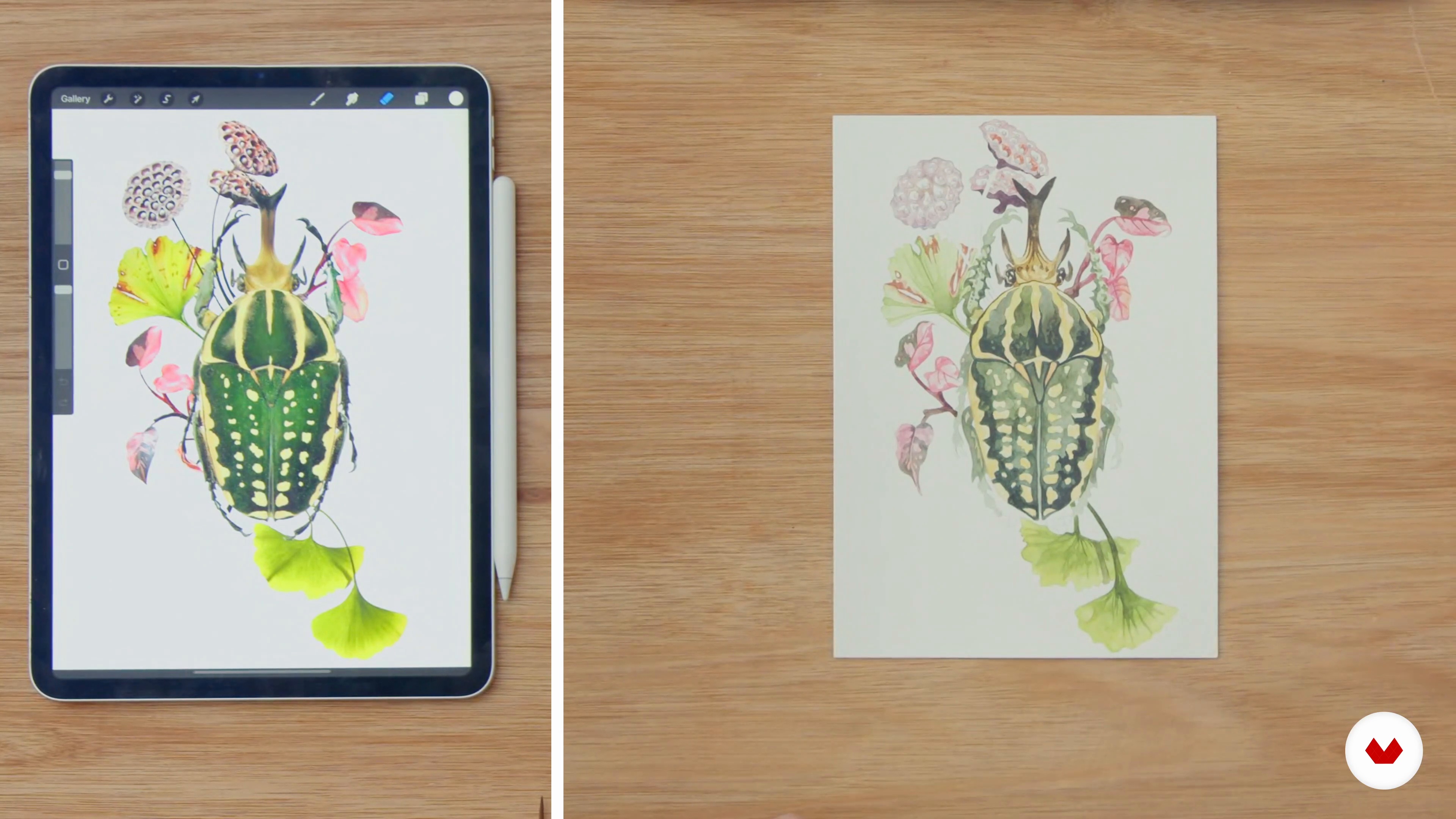
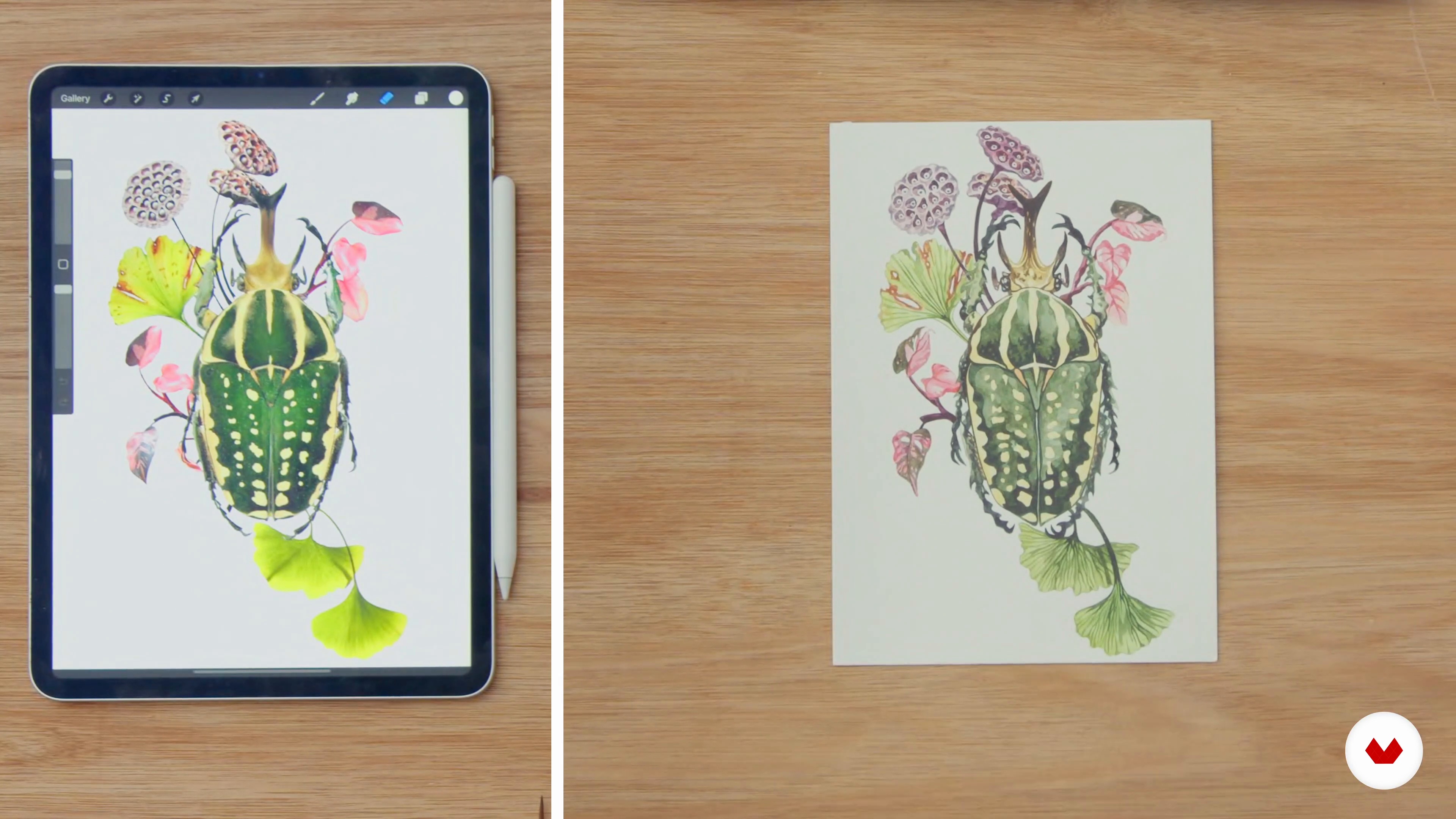
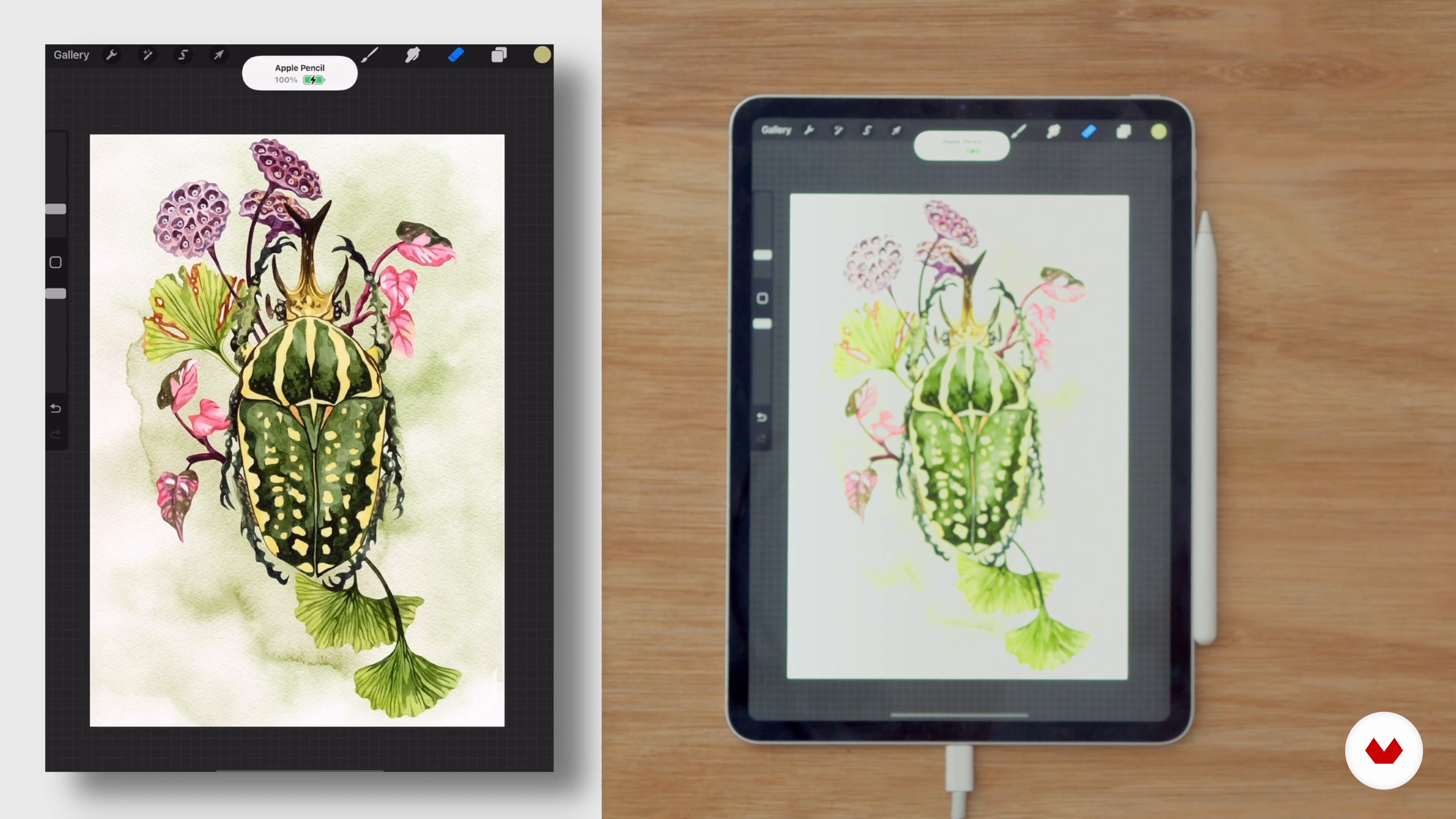
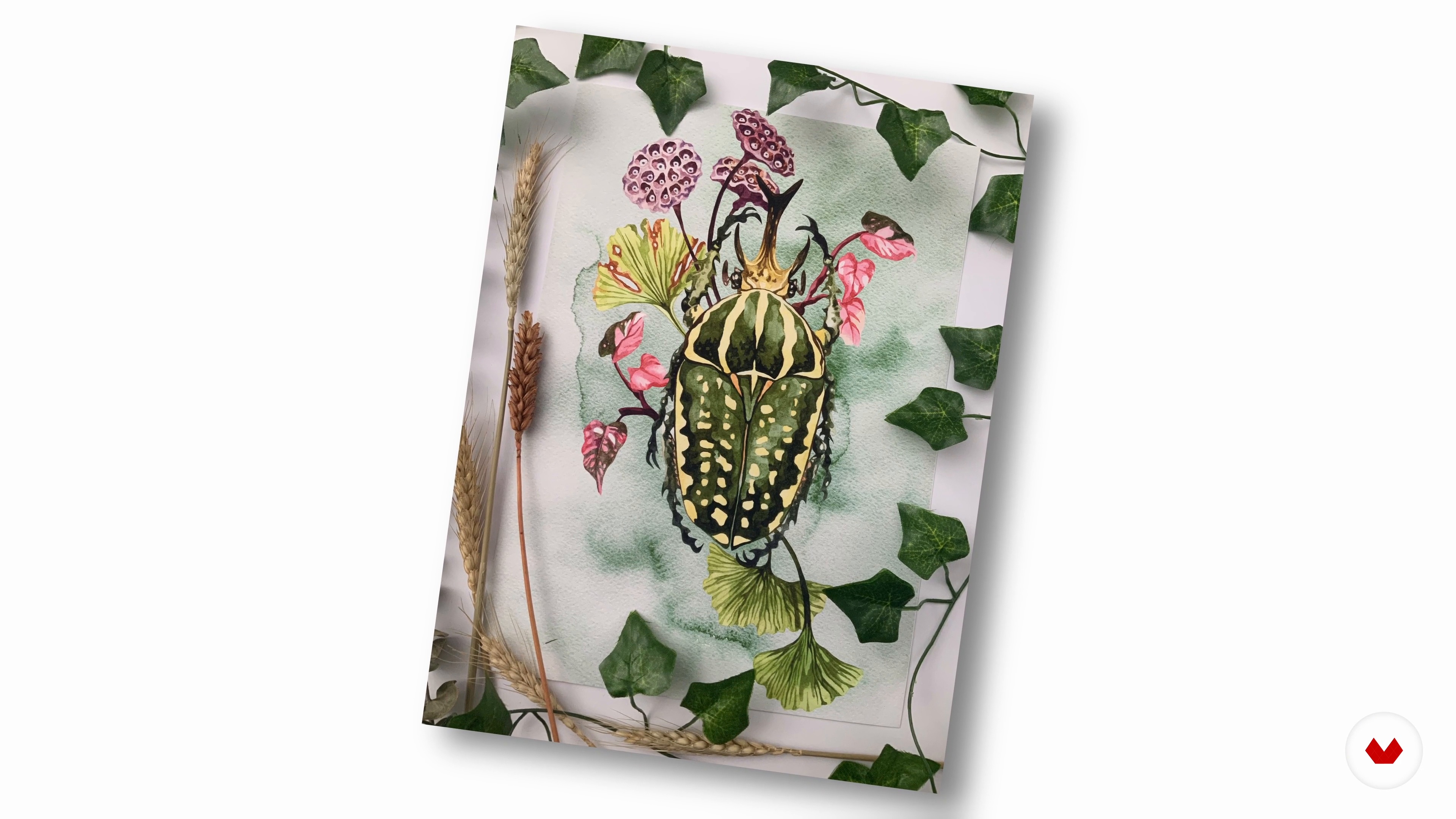

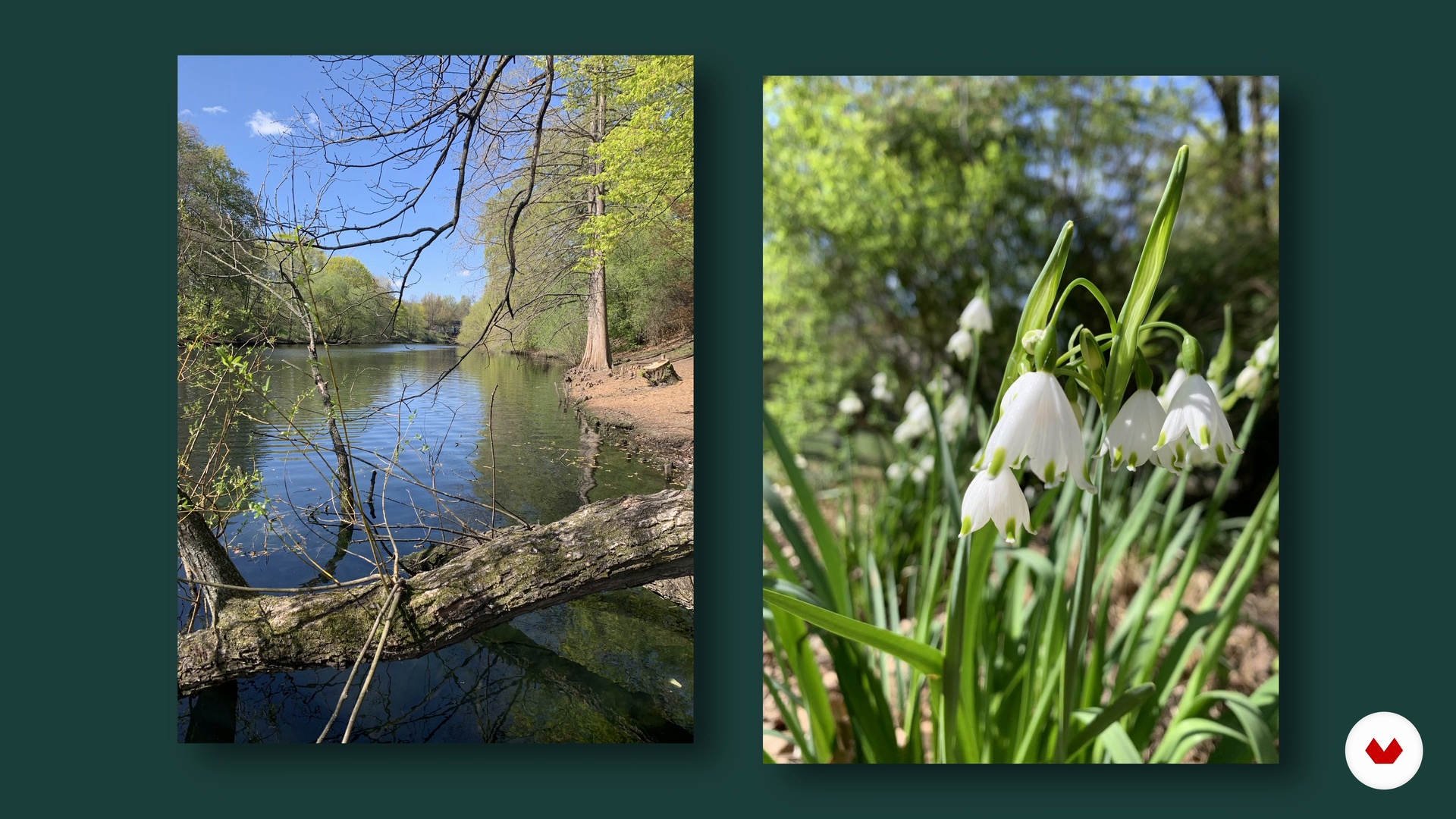
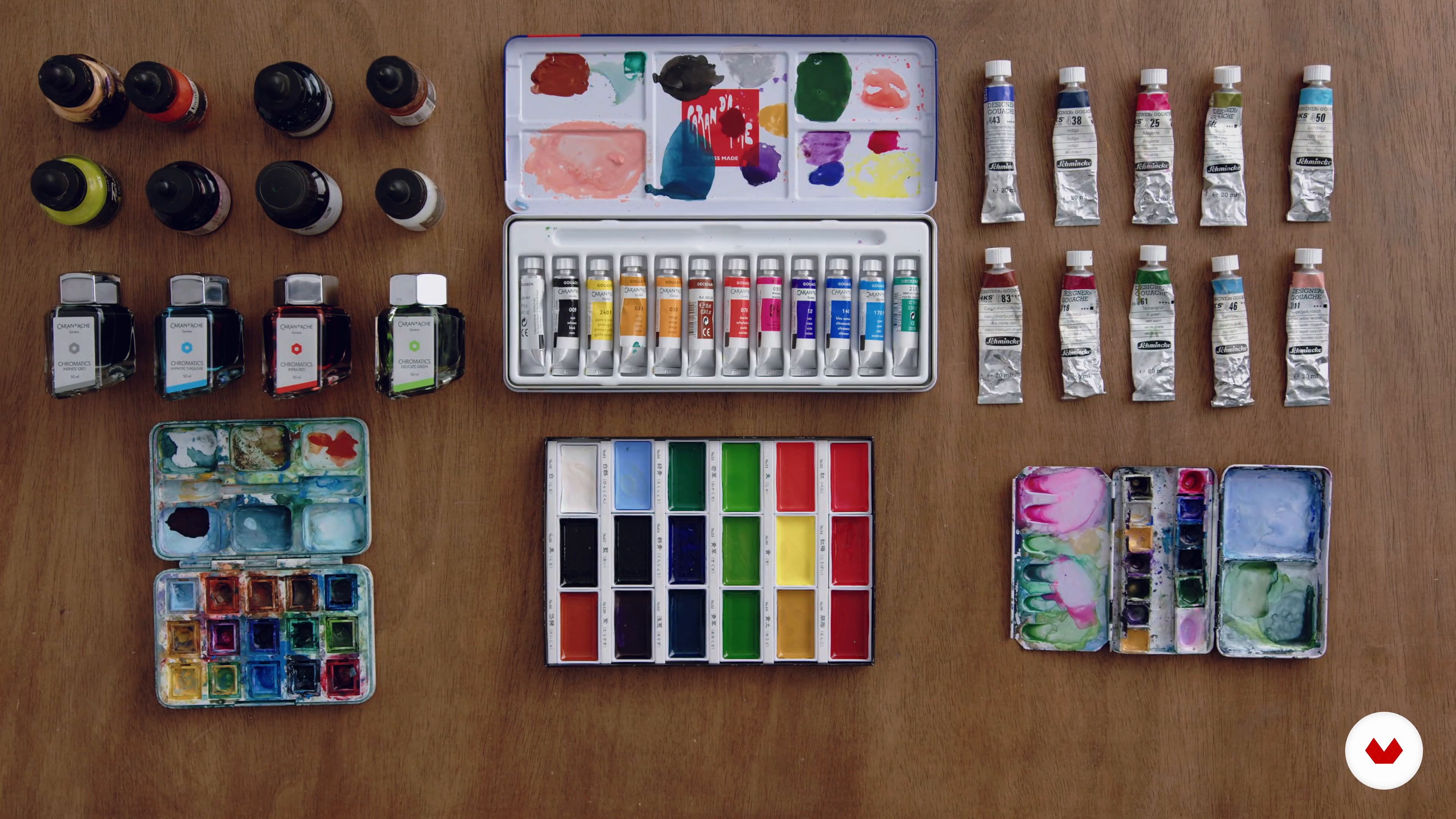
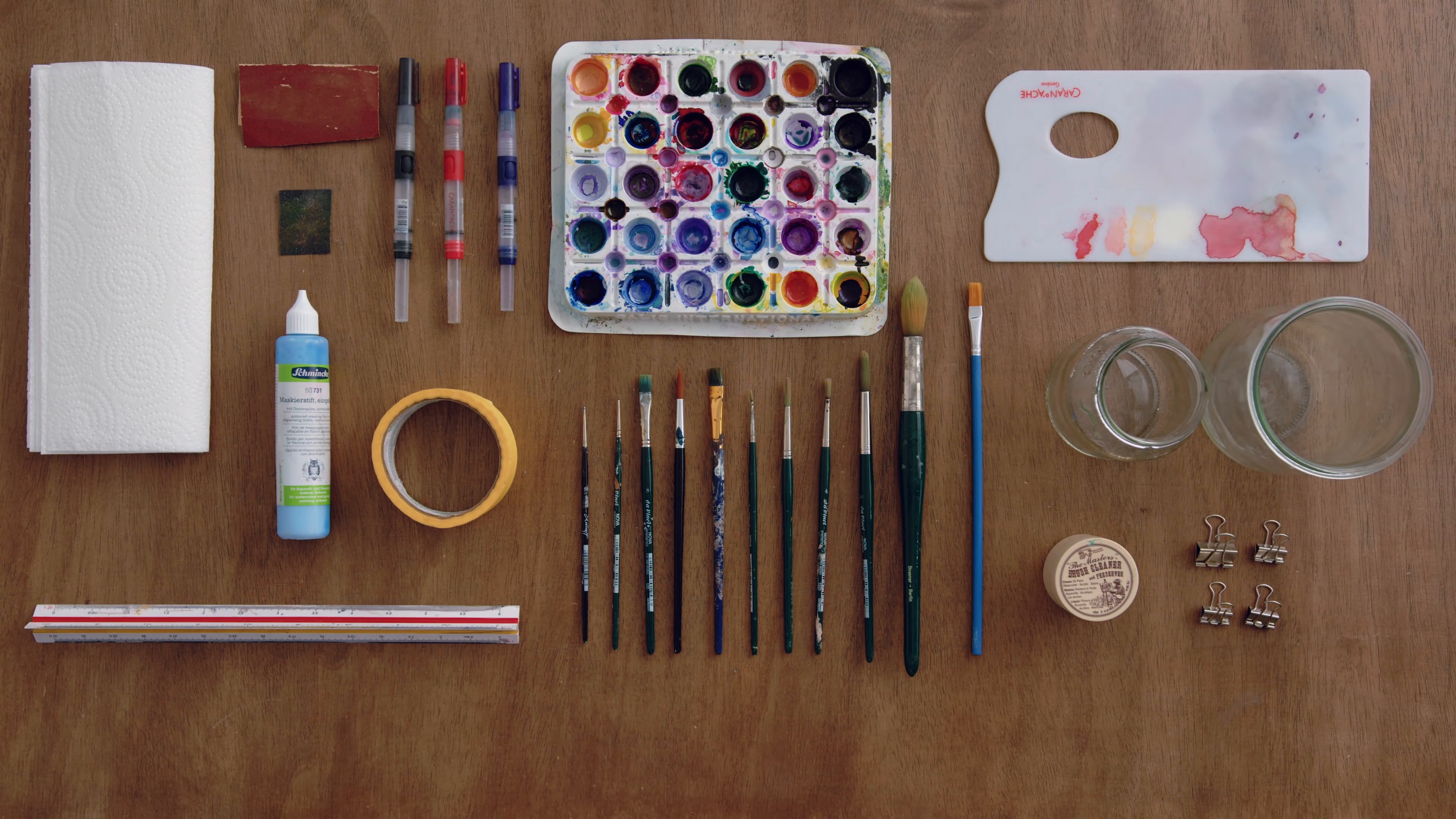
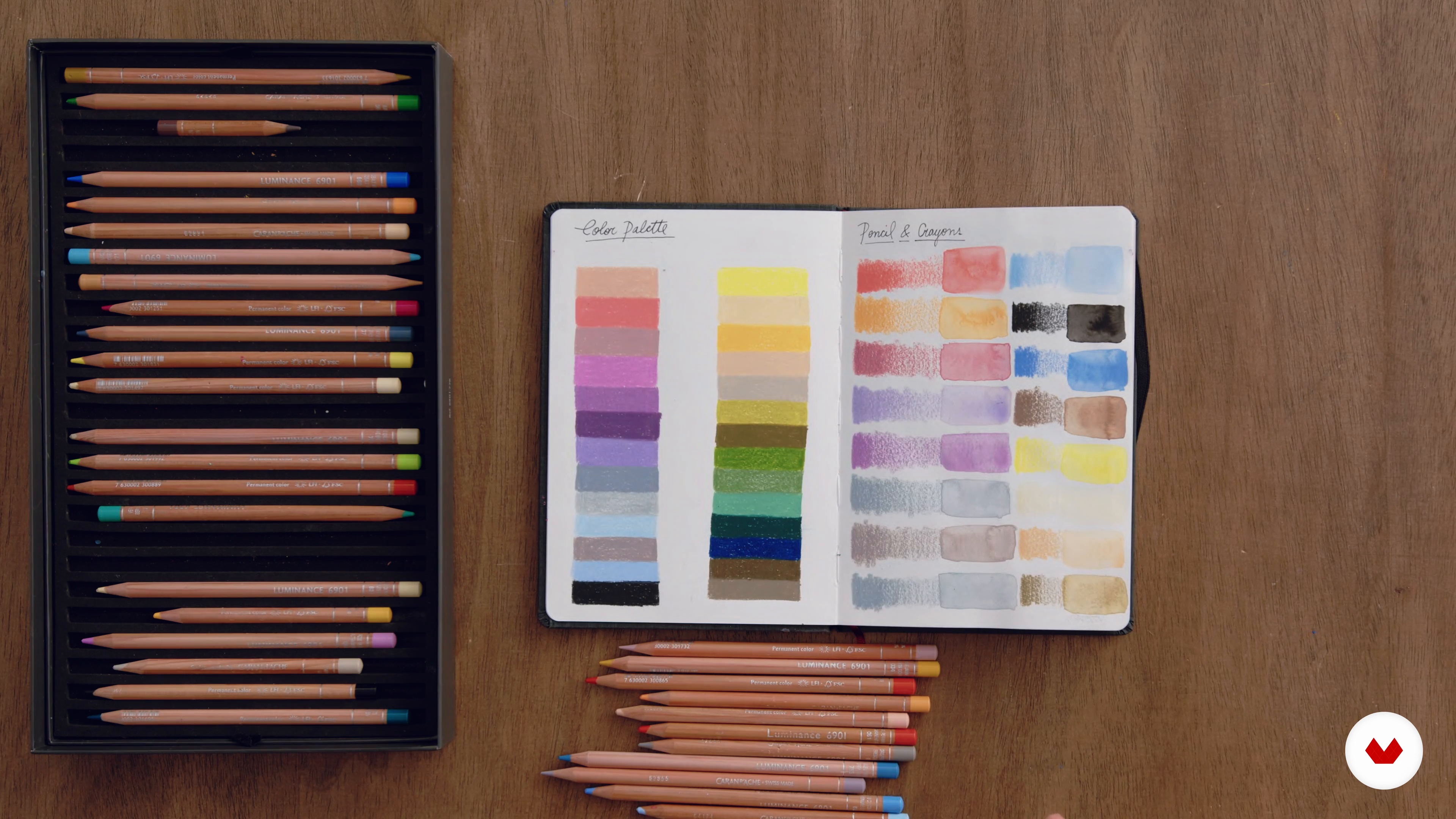
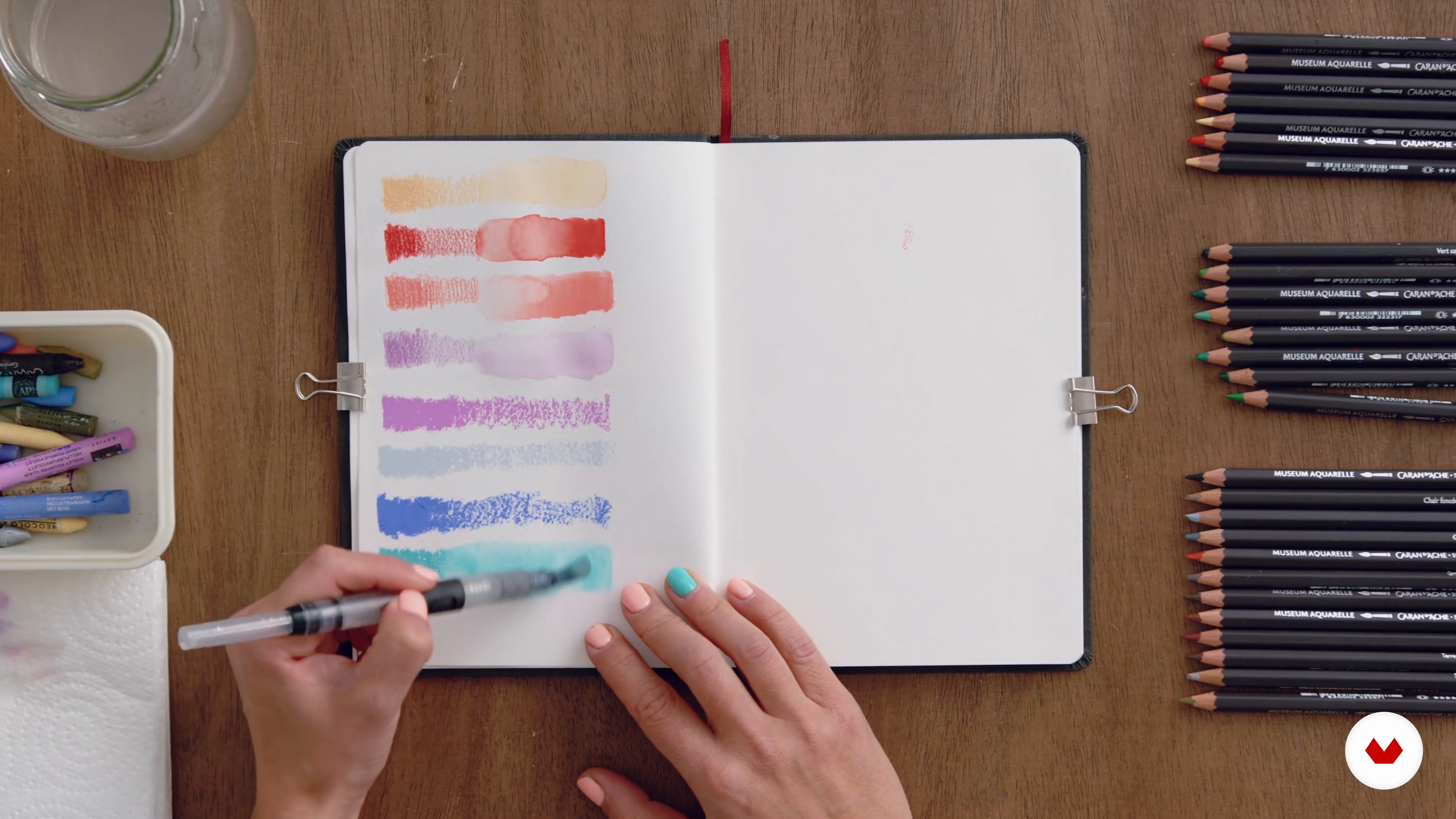
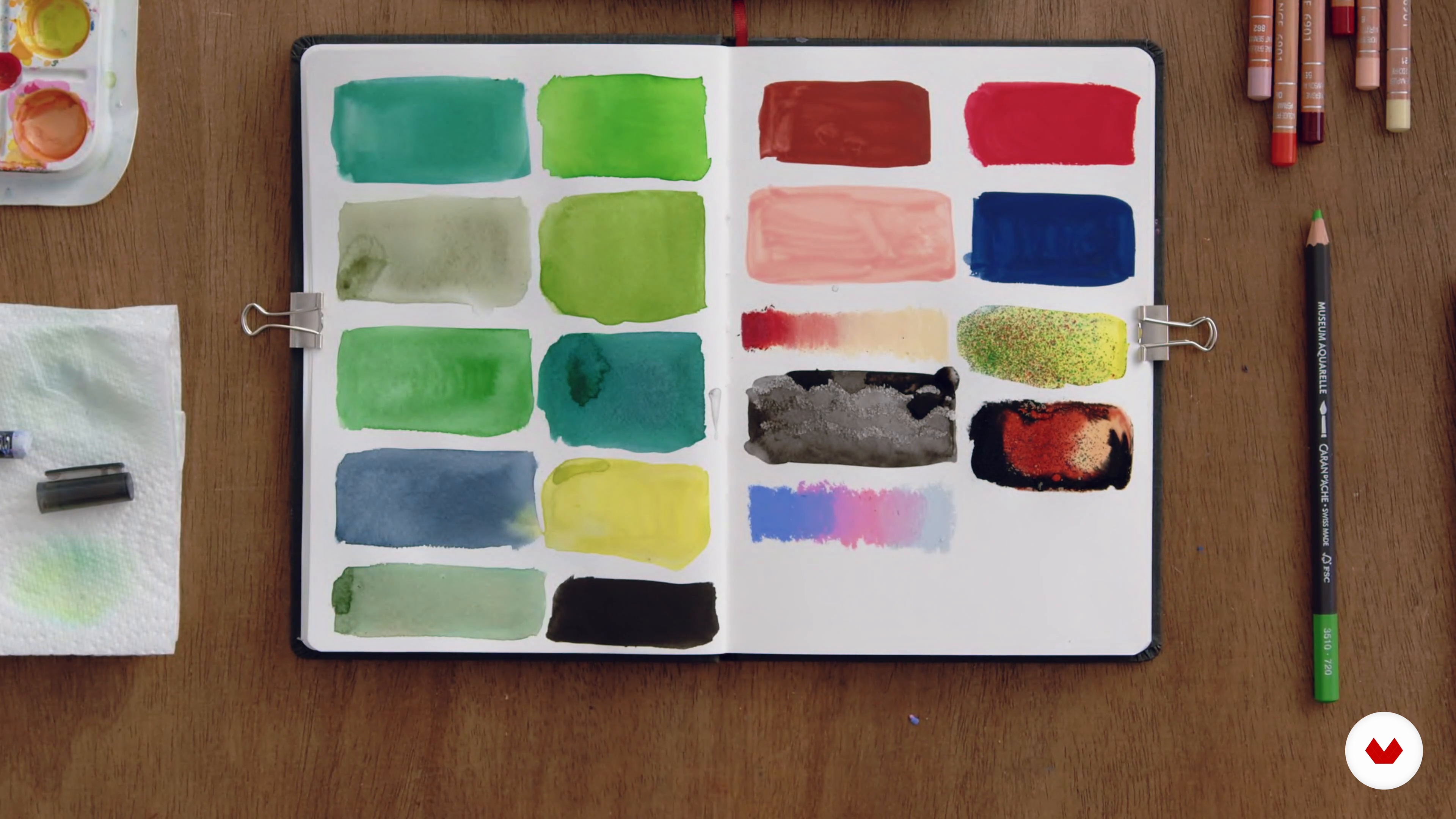
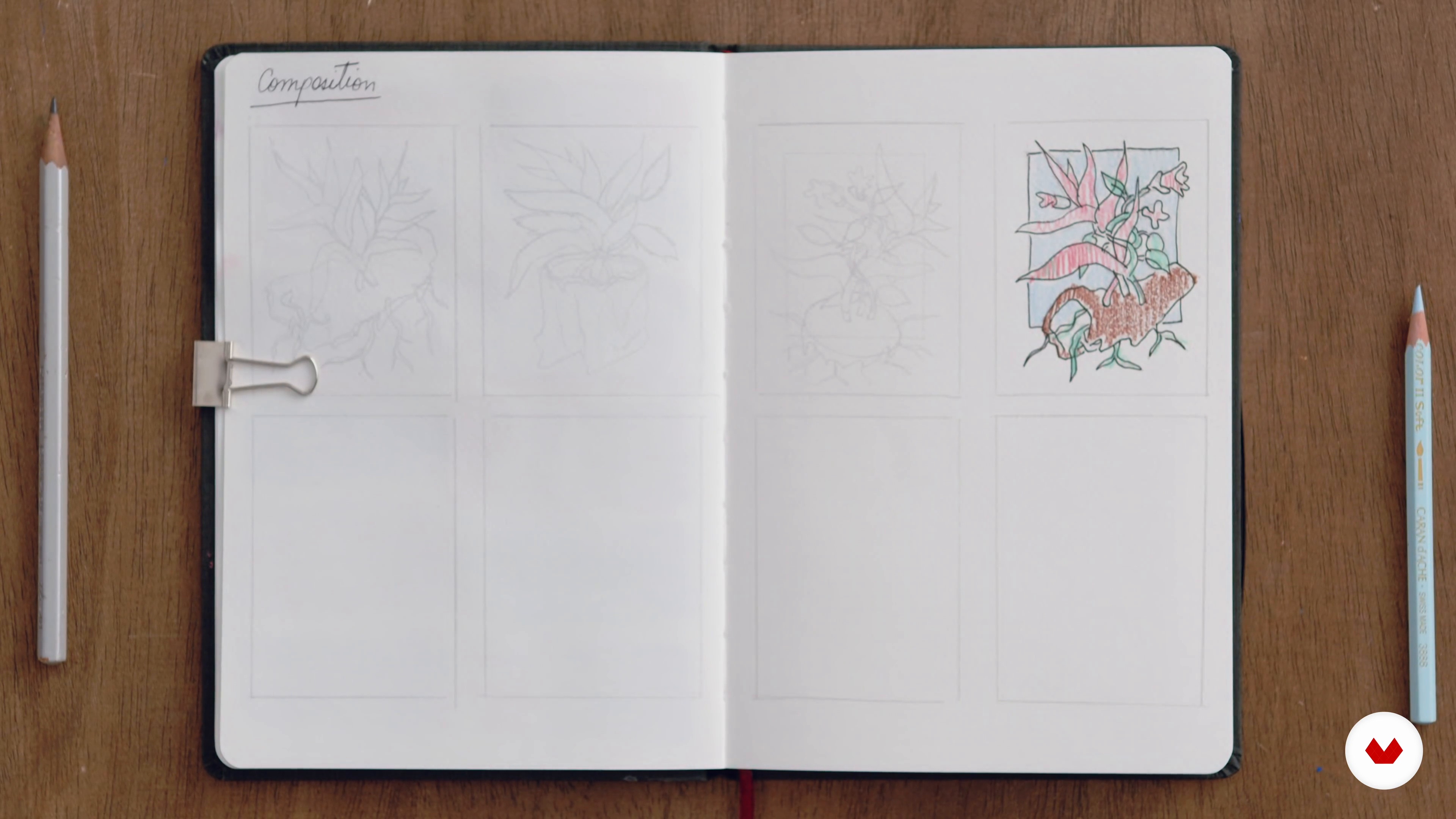

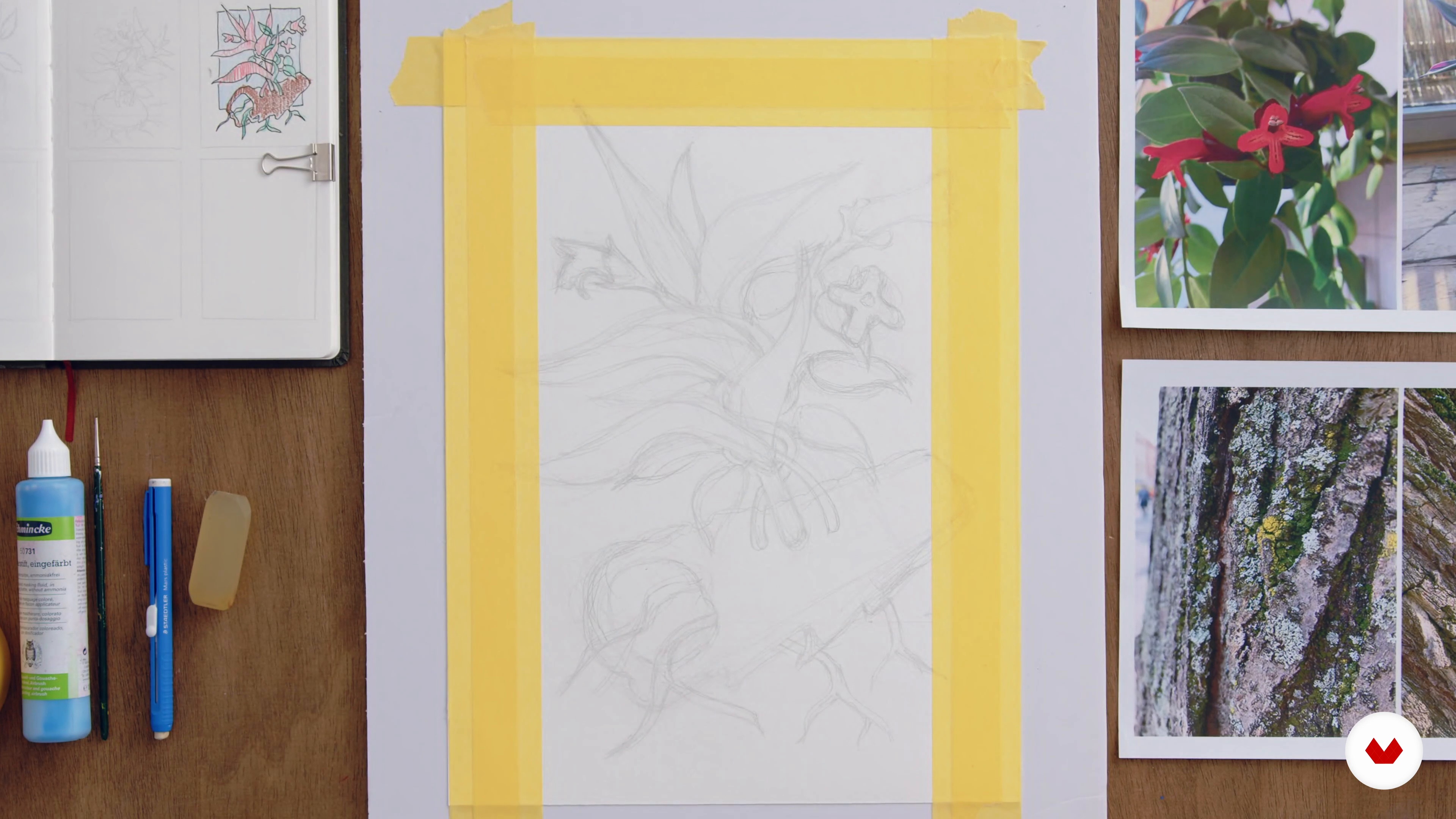
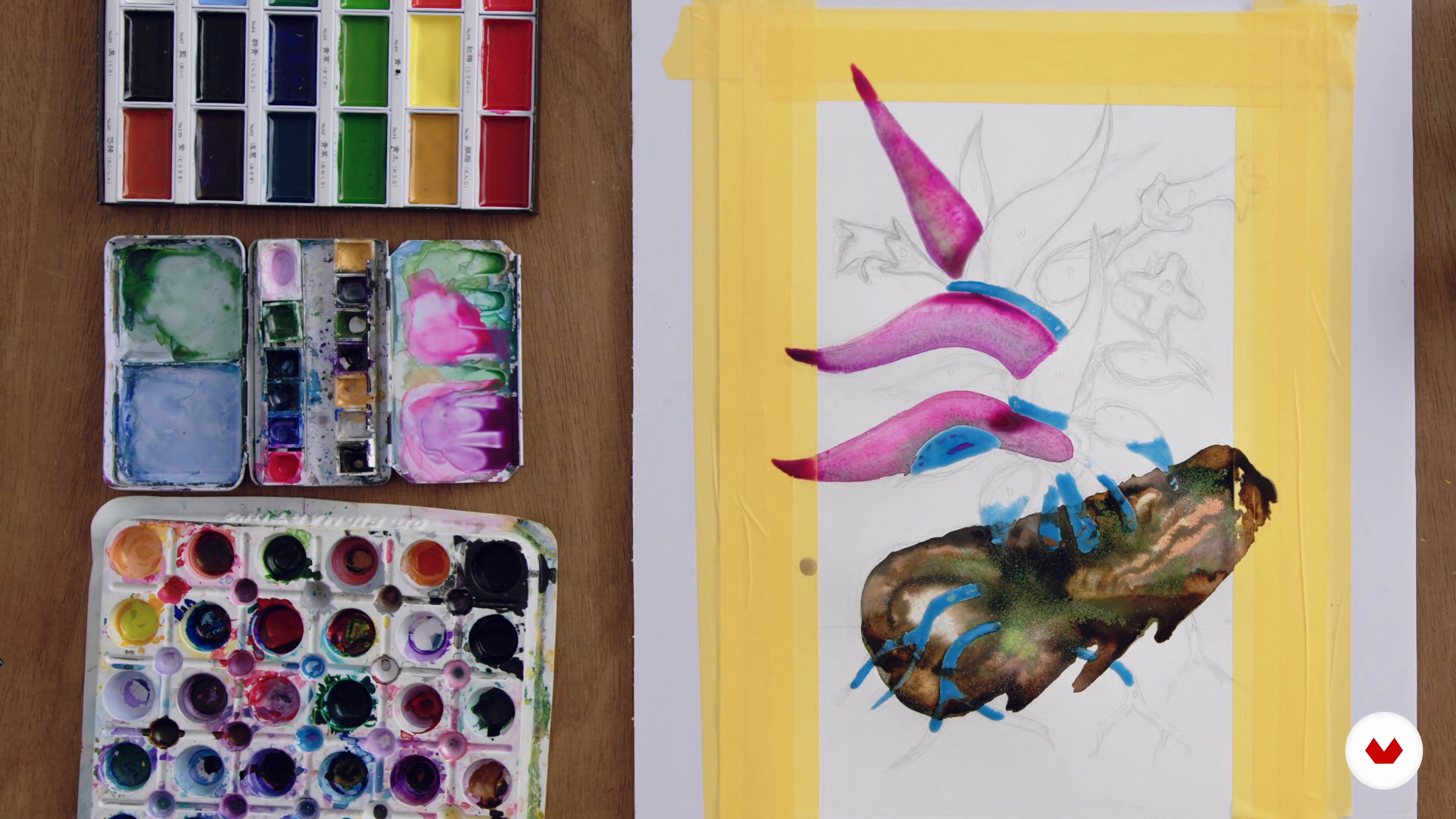
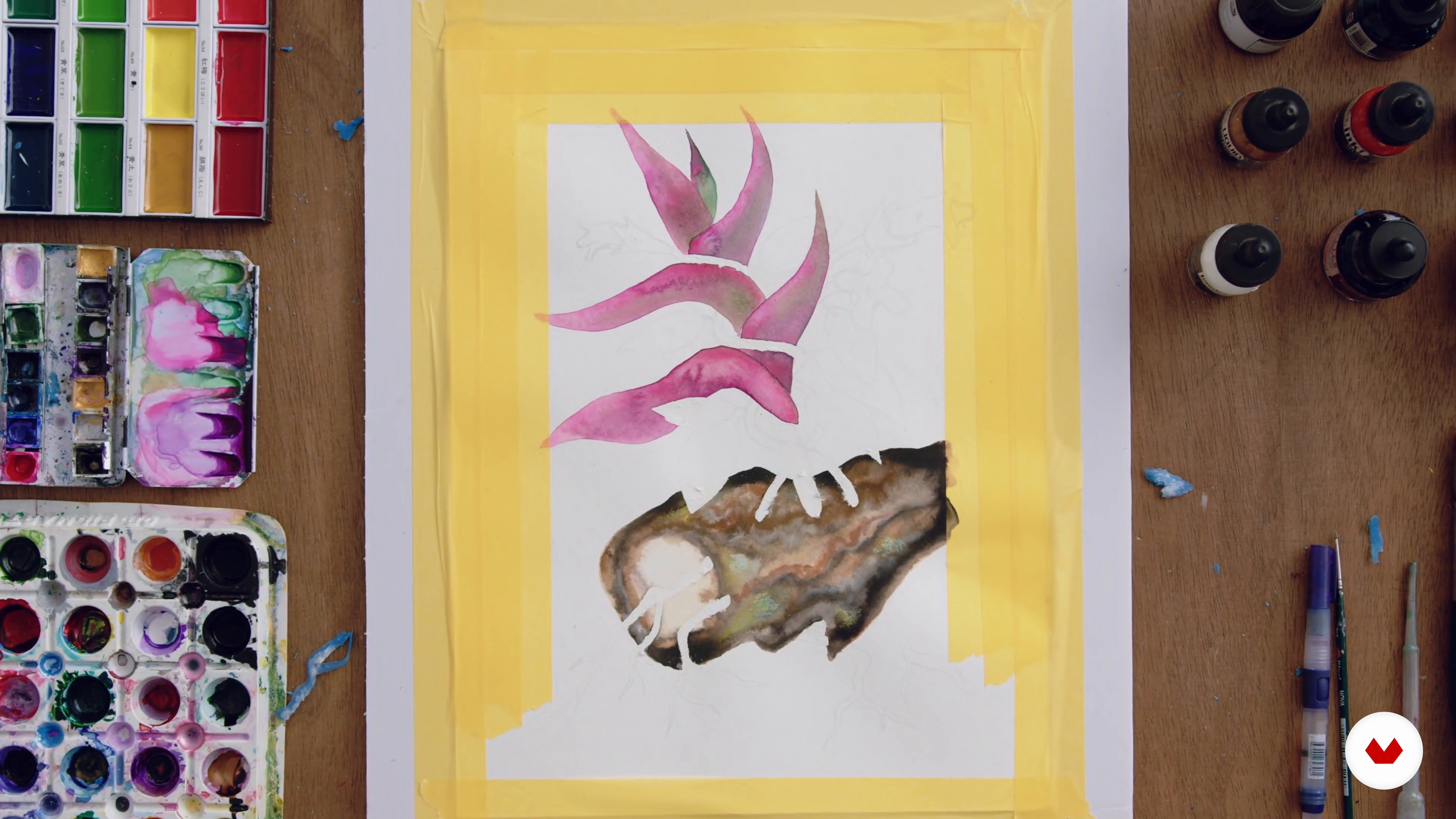
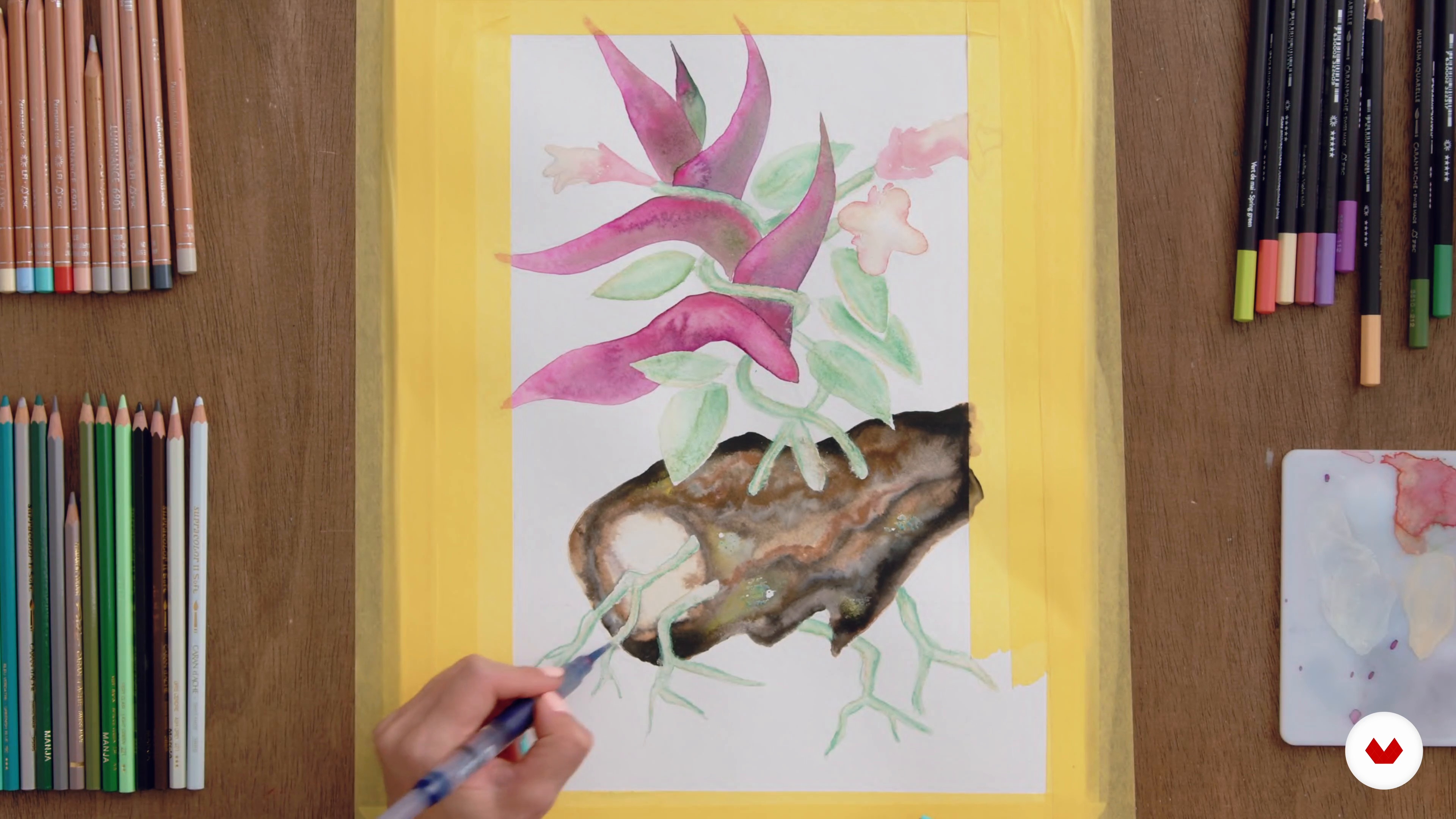
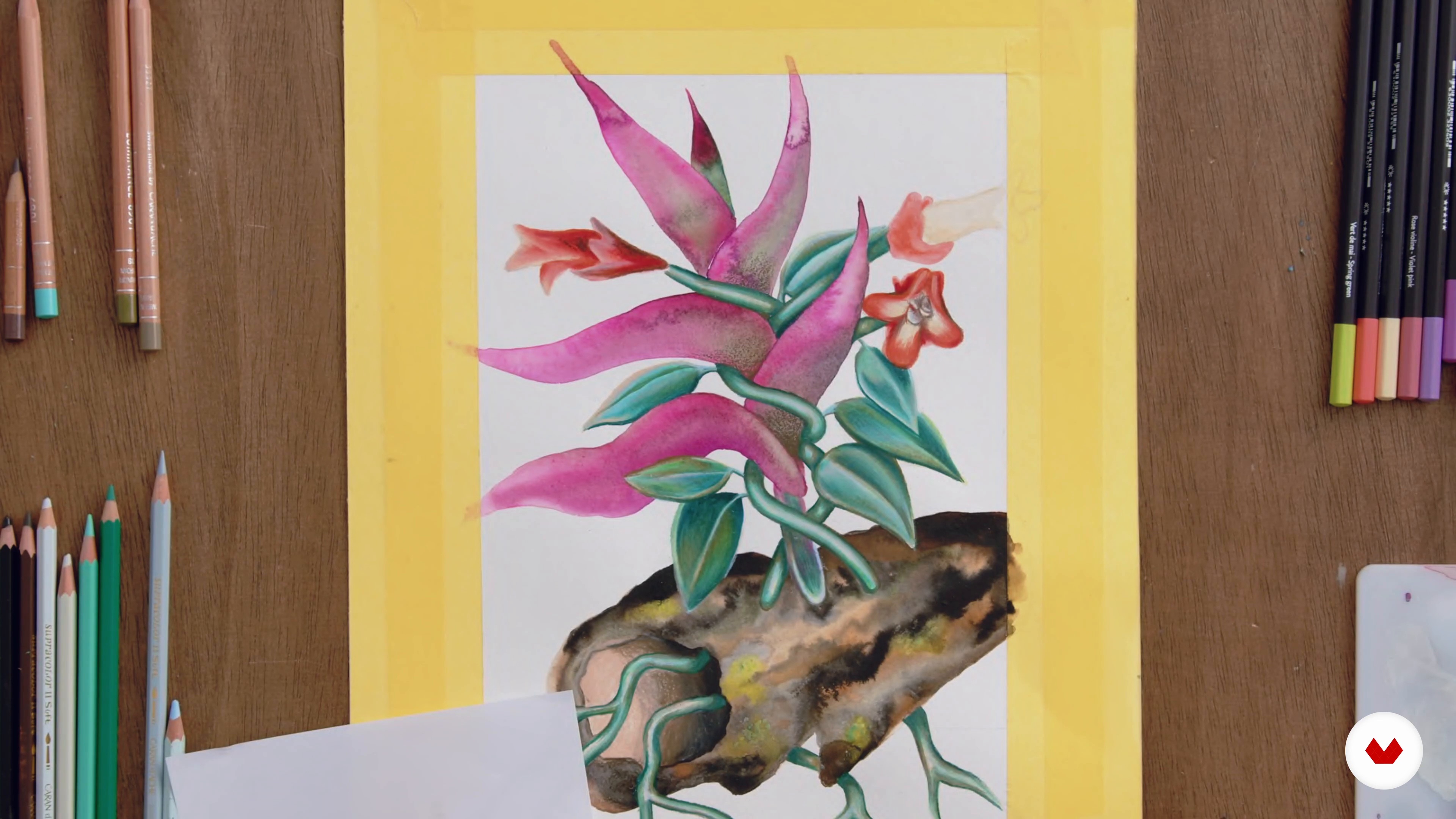
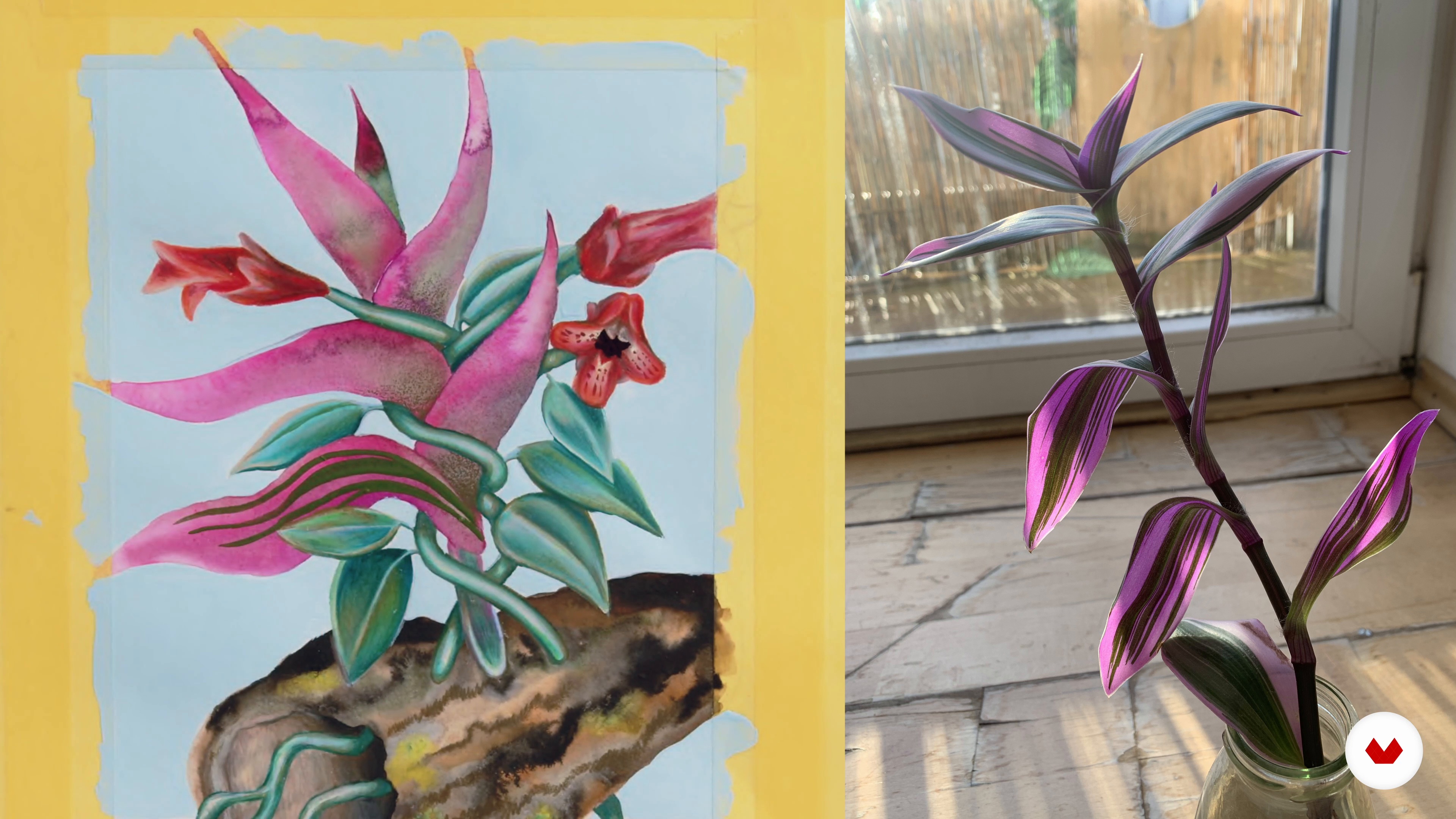
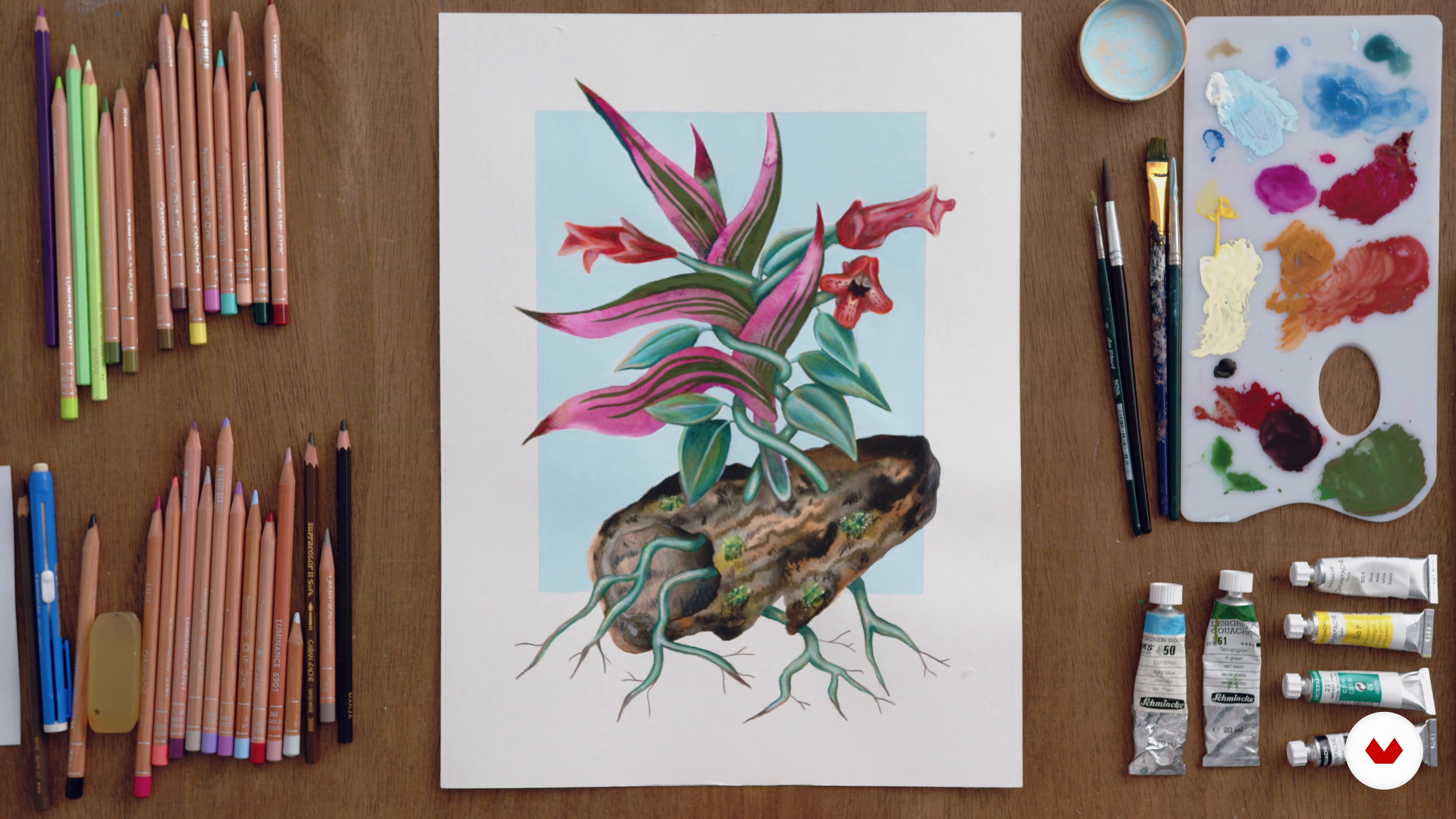
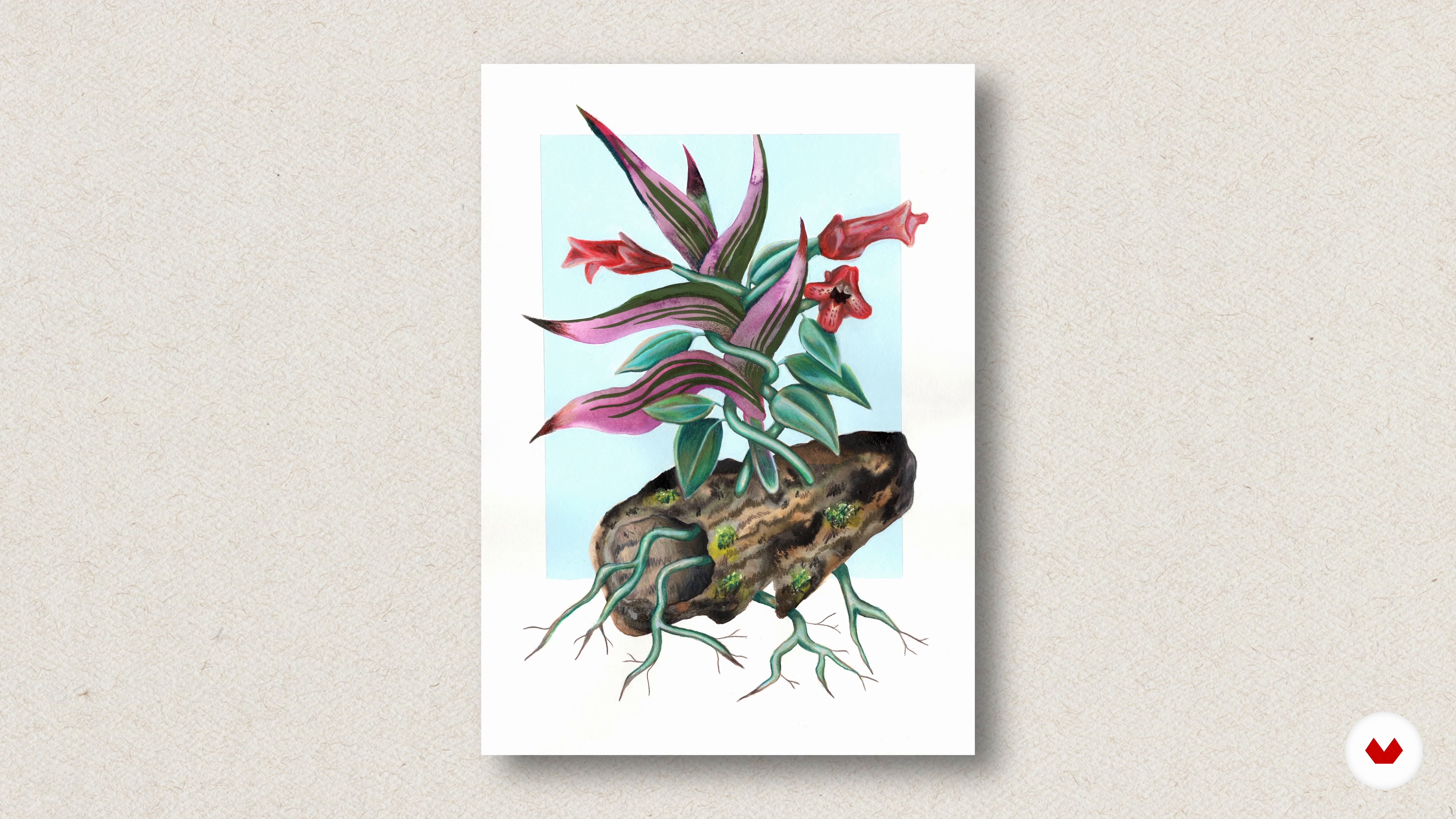

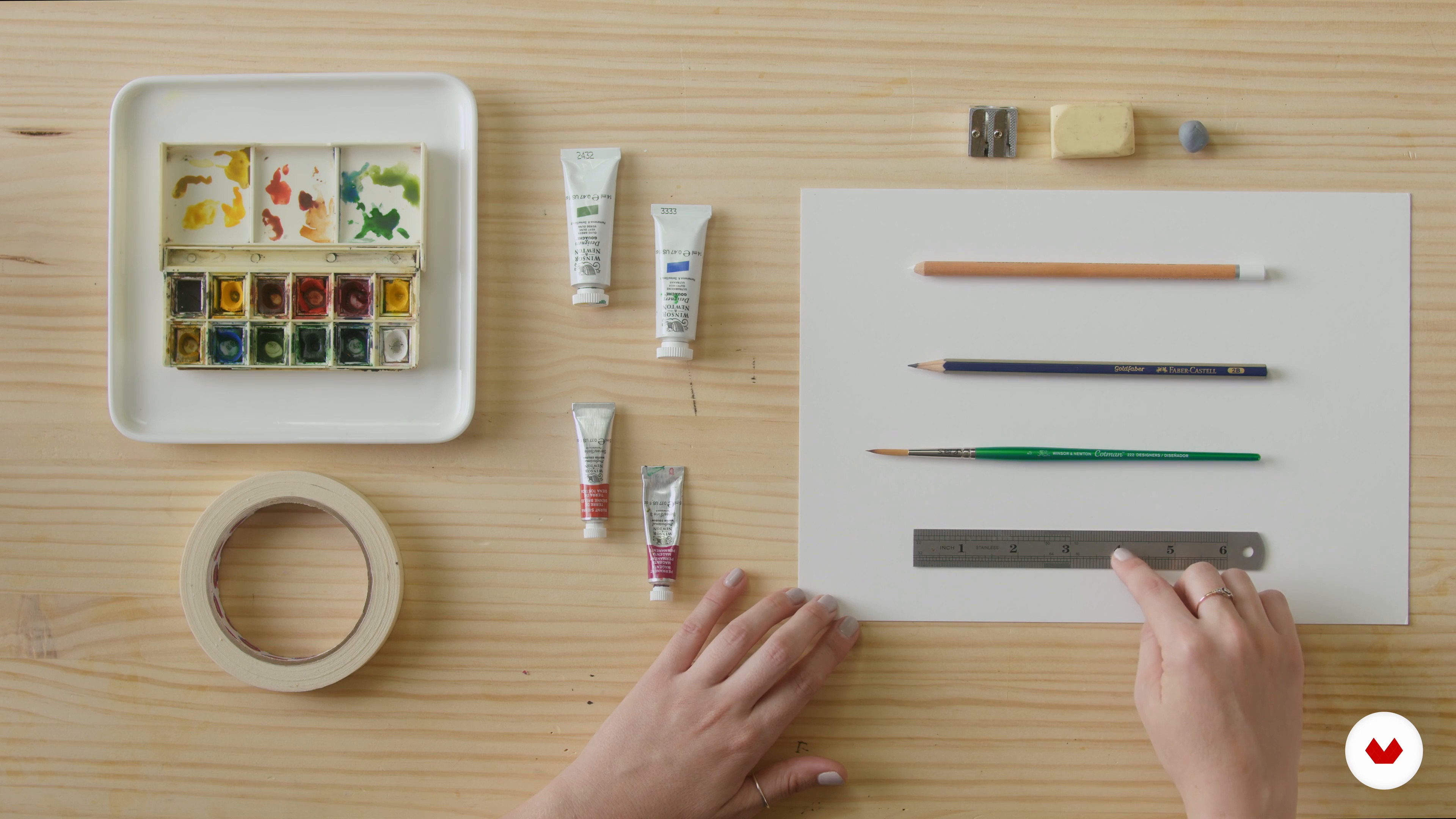
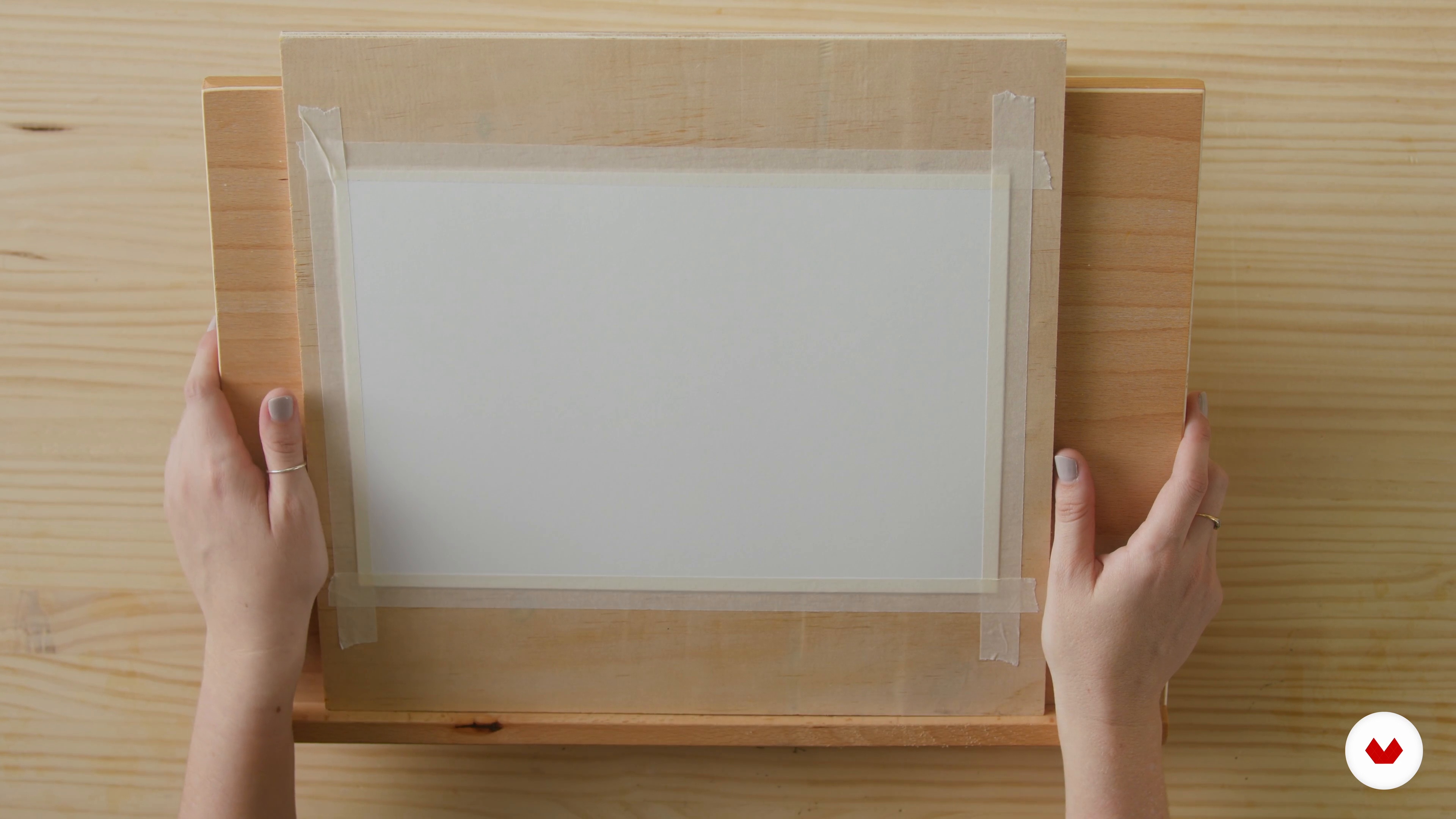
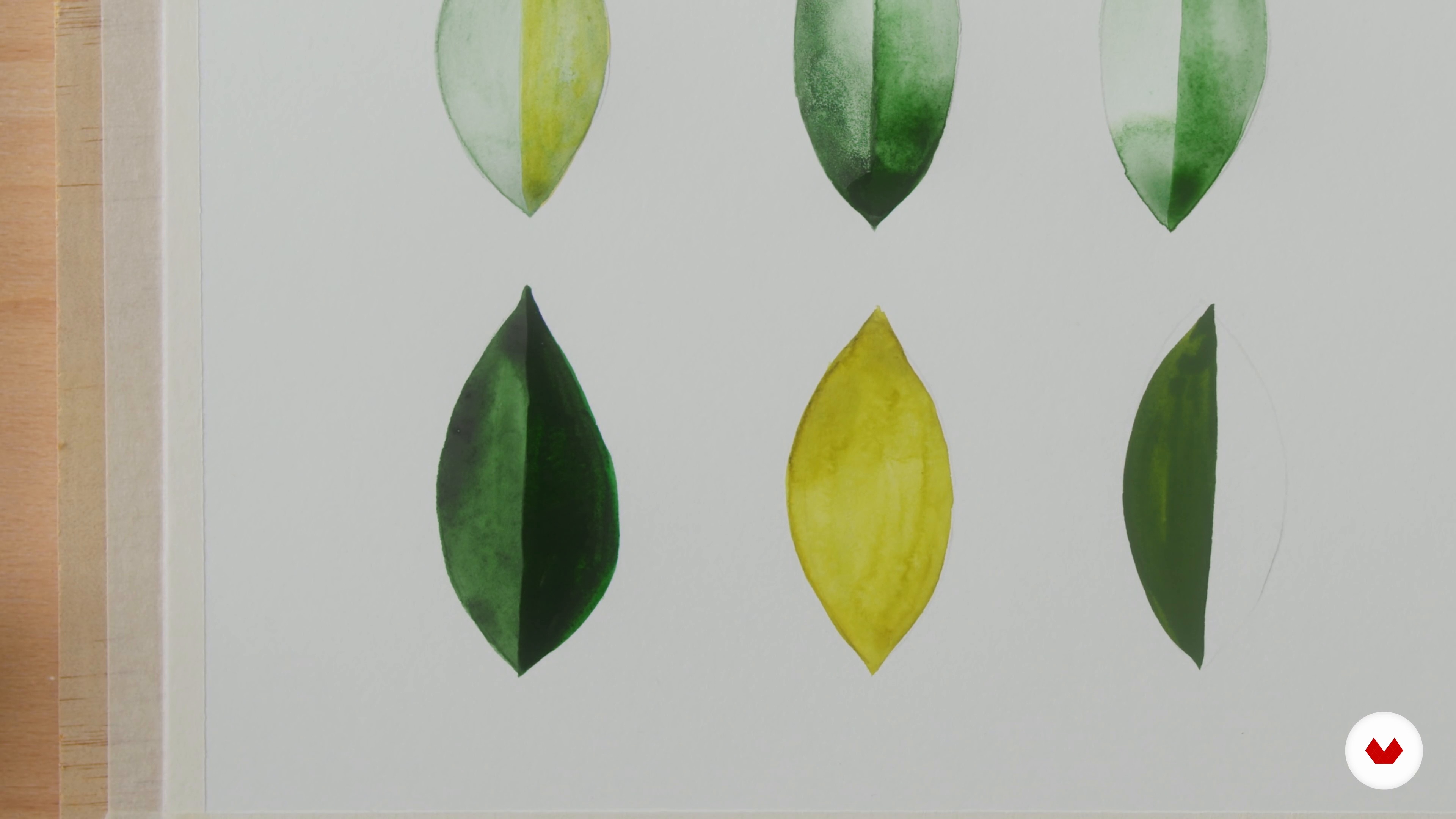
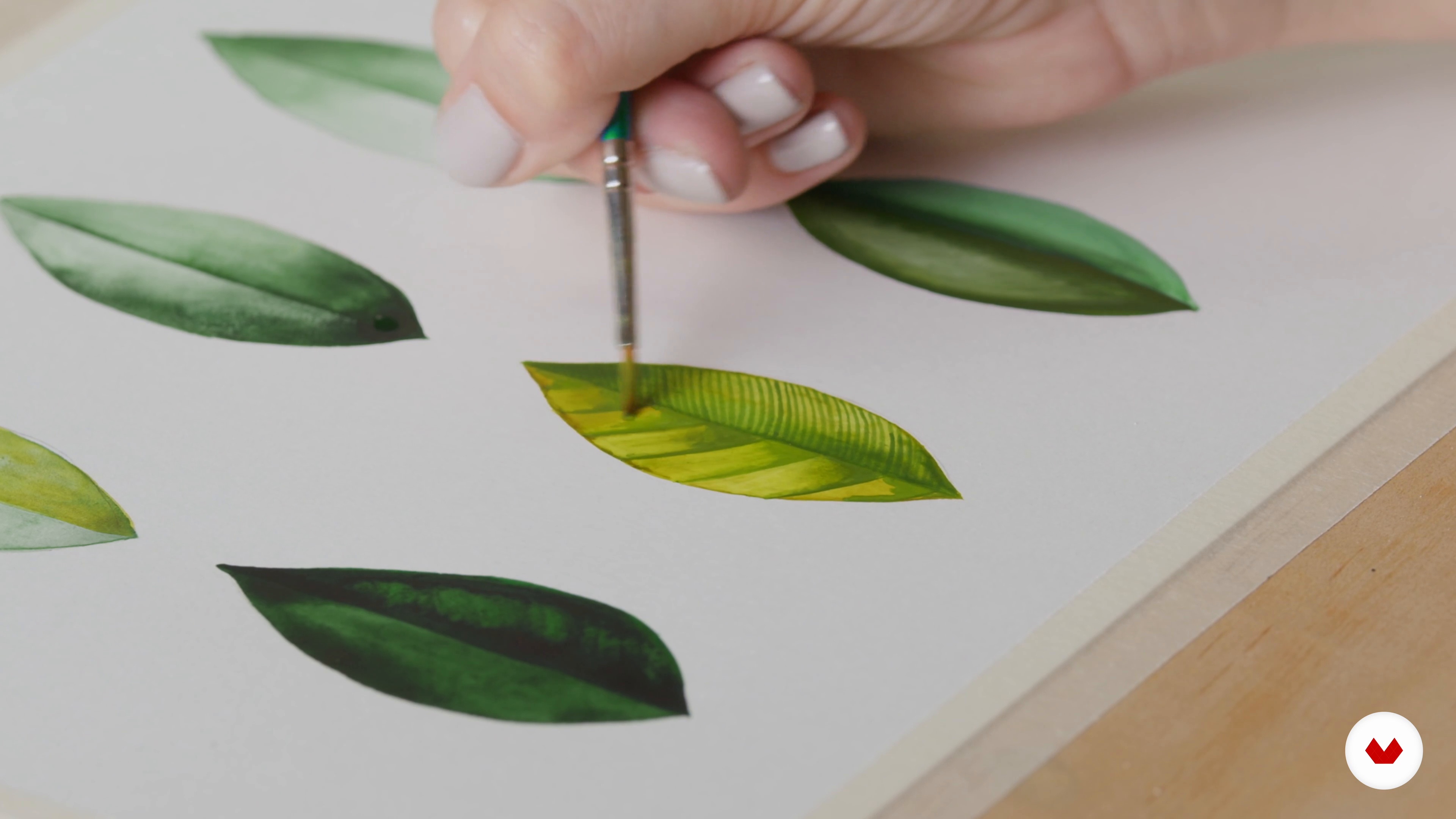
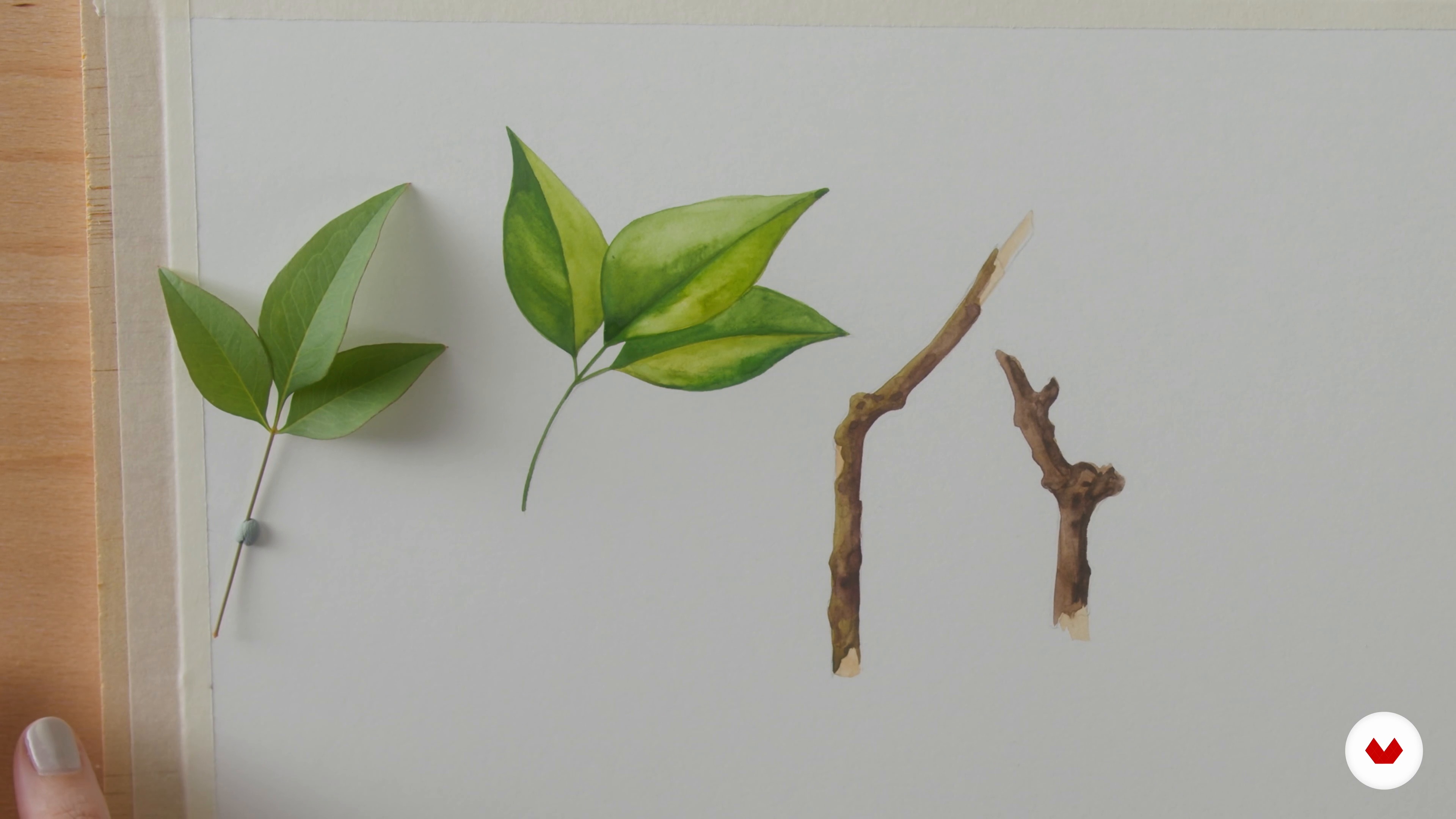
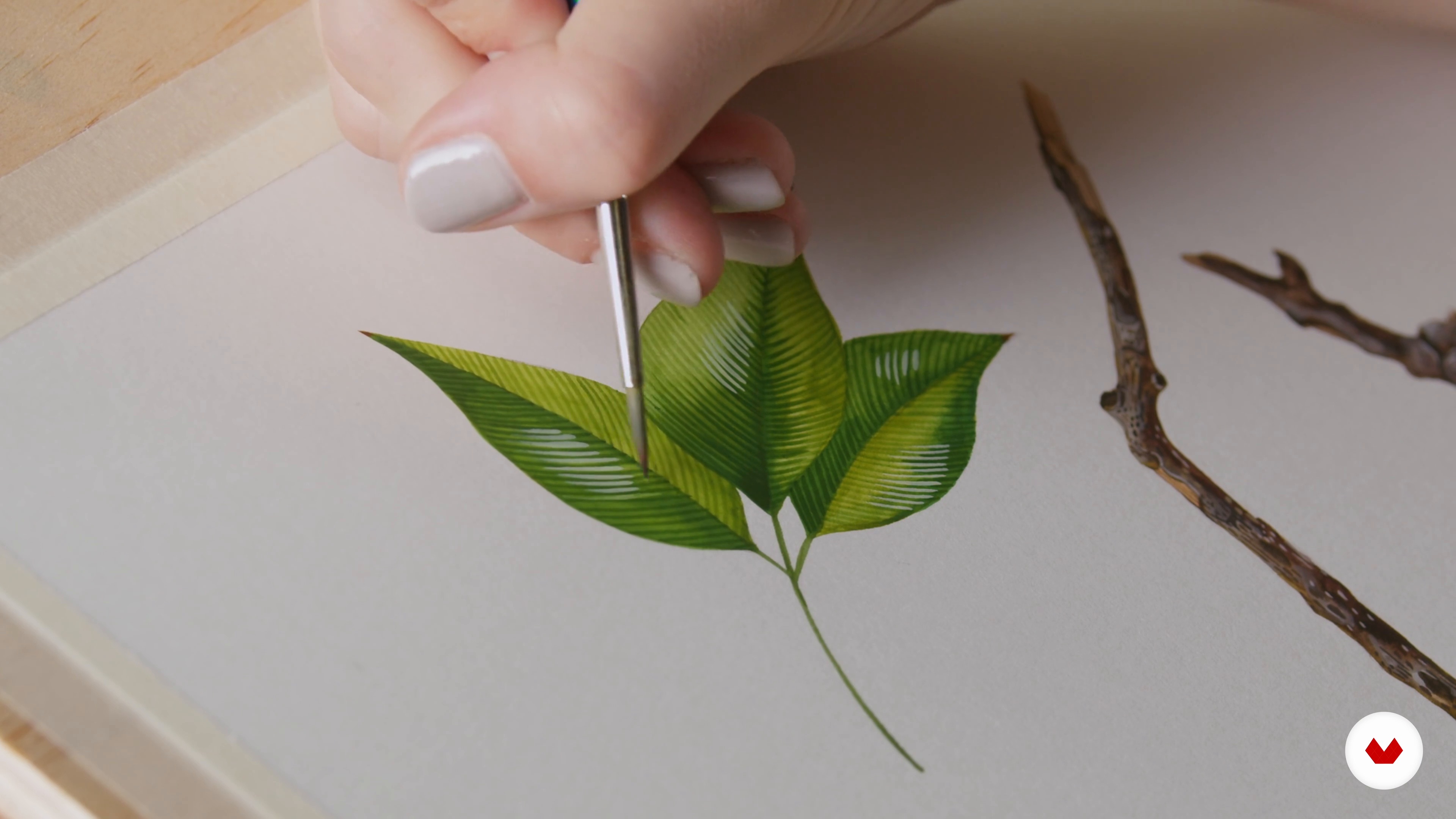
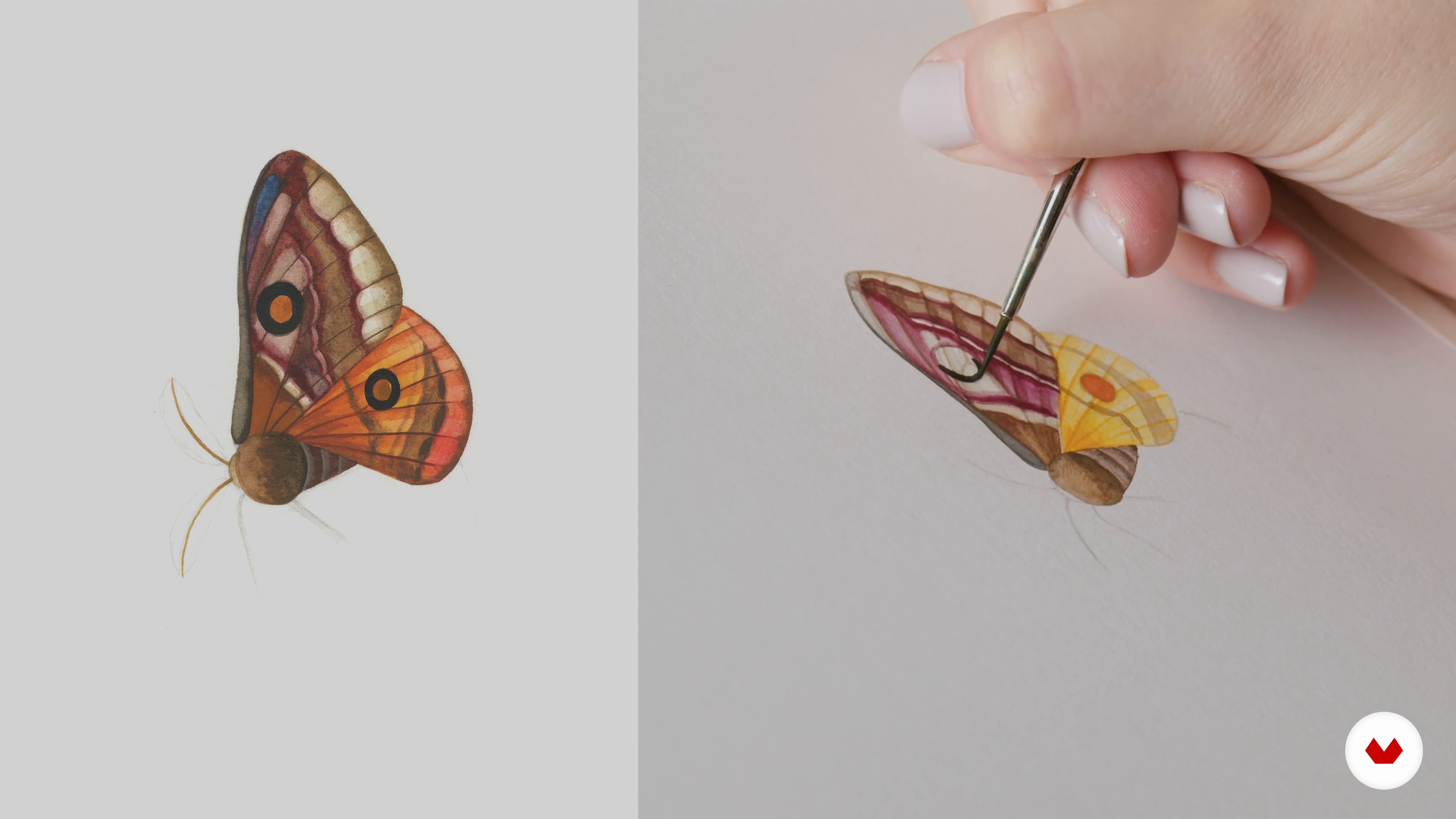
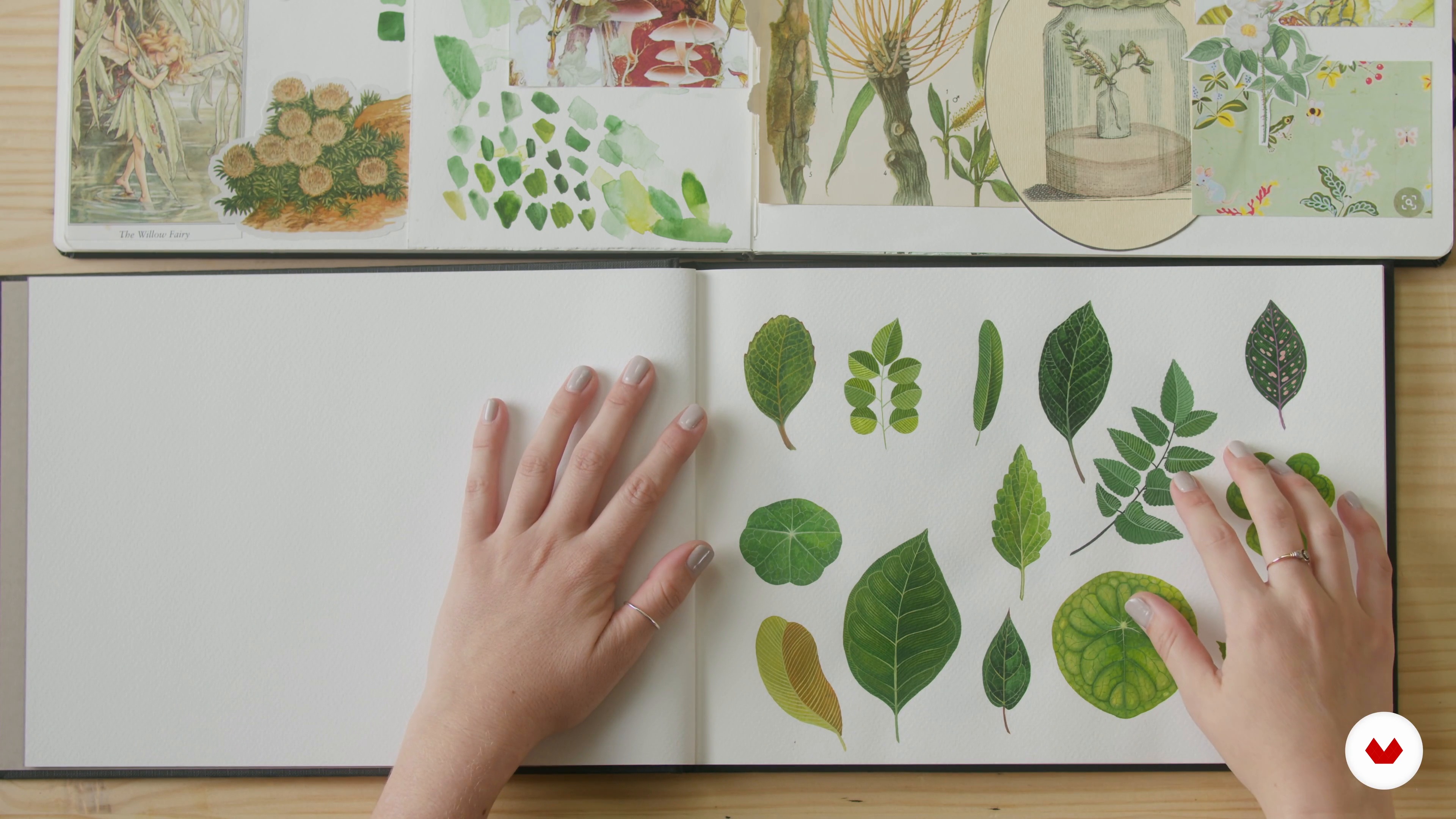
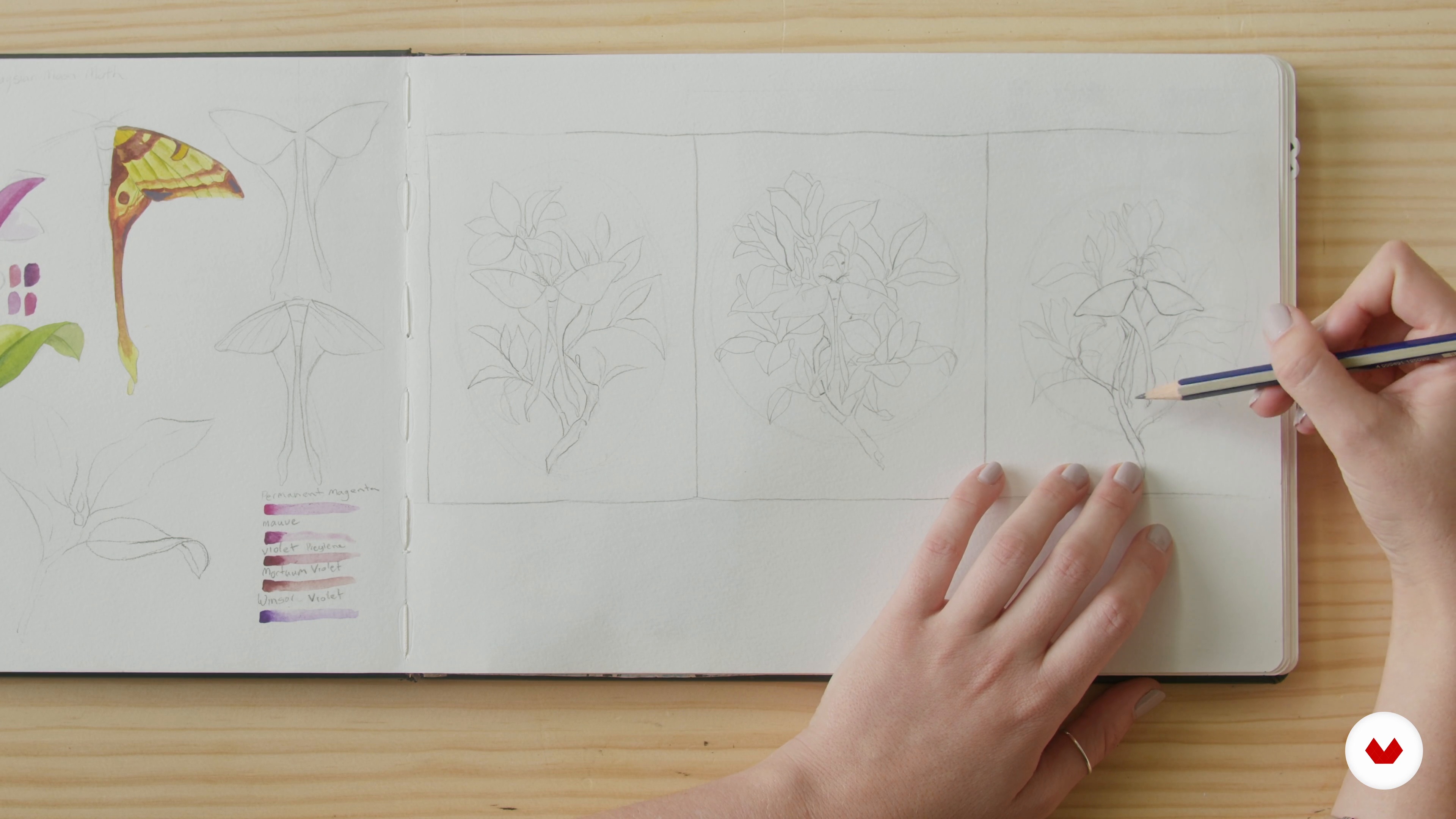
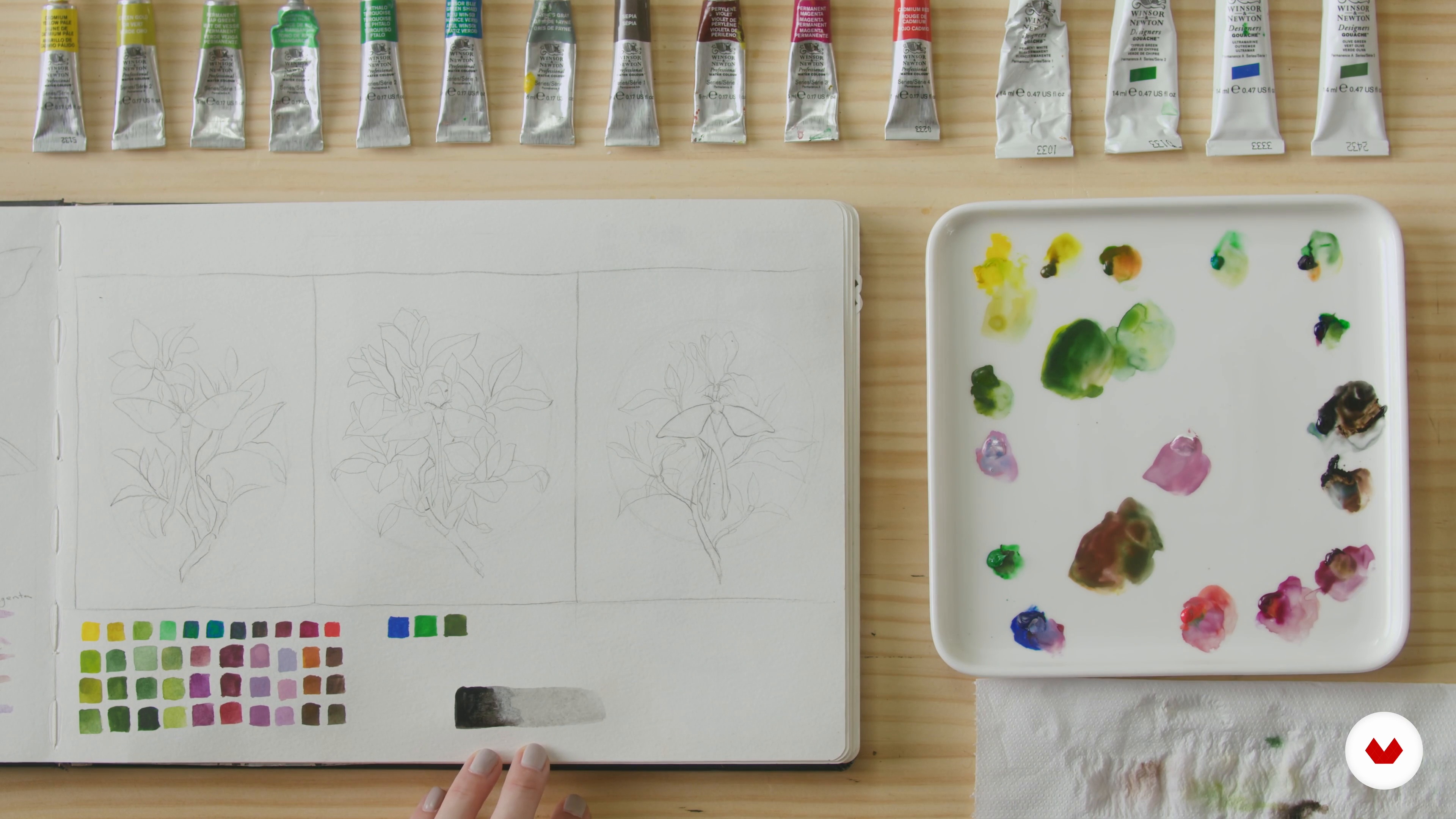
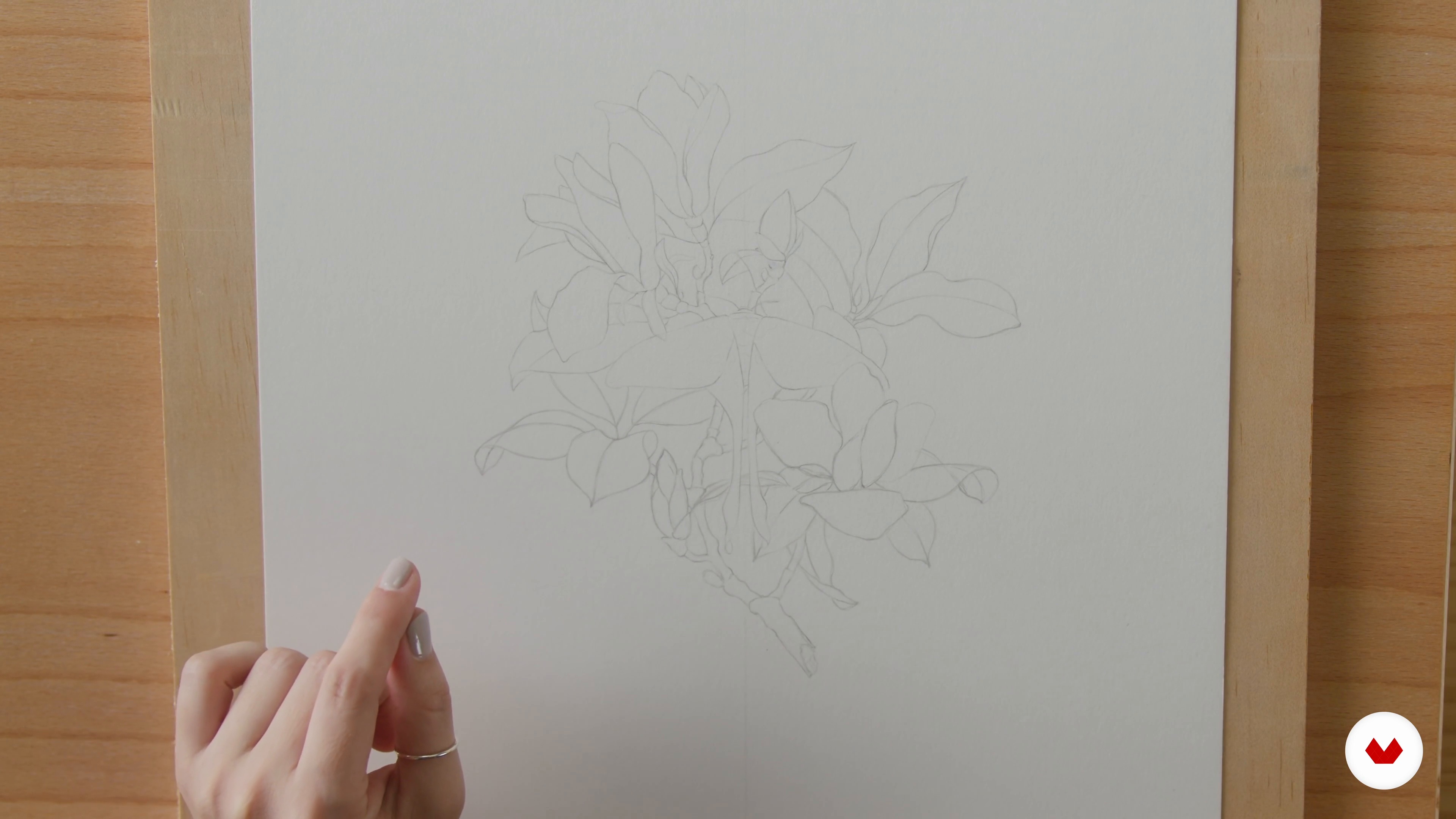
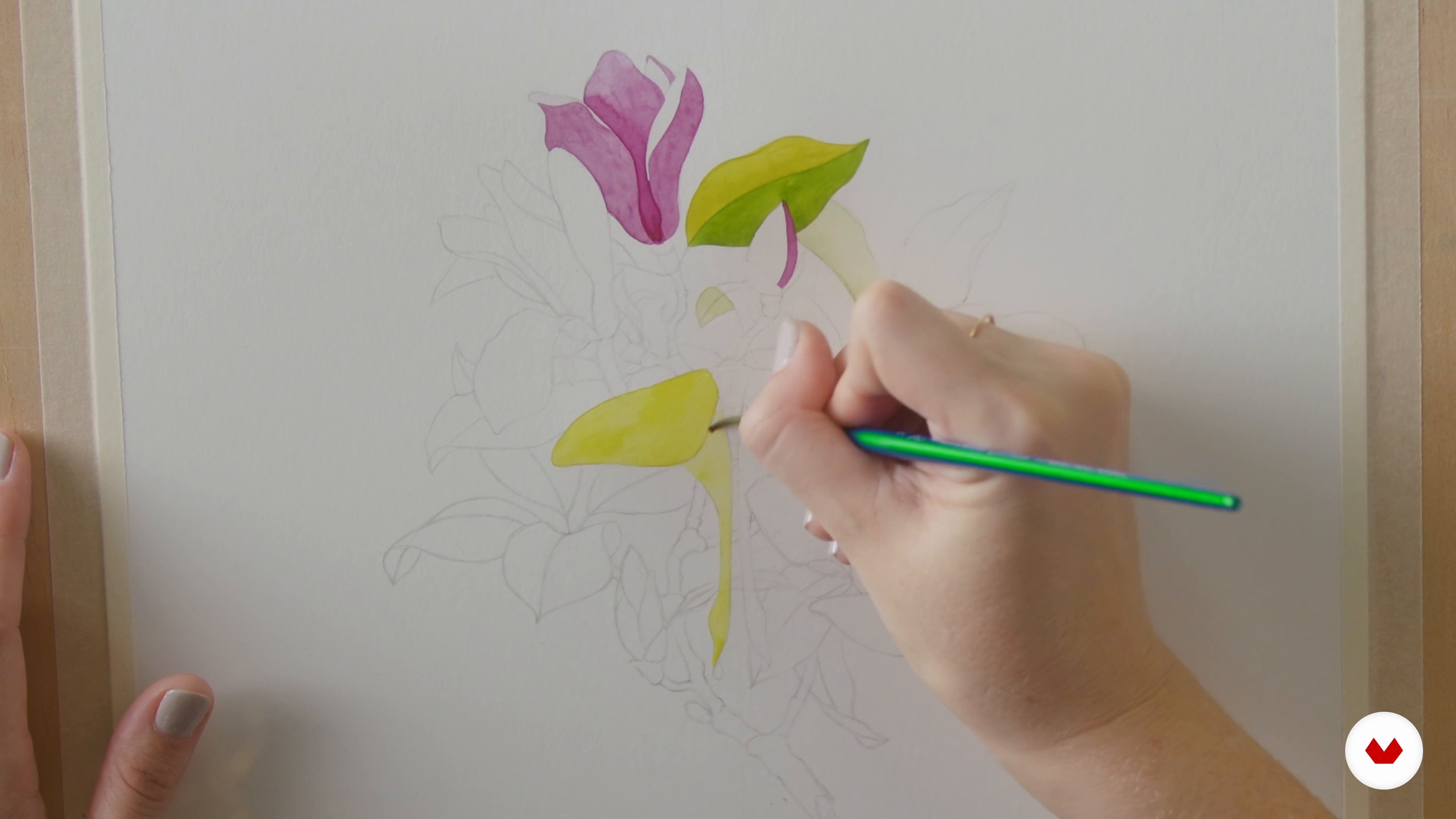
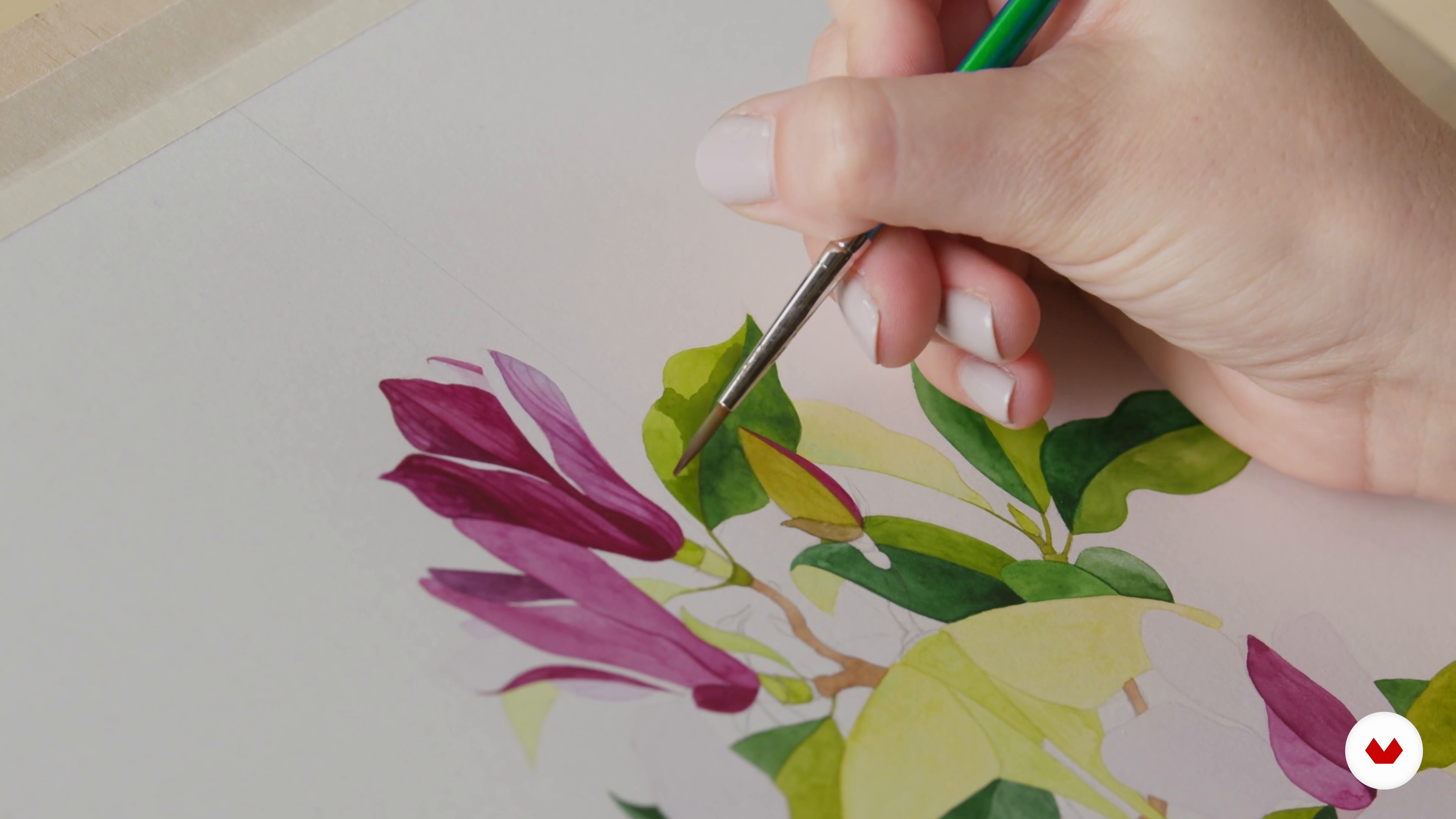

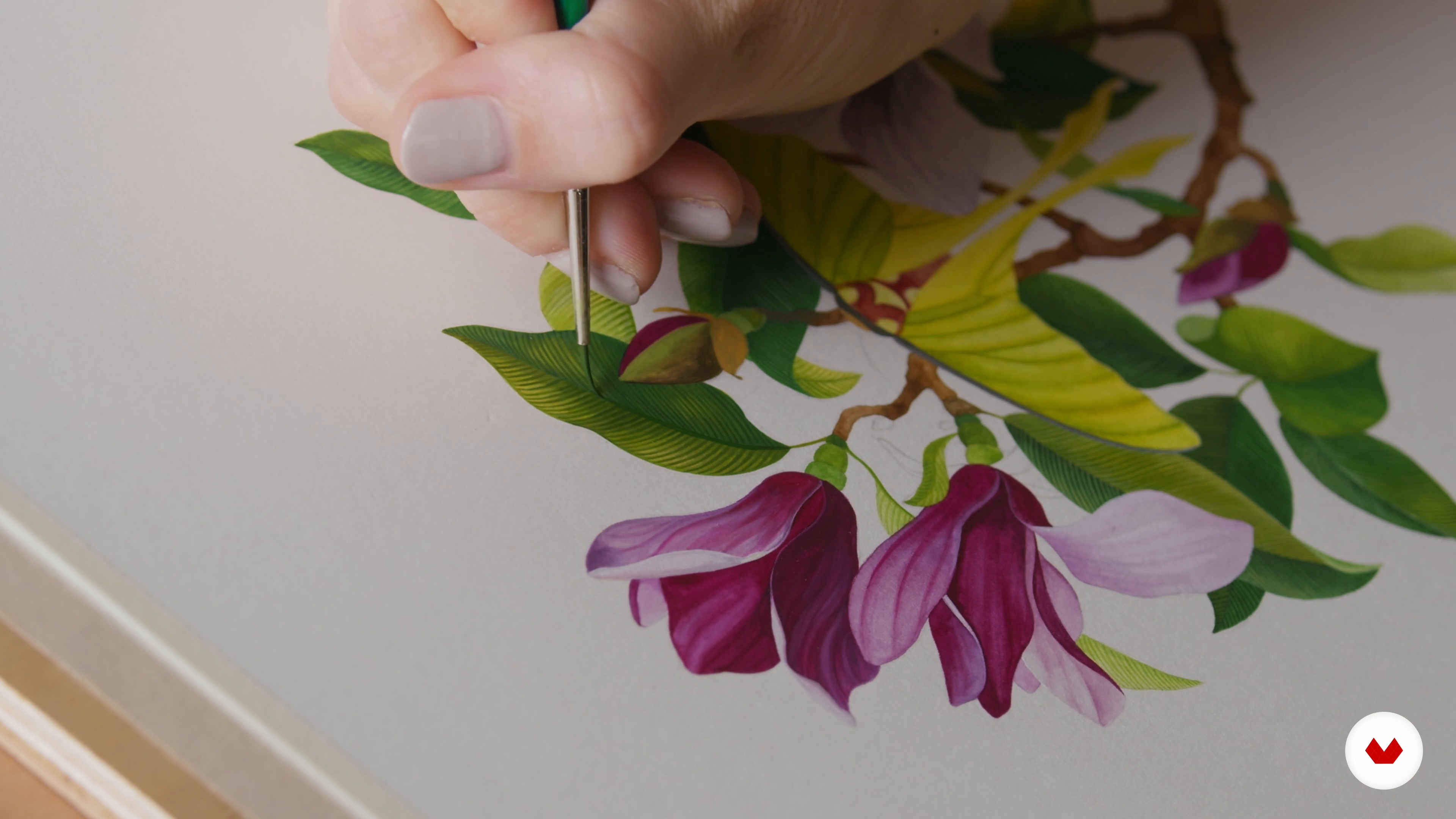
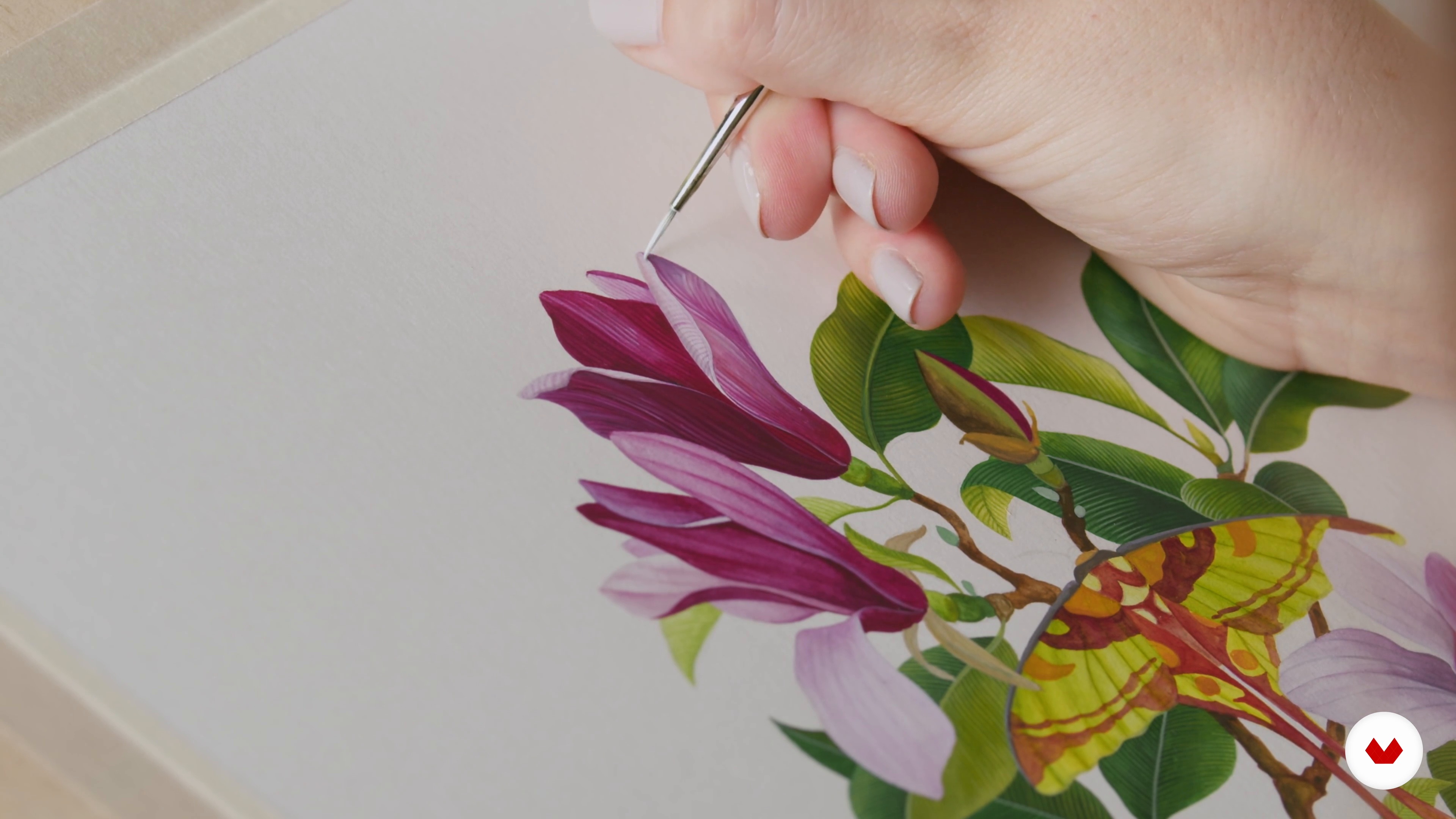
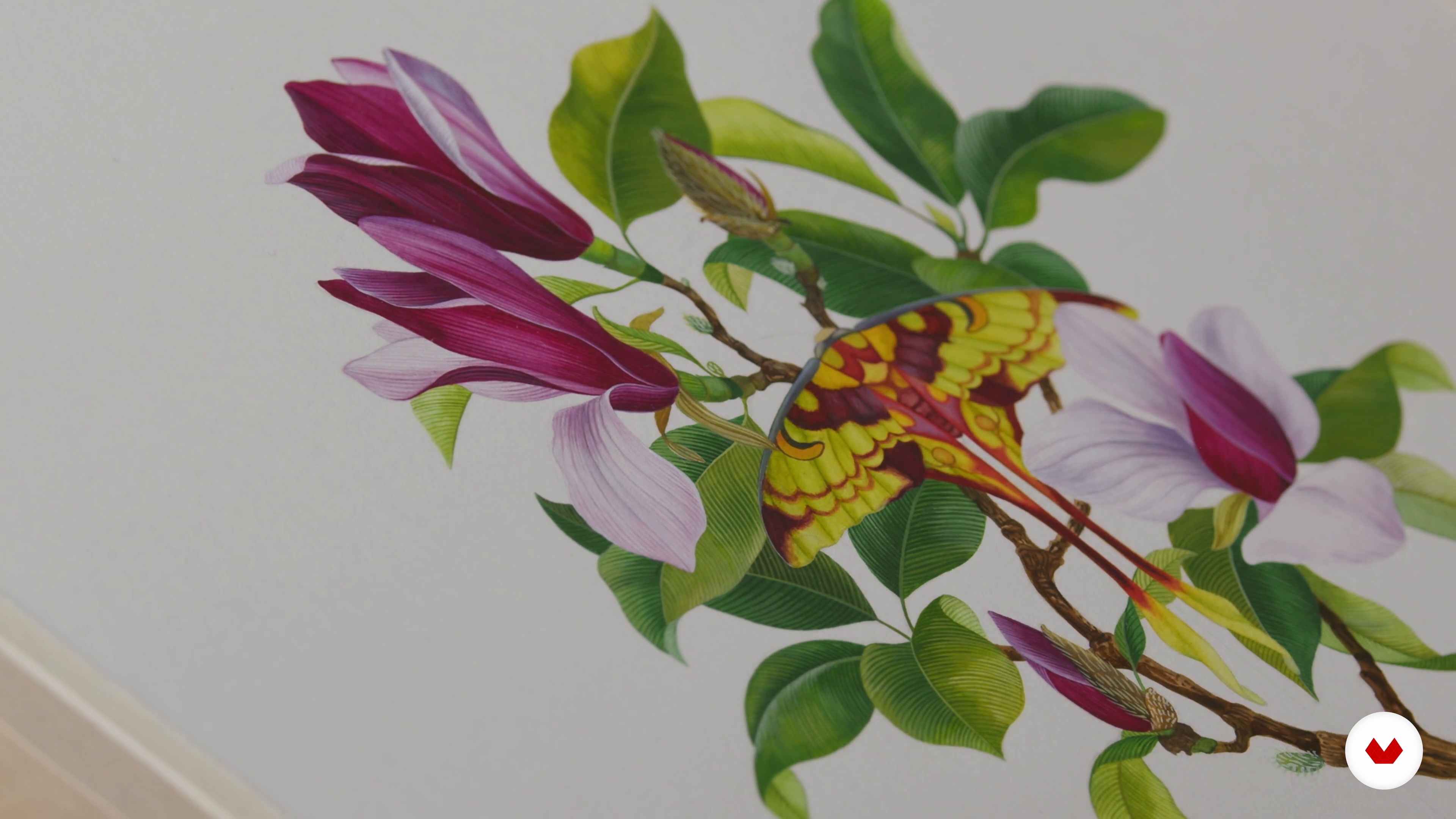
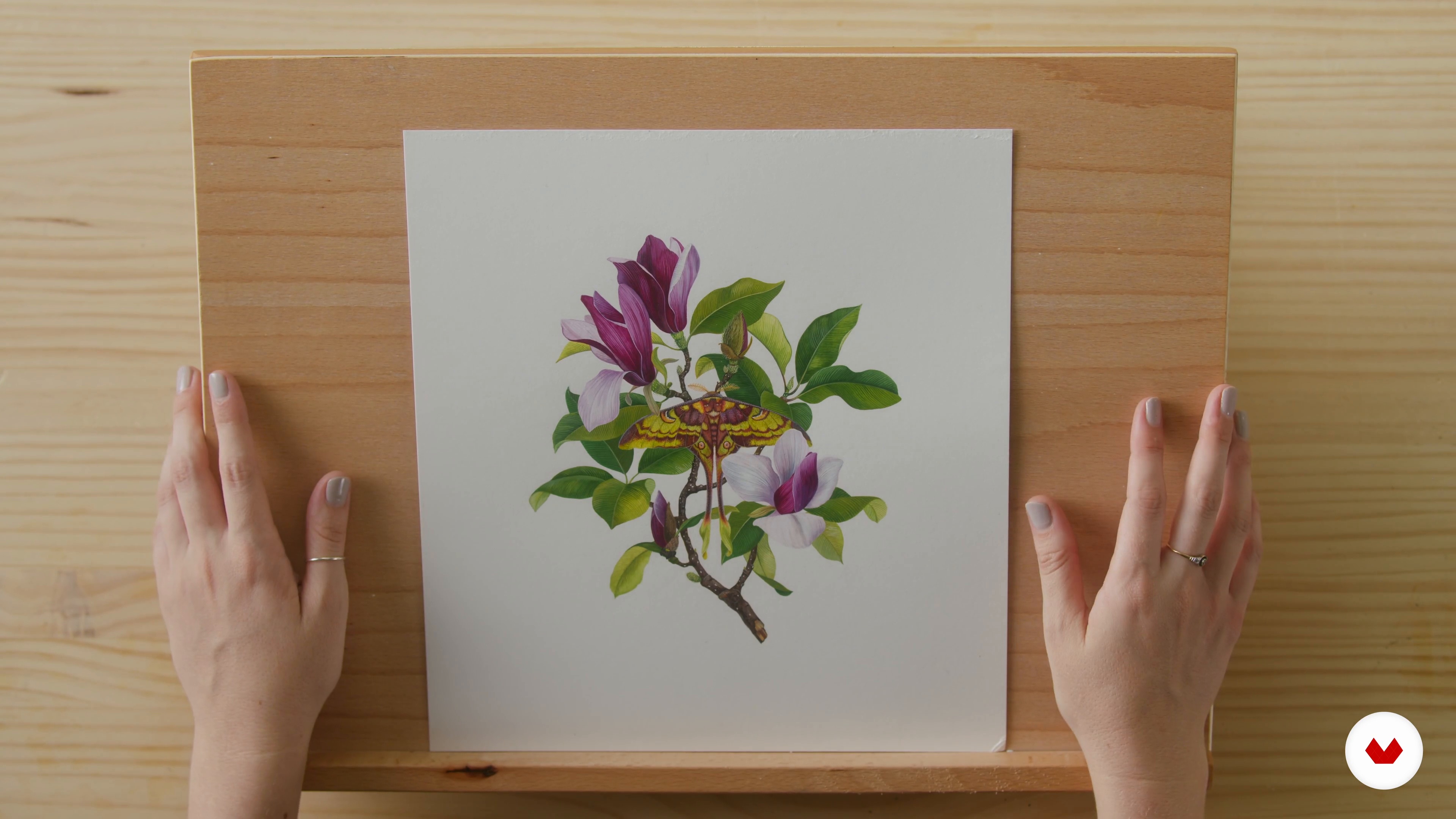
- 100% positive reviews (4)
- 524 students
- 115 lessons (25h 25m)
- 99 additional resources (38 files)
- Online and at your own pace
- Audio: English, German, Spanish, Spanish (Latam), French, Italian, Dutch, Polish, Portuguese, Turkish
- Spanish · English · Portuguese · German · French · Italian · Polish · Dutch · Turkish
- Level: Beginner
- Unlimited access forever
What is this course's project?
Create a personal botanical sketchbook filled with detailed plant studies, embracing a meditative approach to drawing. Observe nature closely, develop mindfulness, and enhance your botanical illustration skills through focused practice and creative expression.
Who is this specialization for?
Dedicated to artists seeking to enhance their botanical and naturalistic illustration abilities, this course suits those who love exploring nature's beauty through art. It appeals to both beginners and experienced illustrators looking to refine their technique and personal style.
Requirements and materials
No extensive prior knowledge needed. Basic necessities include good quality paper, watercolor paints, gouache, brushes, and pencils. A passion for nature and a curiosity for botanical studies enhance the experience. Access to plants or natural specimens for reference is helpful.

Reviews
What to expect from this specialization course
-
Learn at your own pace
Enjoy learning from home without a set schedule and with an easy-to-follow method. You set your own pace.
-
Learn from the best professionals
Learn valuable methods and techniques explained by top experts in the creative sector.
-
Meet expert teachers
Each expert teaches what they do best, with clear guidelines, true passion, and professional insight in every lesson.
-
Certificates
PlusIf you're a Plus member, get a custom certificate for every specialization course. Share it on your portfolio, social media, or wherever you like.
-
Get front-row seats
Videos of the highest quality, so you don't miss a single detail. With unlimited access, you can watch them as many times as you need to perfect your technique.
-
Share knowledge and ideas
Ask questions, request feedback, or offer solutions. Share your learning experience with other students in the community who are as passionate about creativity as you are.
-
Connect with a global creative community
The community is home to millions of people from around the world who are curious and passionate about exploring and expressing their creativity.
-
Watch professionally produced courses
Domestika curates its teacher roster and produces every course in-house to ensure a high-quality online learning experience.
FAQs
What are Domestika's online courses?
Domestika courses are online classes that allow you to learn new skills and create incredible projects. All our courses include the opportunity to share your work with other students and/or teachers, creating an active learning community. We offer different formats:
Original Courses: Complete classes that combine videos, texts, and educational materials to complete a specific project from start to finish.
Basics Courses: Specialized training where you master specific software tools step by step.
Specialization Courses: Learning paths with various expert teachers on the same topic, perfect for becoming a specialist by learning from different approaches.
Guided Courses: Practical experiences ideal for directly acquiring specific skills.
Intensive Courses (Deep Dives): New creative processes based on artificial intelligence tools in an accessible format for in-depth and dynamic understanding.
When do the specialization courses start and when do they finish?
All specialization courses are 100% online, so once they're published, specialization courses start and finish whenever you want. You set the pace of the class. You can go back to review what interests you most and skip what you already know, ask questions, answer questions, share your projects, and more.
What do Domestika's specialization courses include?
The specialization courses are divided into different modules. Each one includes lessons, informational text, tasks, and practice exercises to help you carry out your project step by step, with additional complementary resources and downloads. You'll also have access to an exclusive forum where you can interact with other students, as well as share your work and your final project, creating a community around the specialization courses.
Have you been given a specialization courses?
You can redeem the specialization courses you received by accessing the redeeming page and entering your gift code.








Specialization courses are really worth the money as you can learn from several teachers at such an affordable price. Each course is well explained and illustrated in detail and depth.
I really like the course because there are many artists and a lot of knowledge. Everyone will find something interesting and relevant.
Estou no início do curso mas simplesmente amei o conteúdo. Tem me inspirado muito com suas dicas e orientações. Recomendo para os amantes de aquarela e de arte em geral.
Me encantó la variedad de profesores, quienes aportan una multiplicidad de perspectivas y consejos para este tipo de arte. Disfruté mucho de las clases!